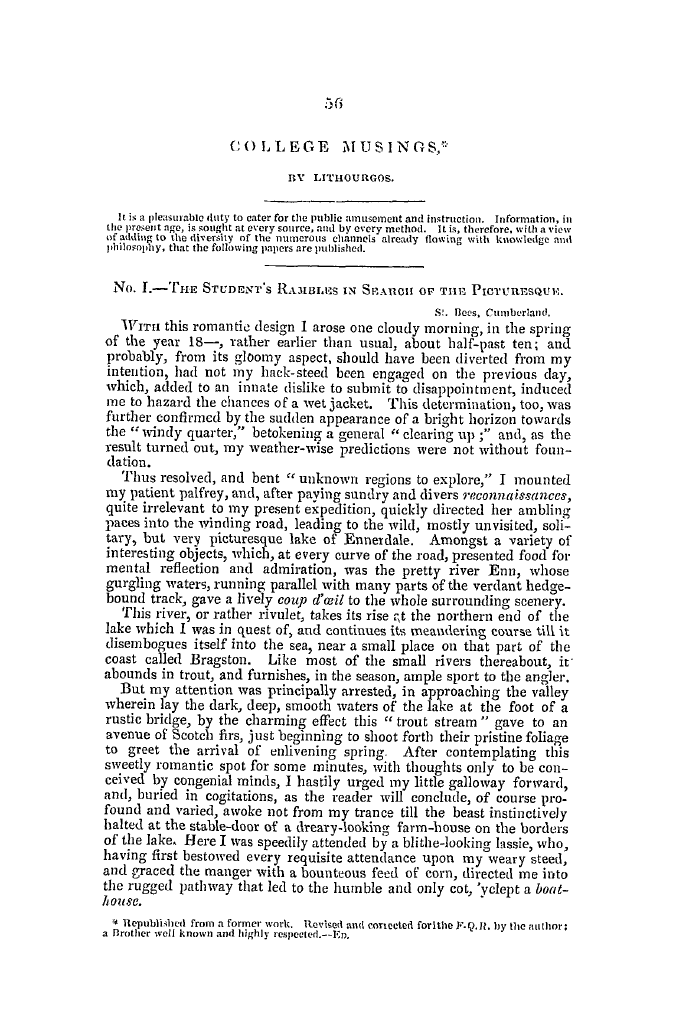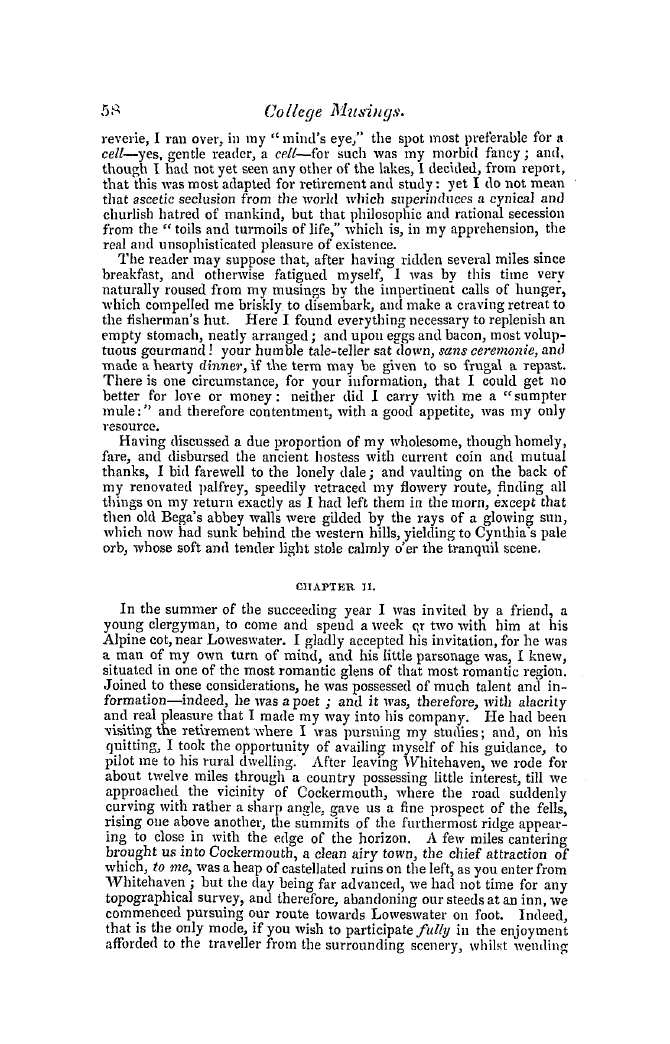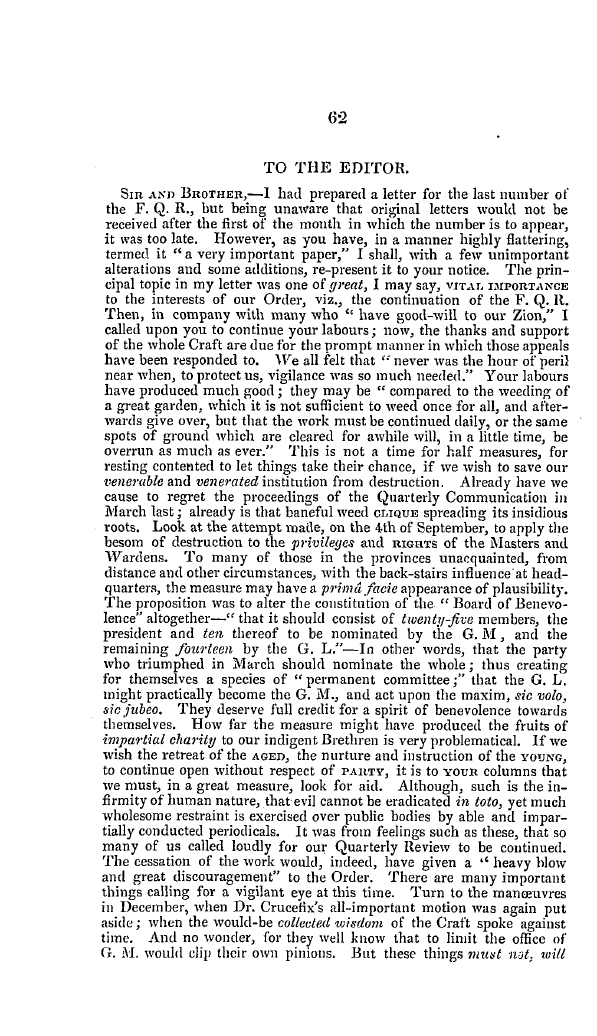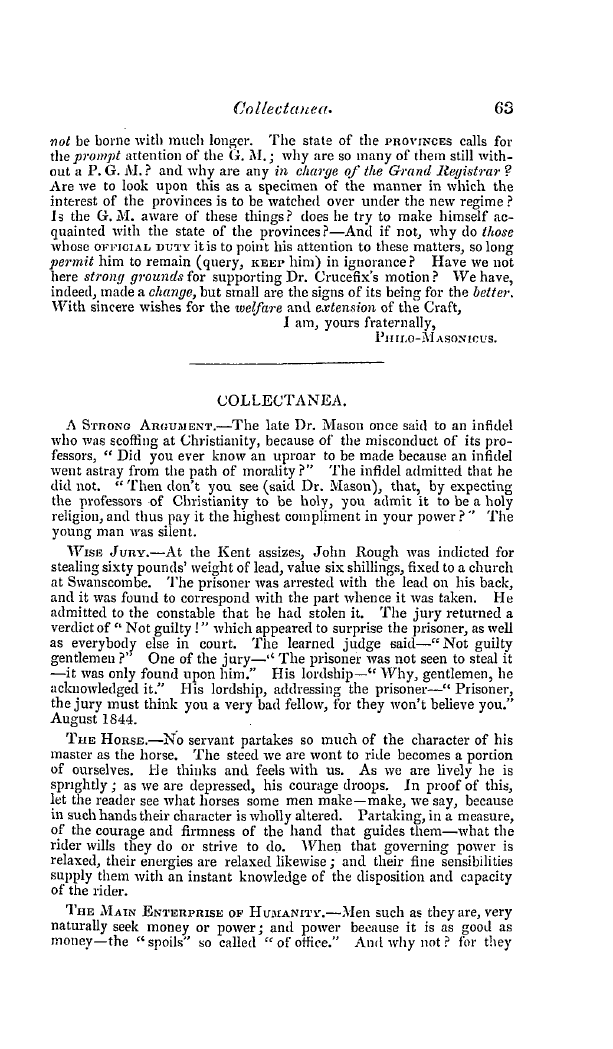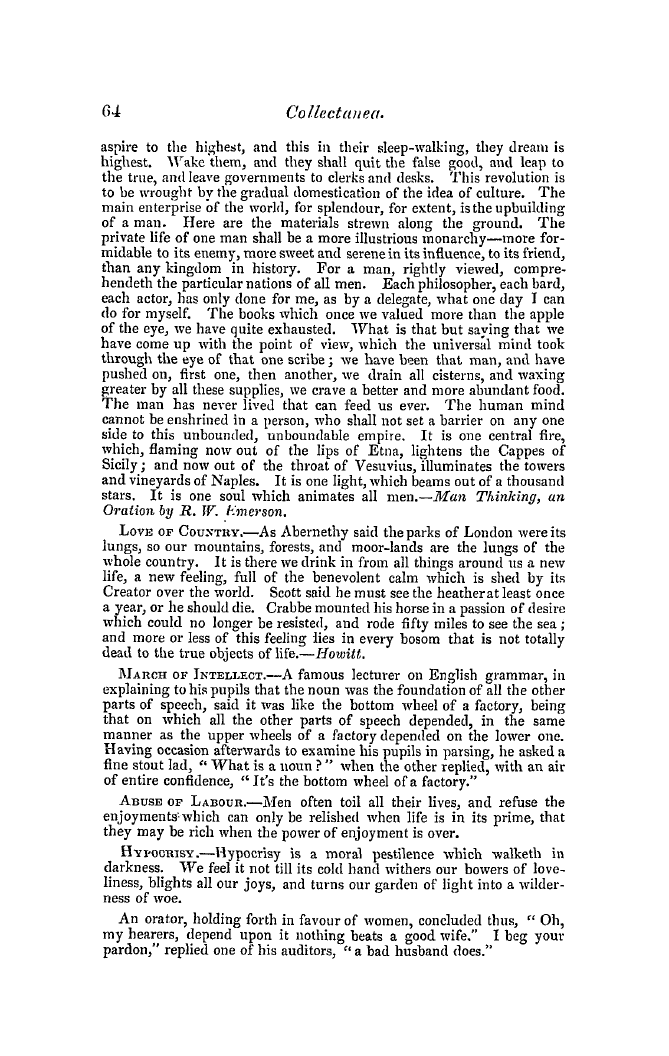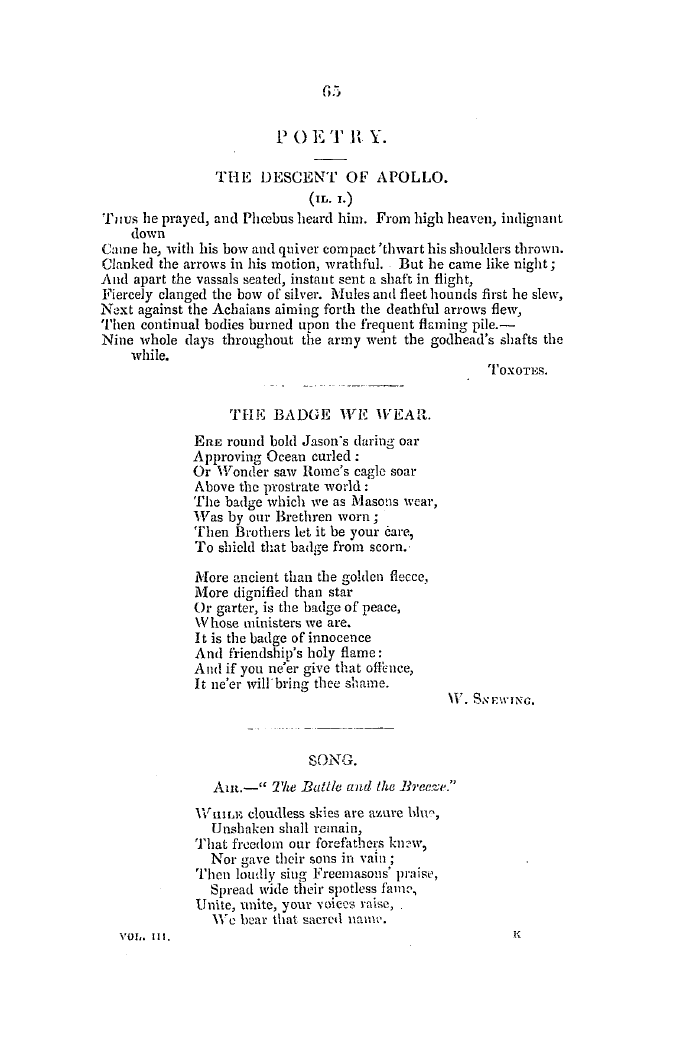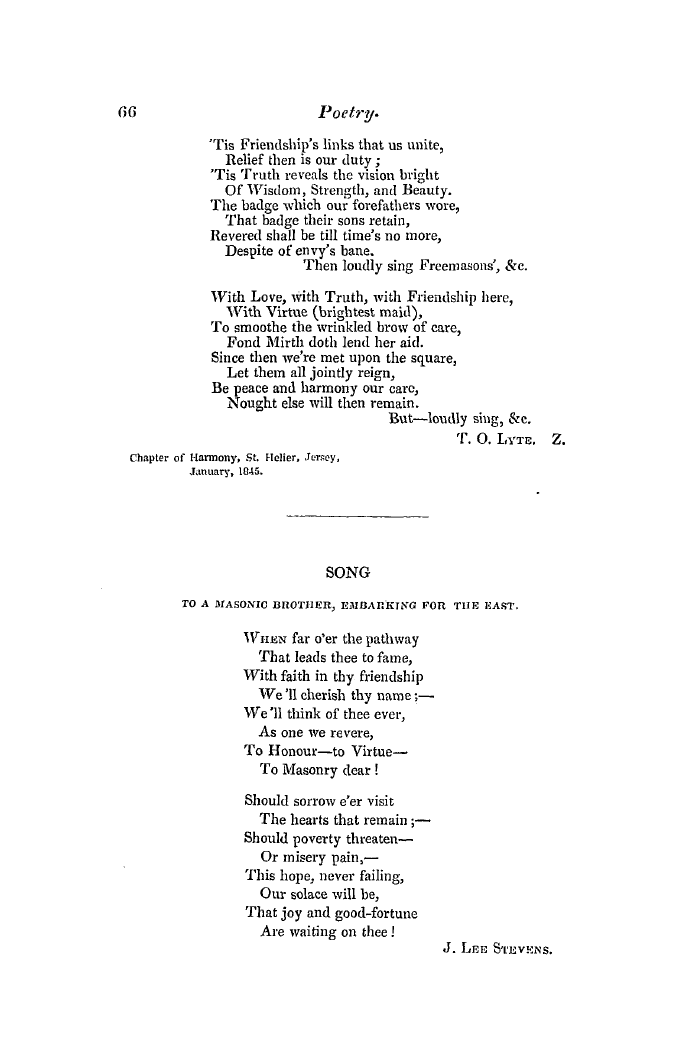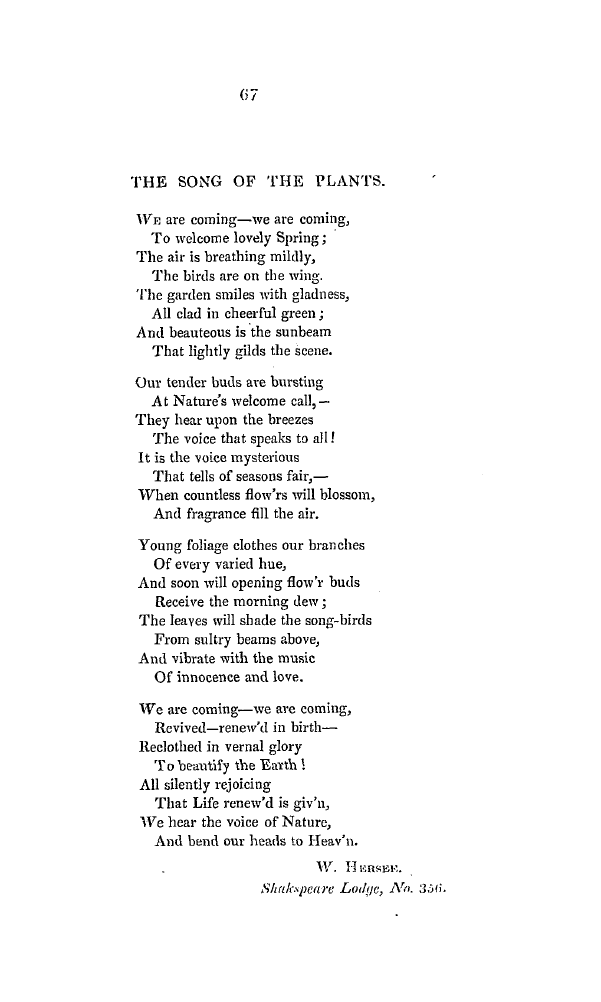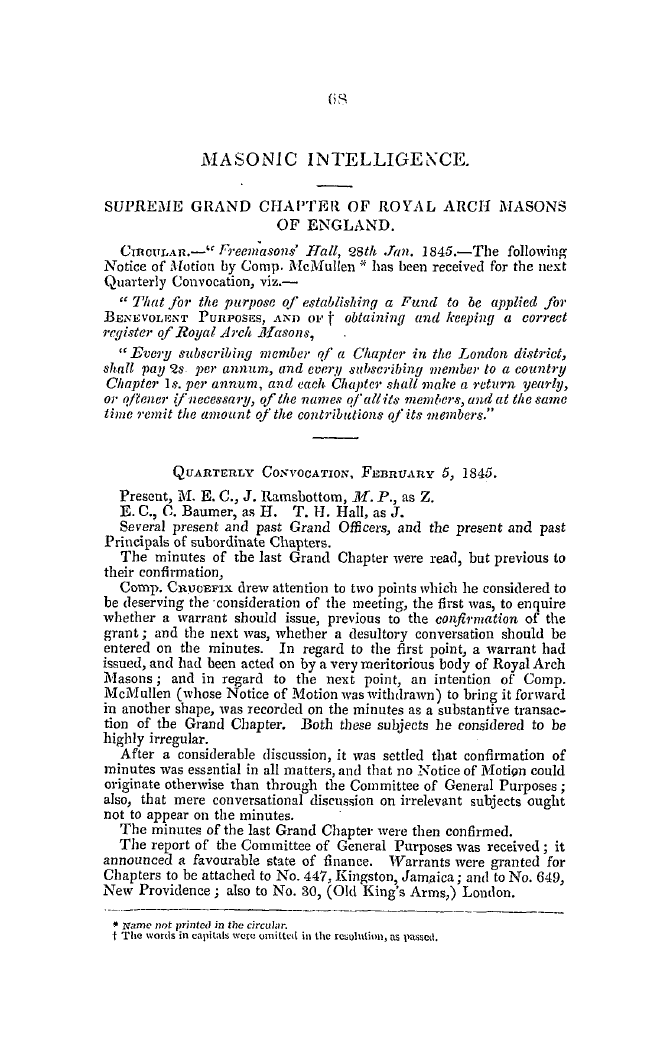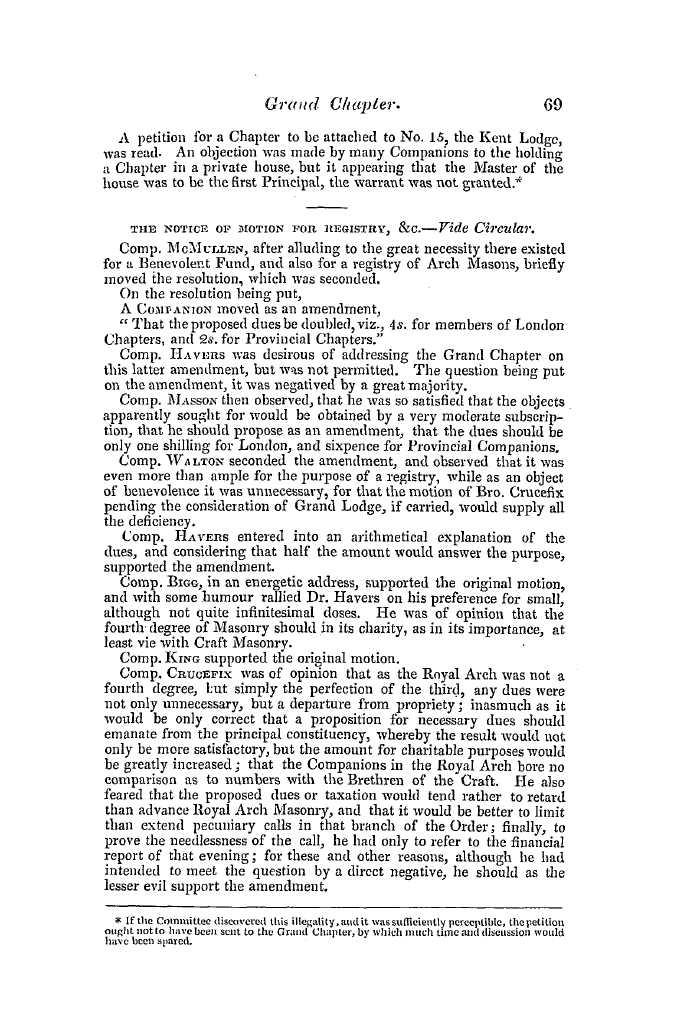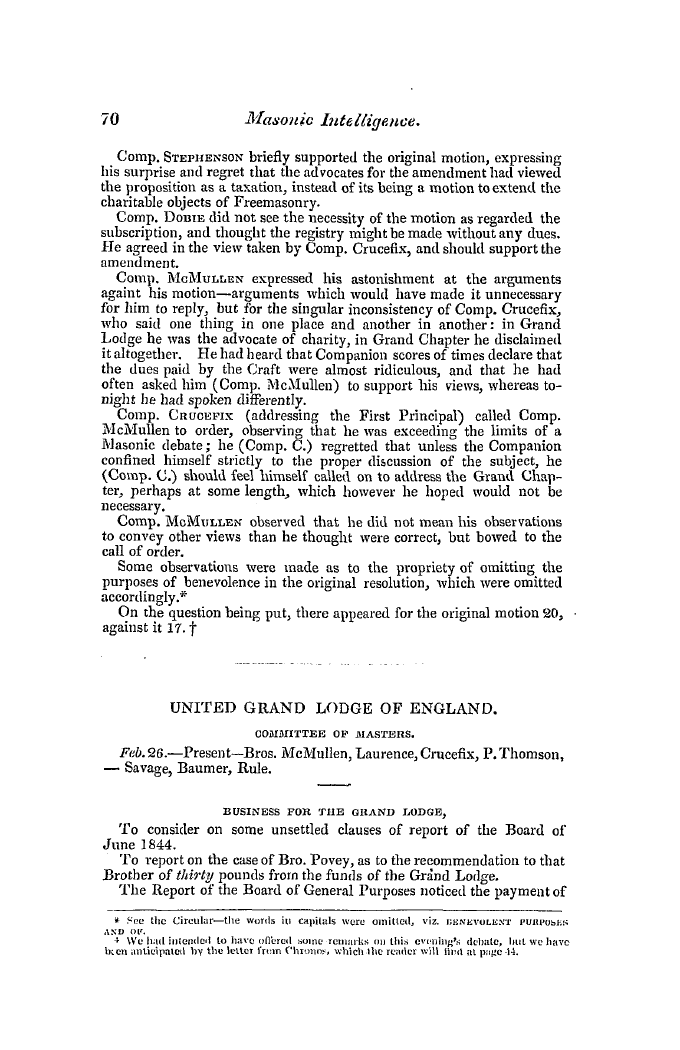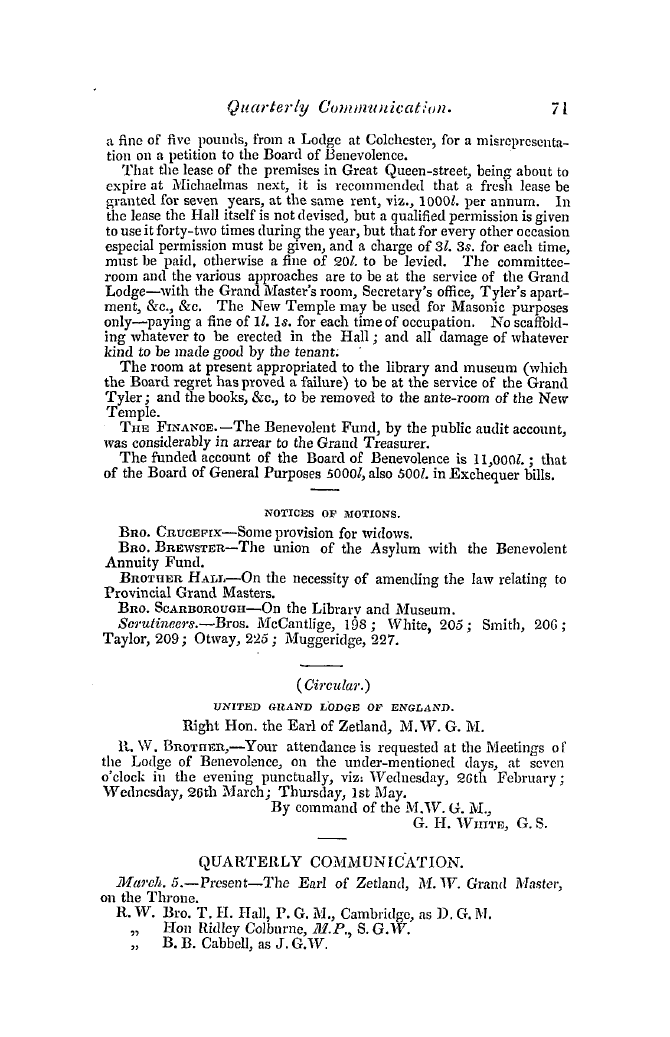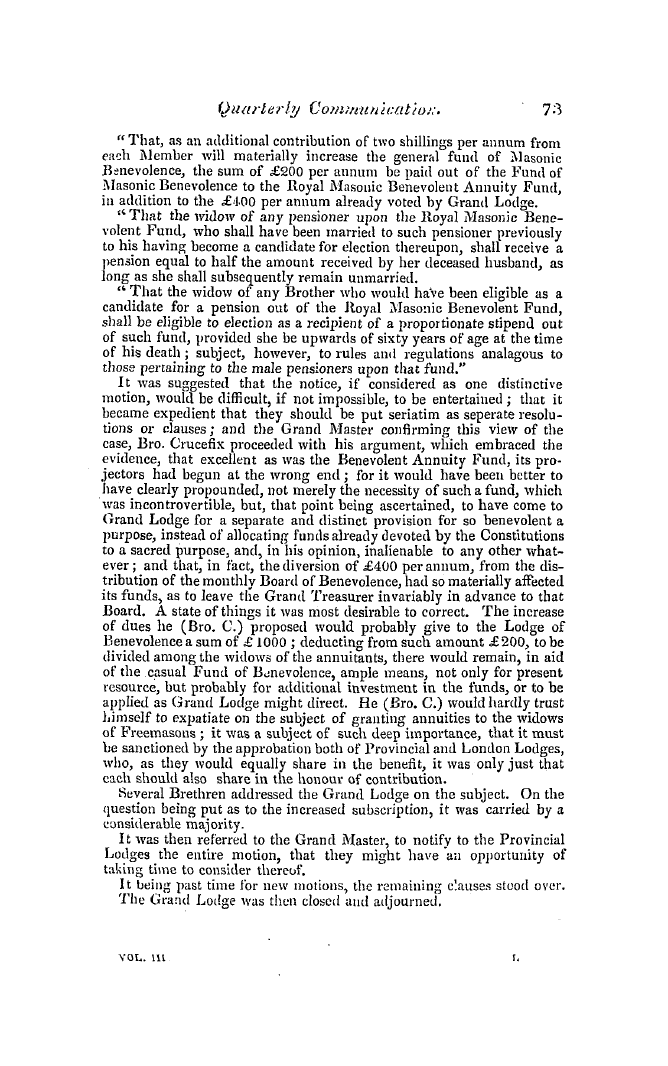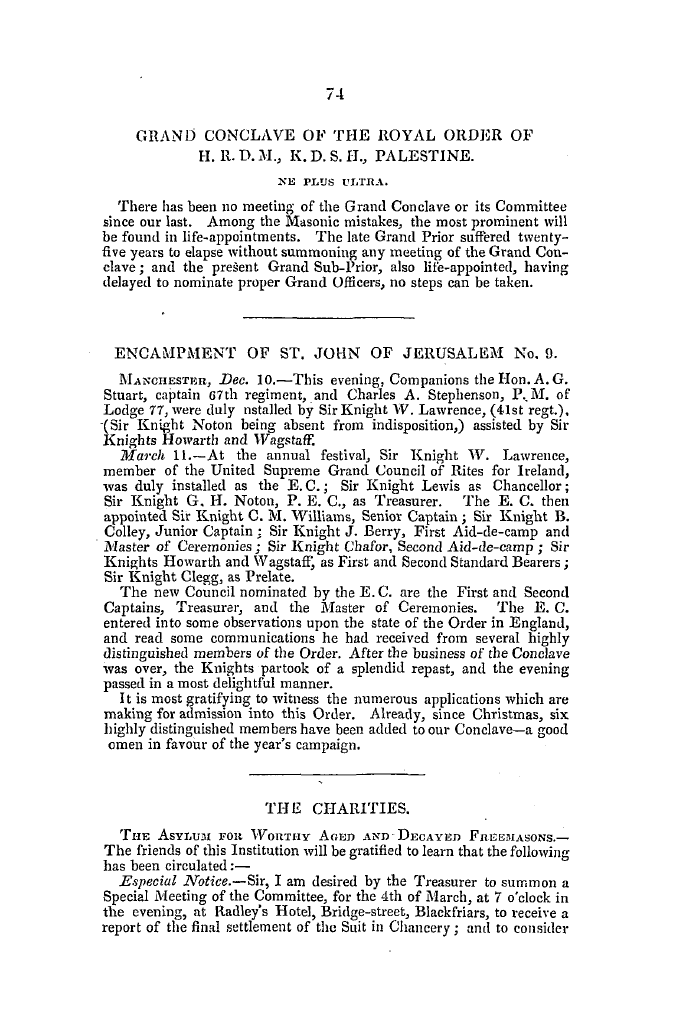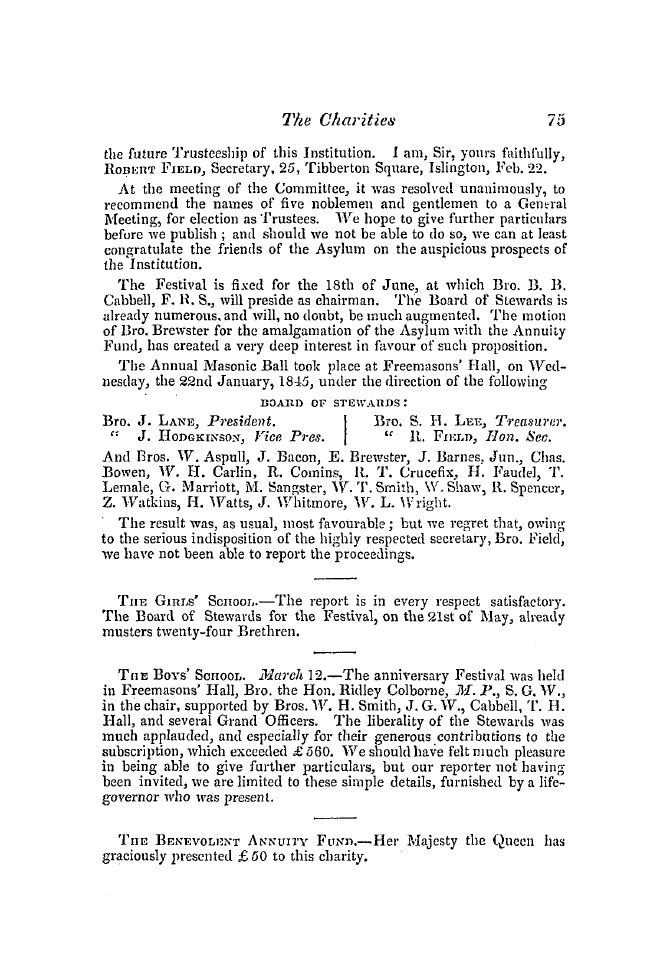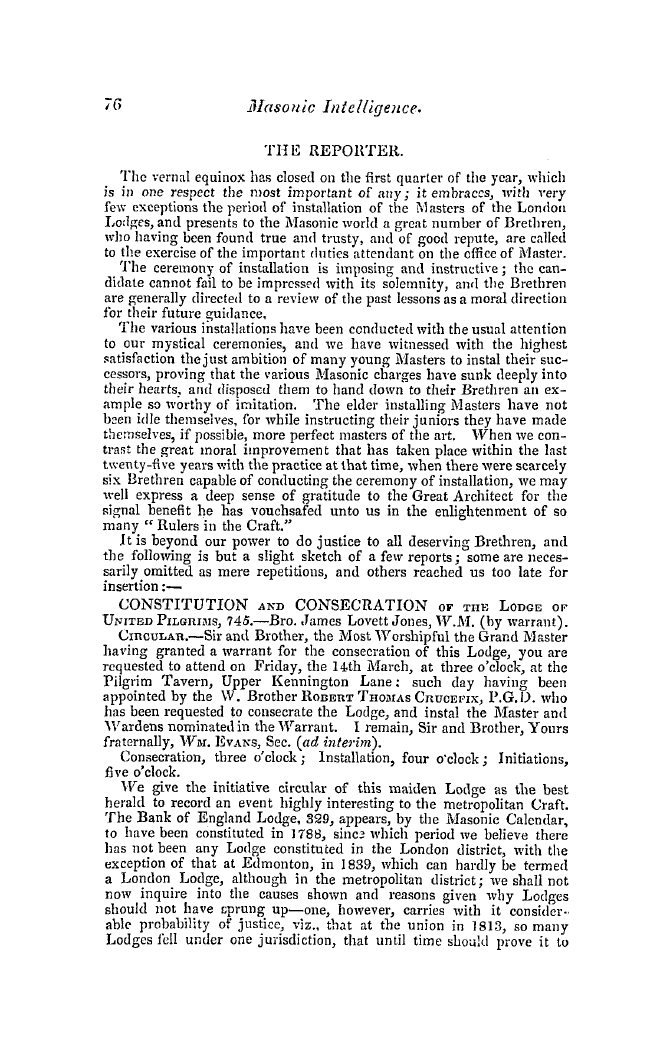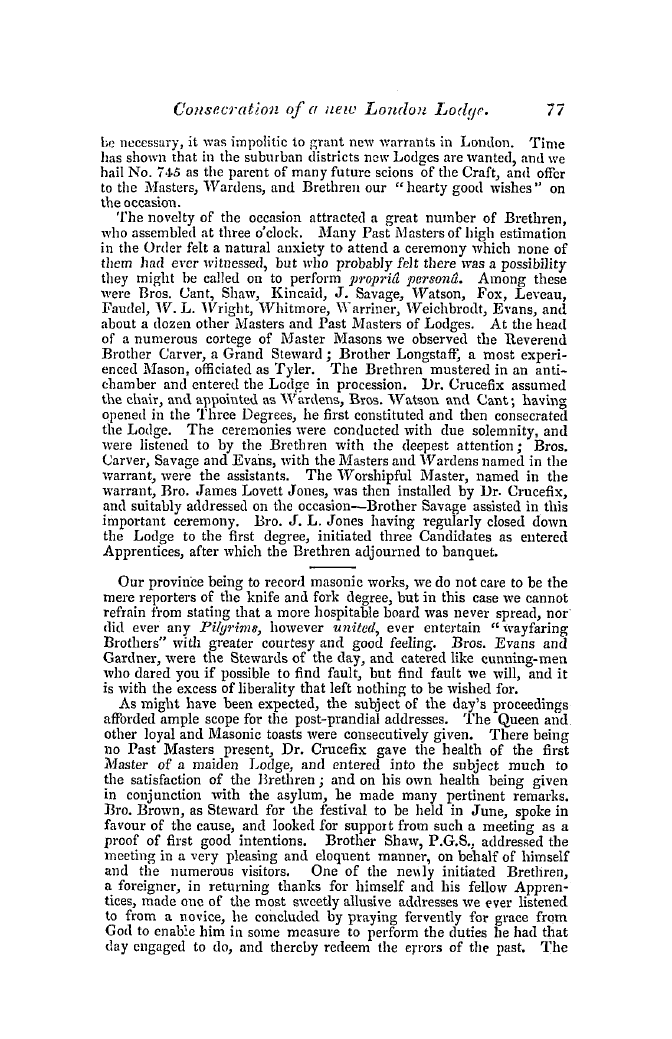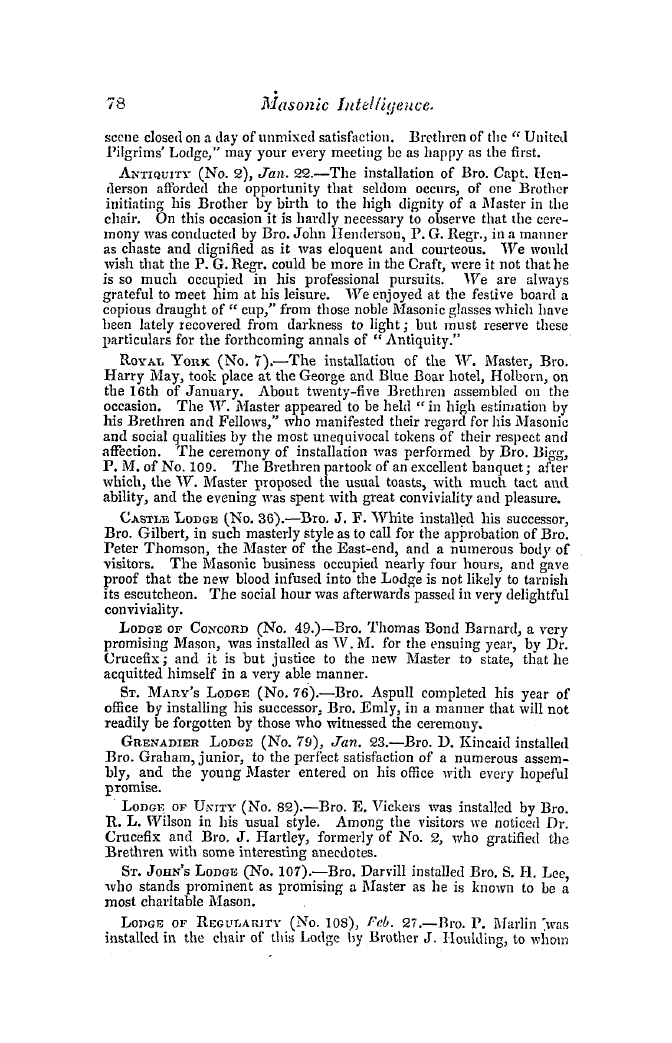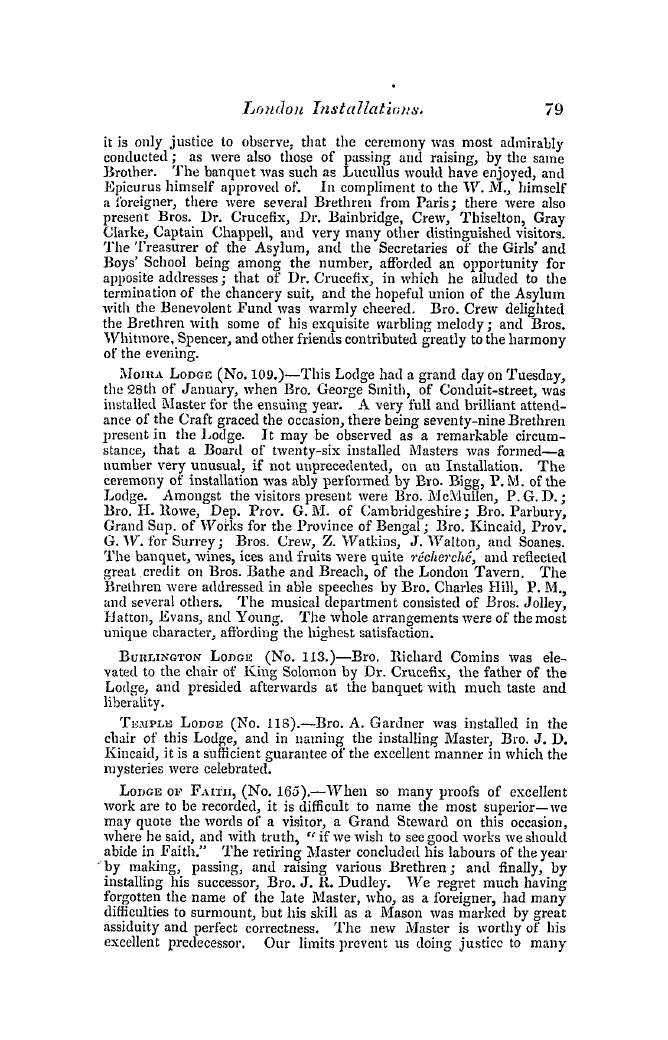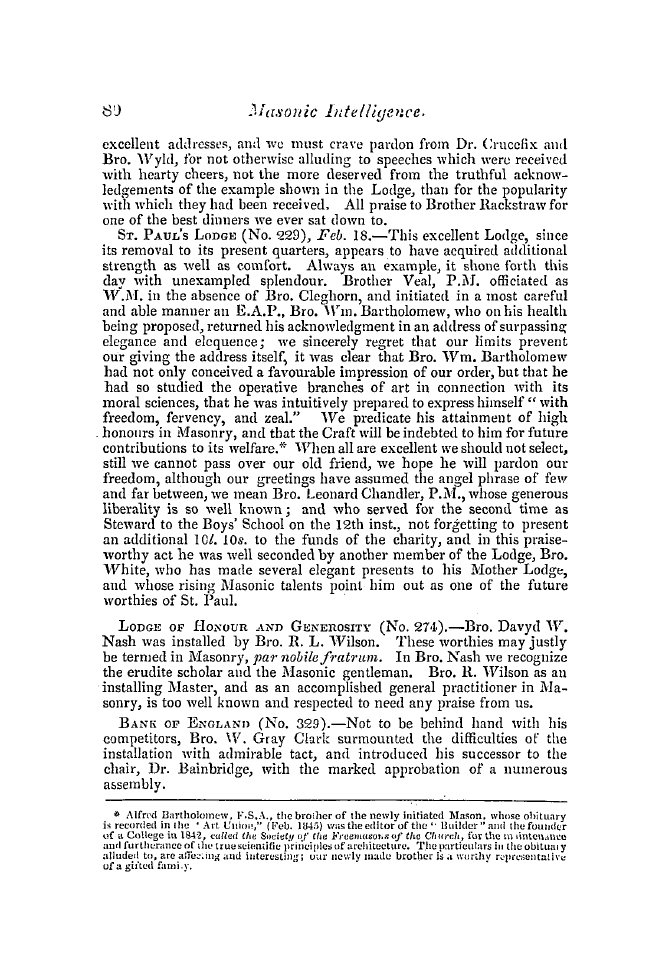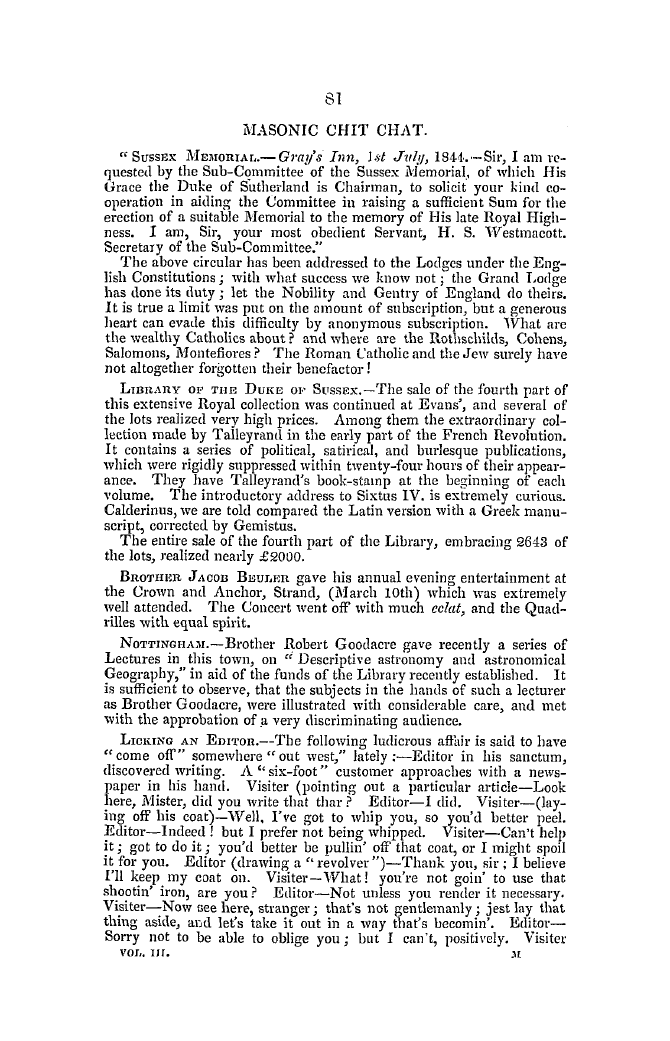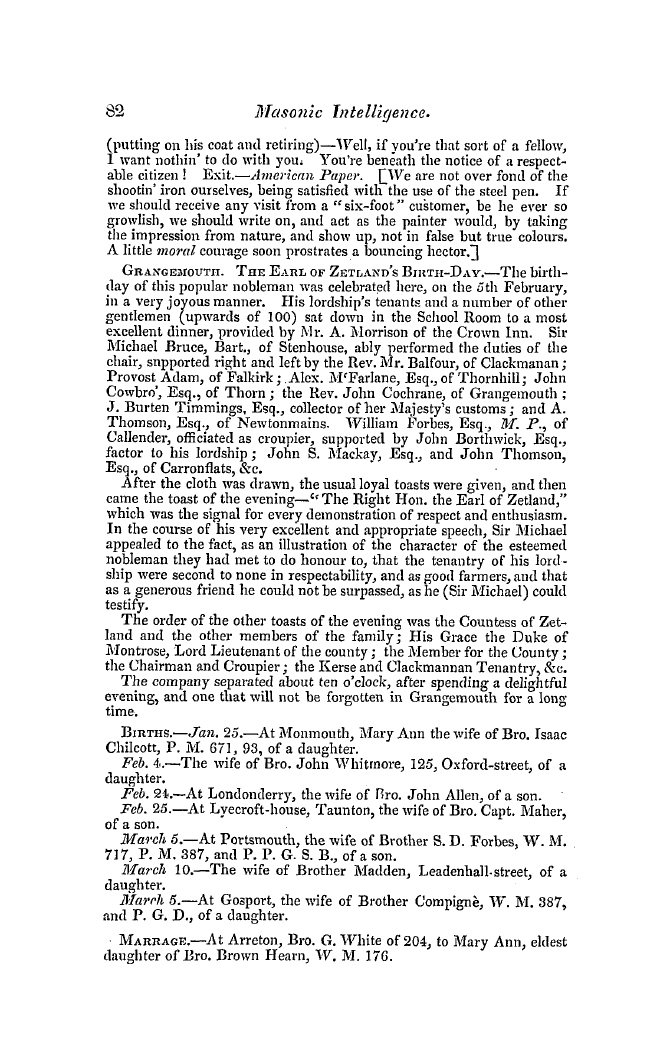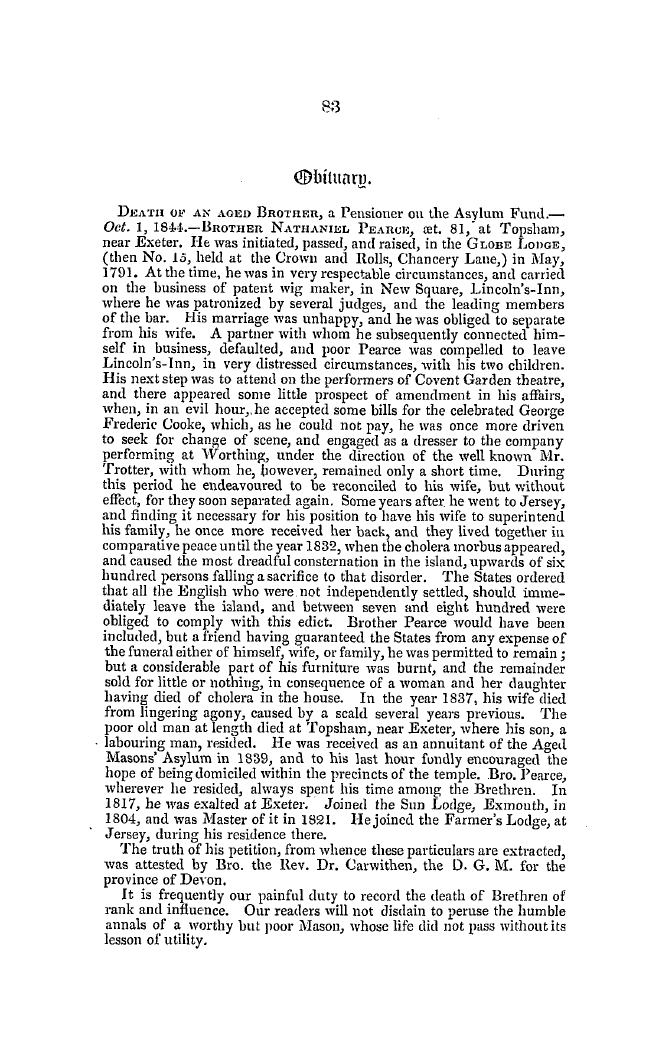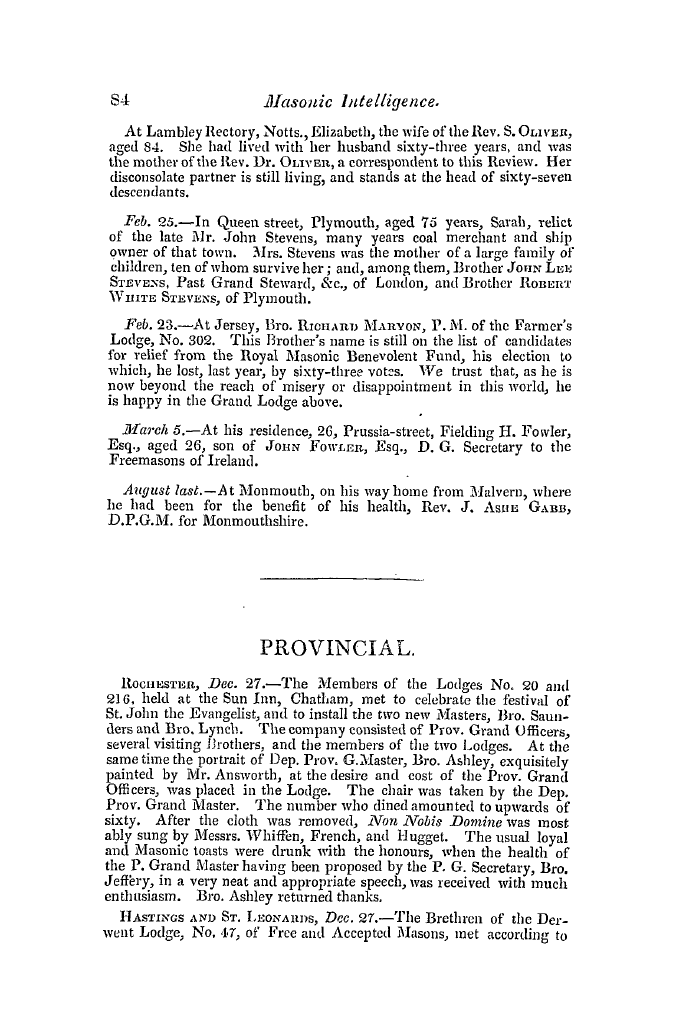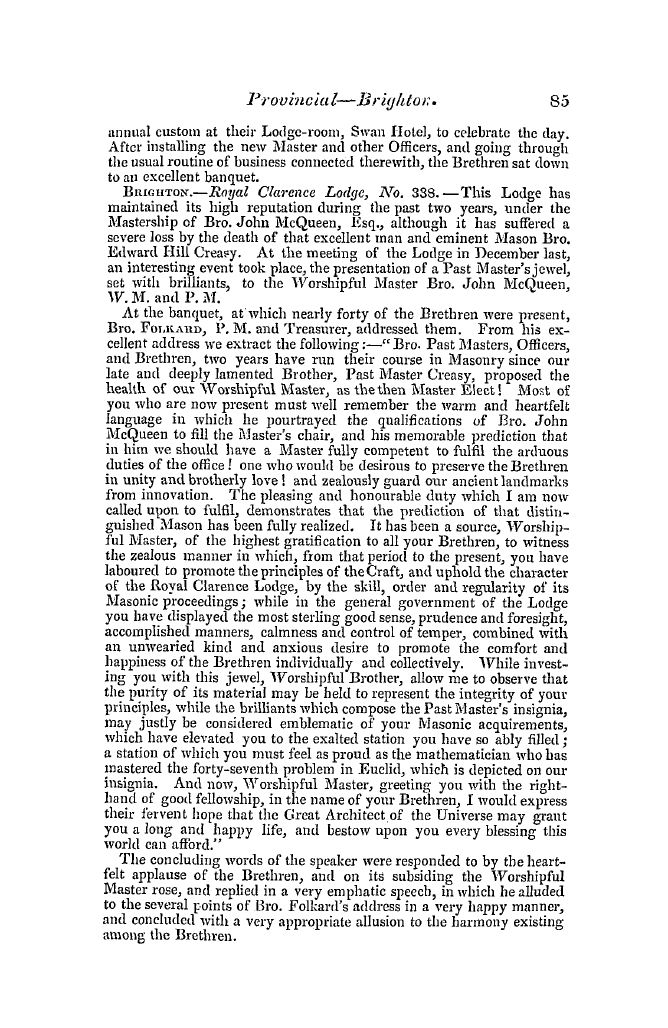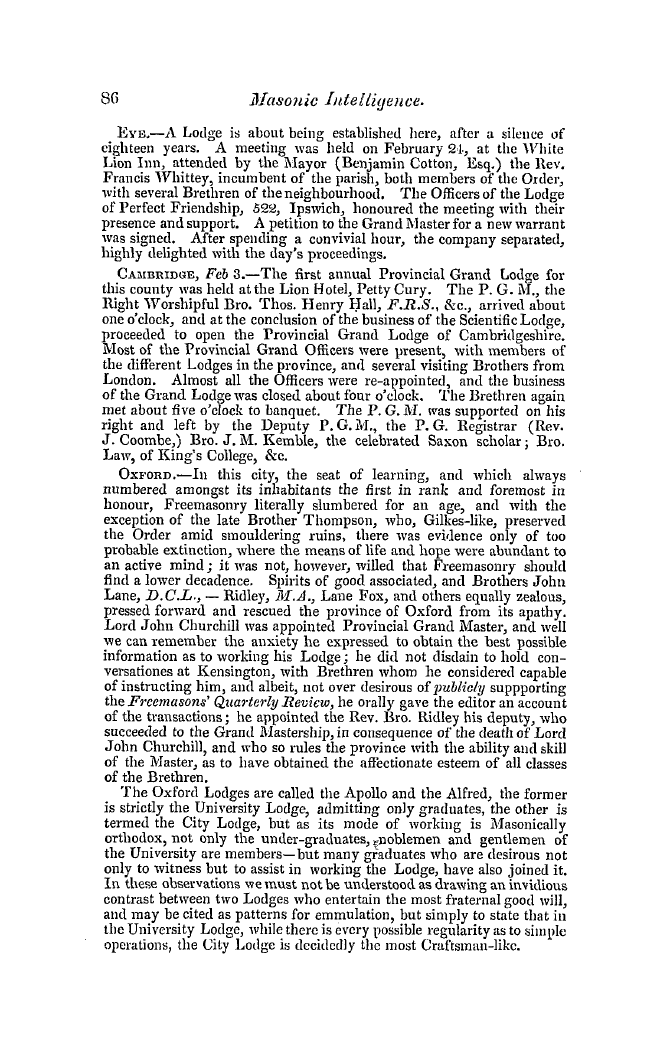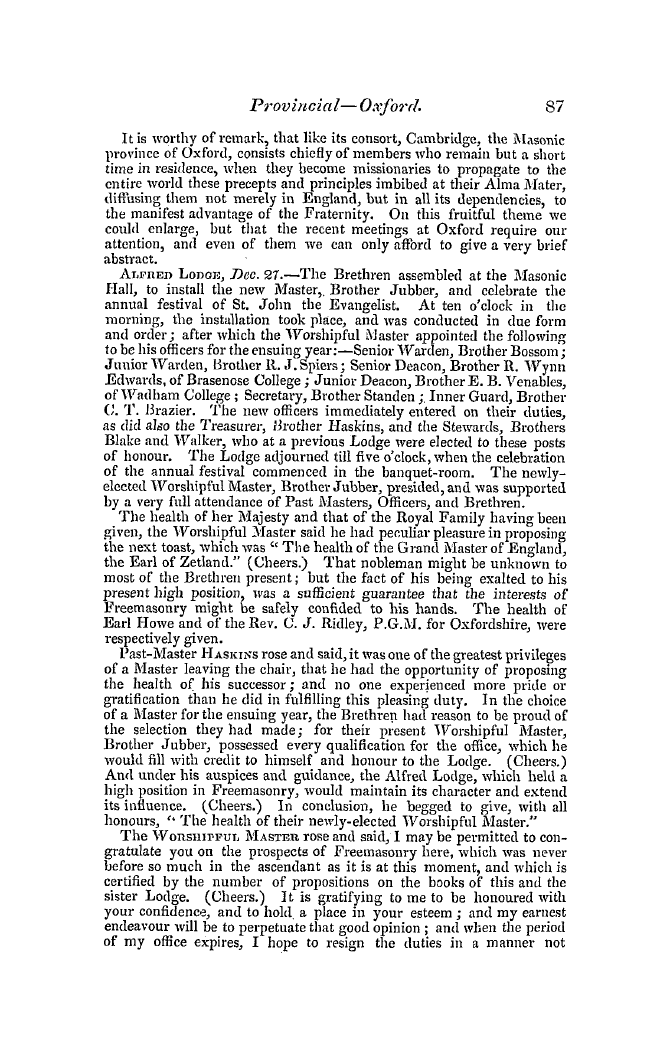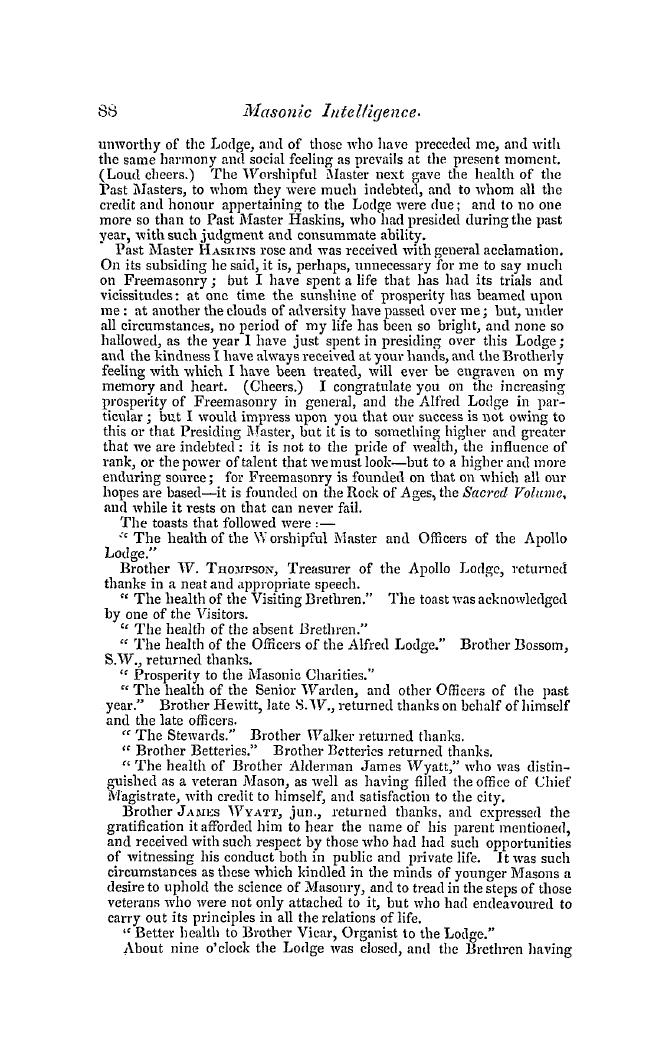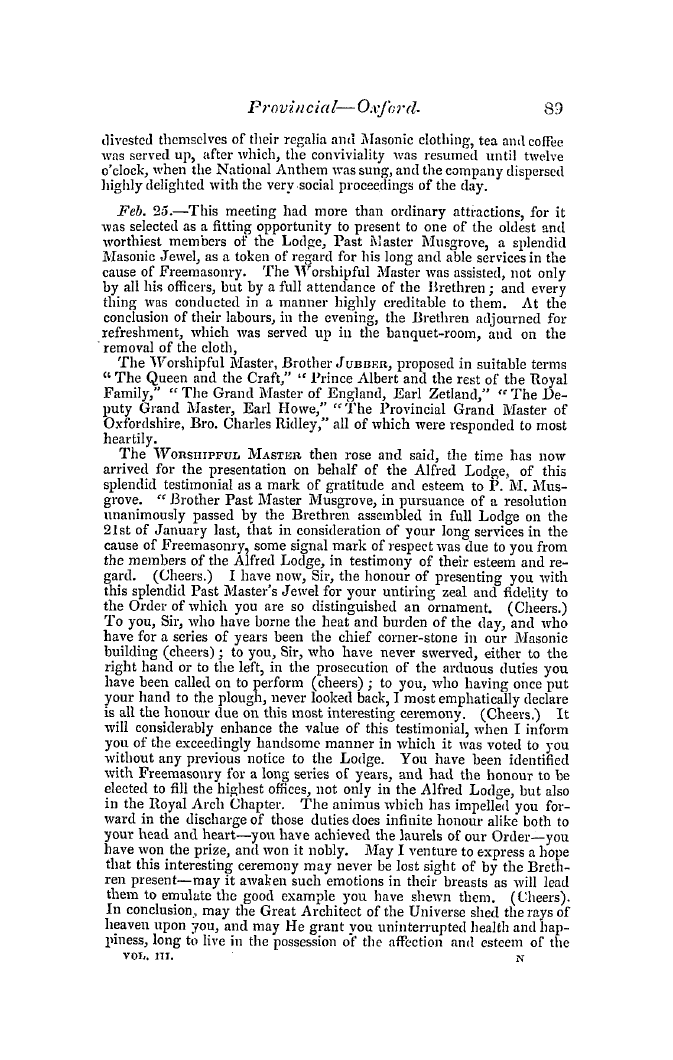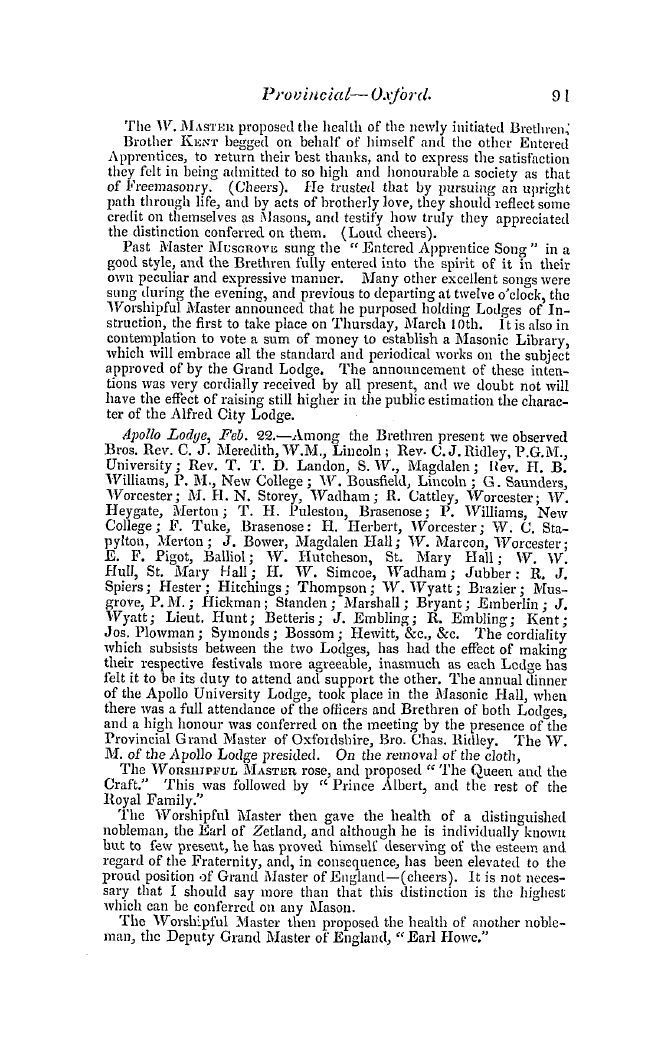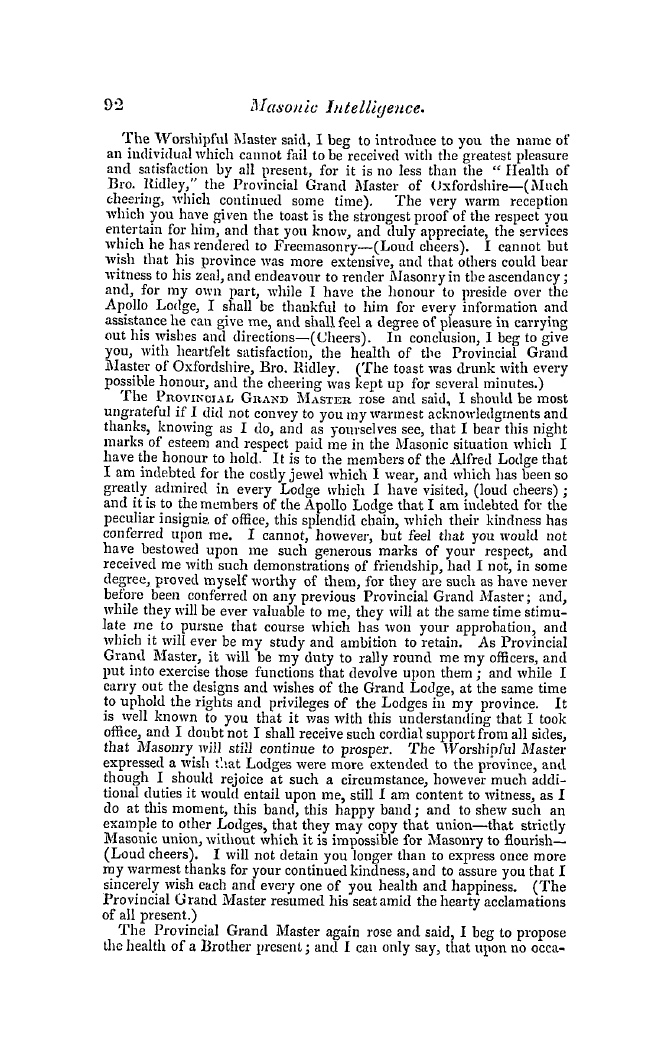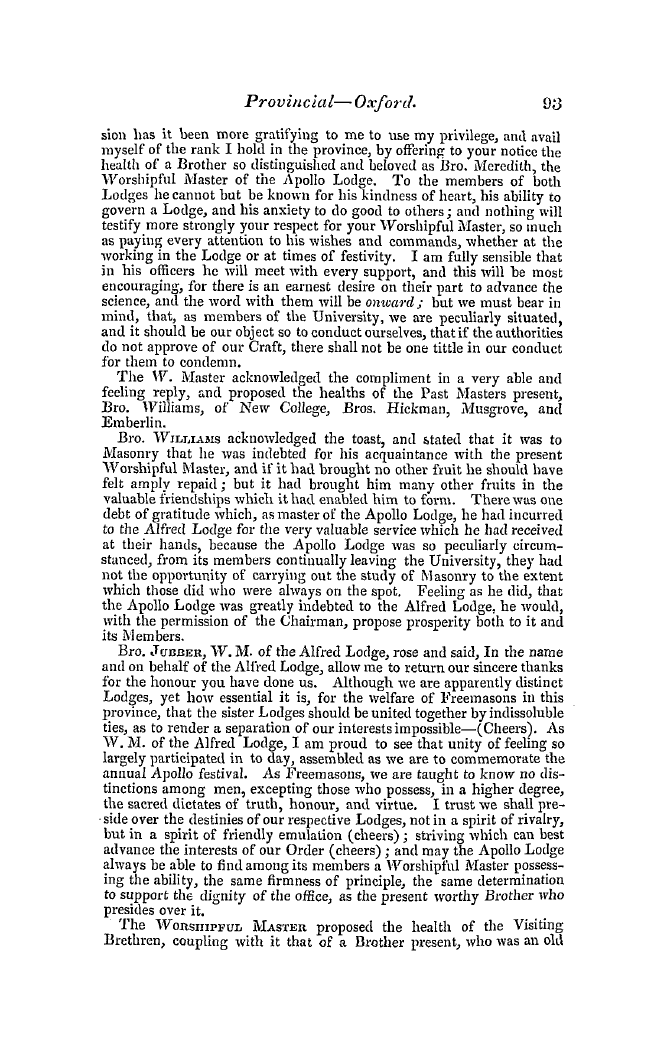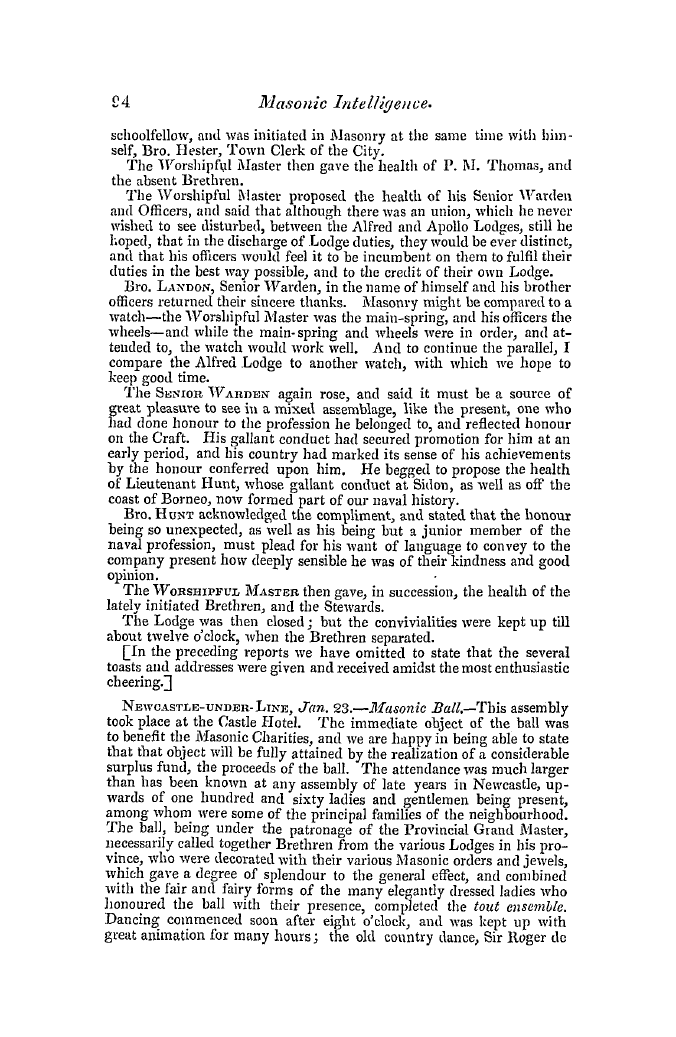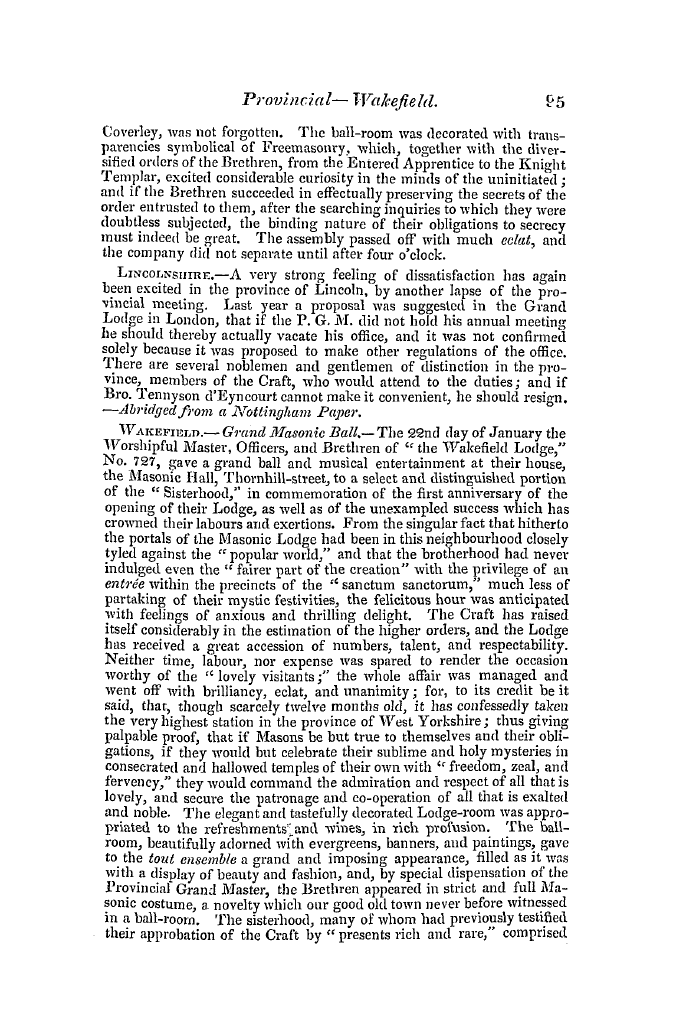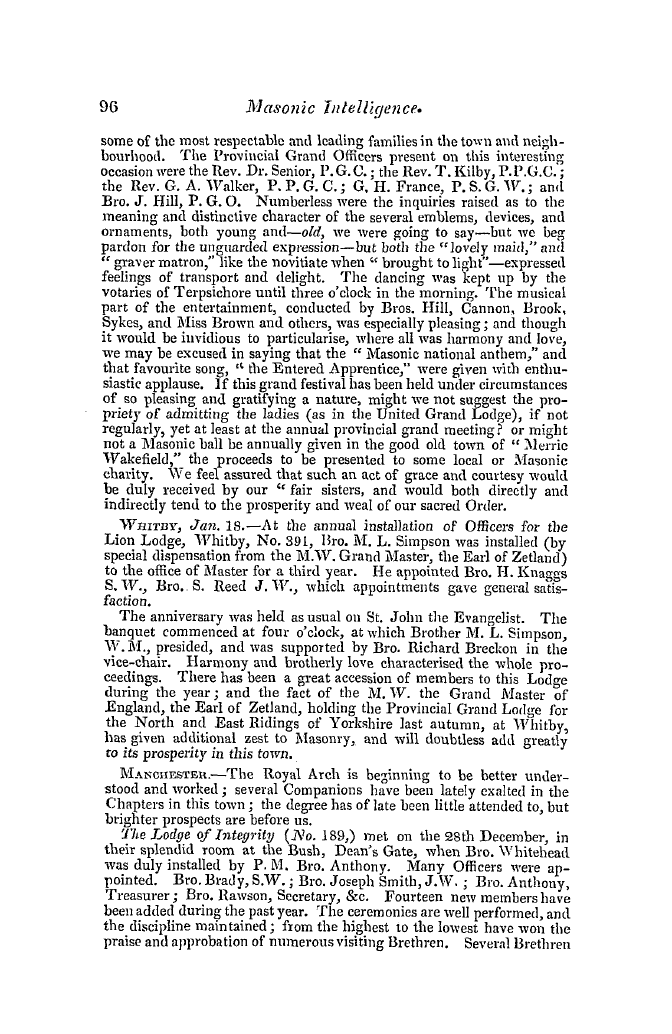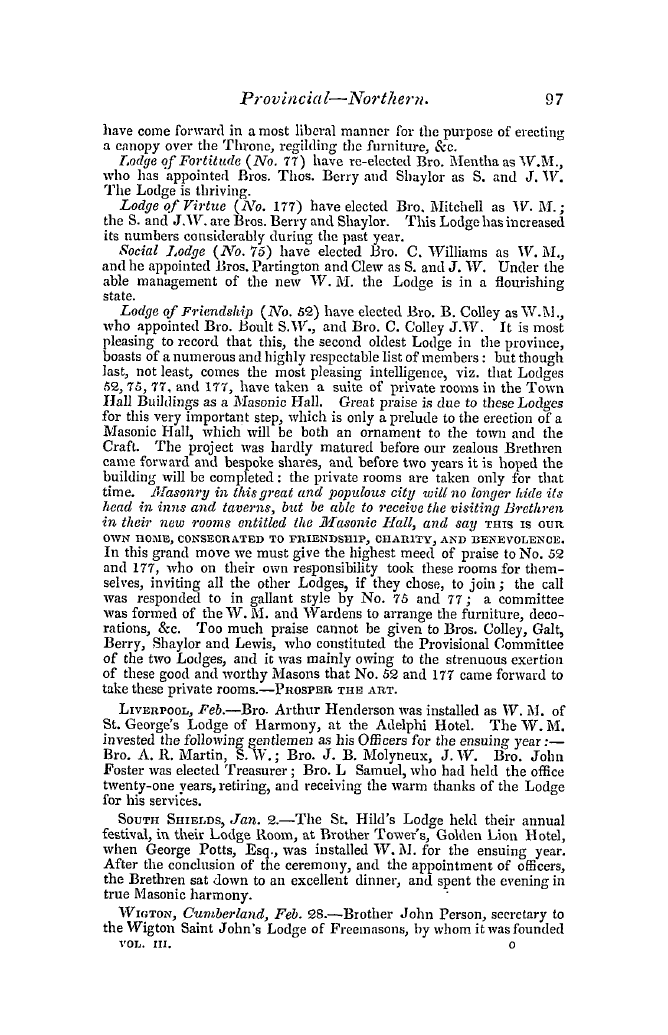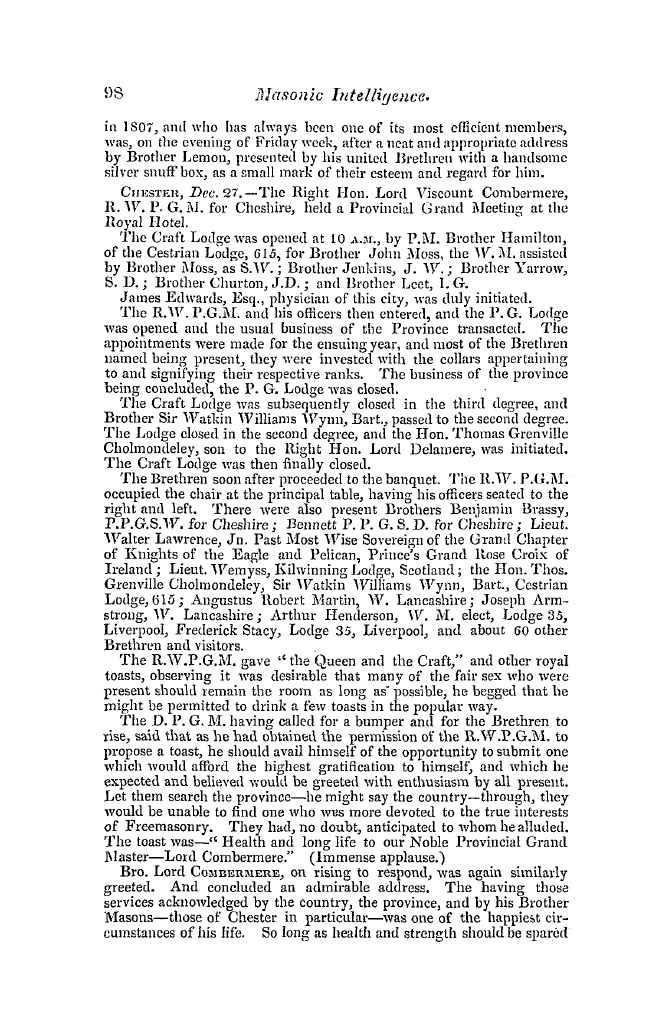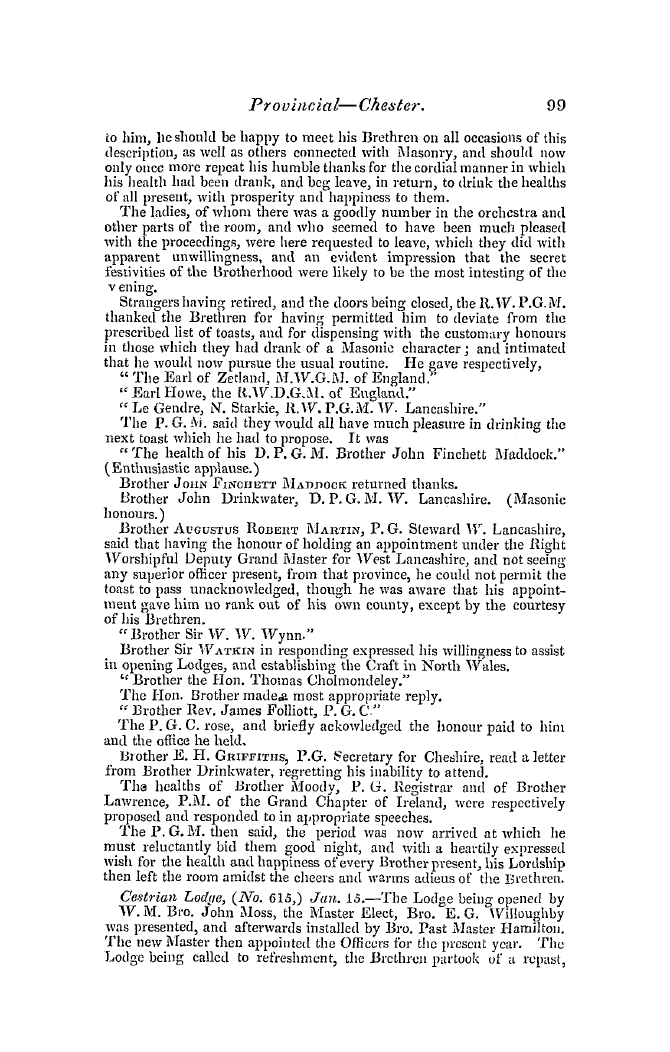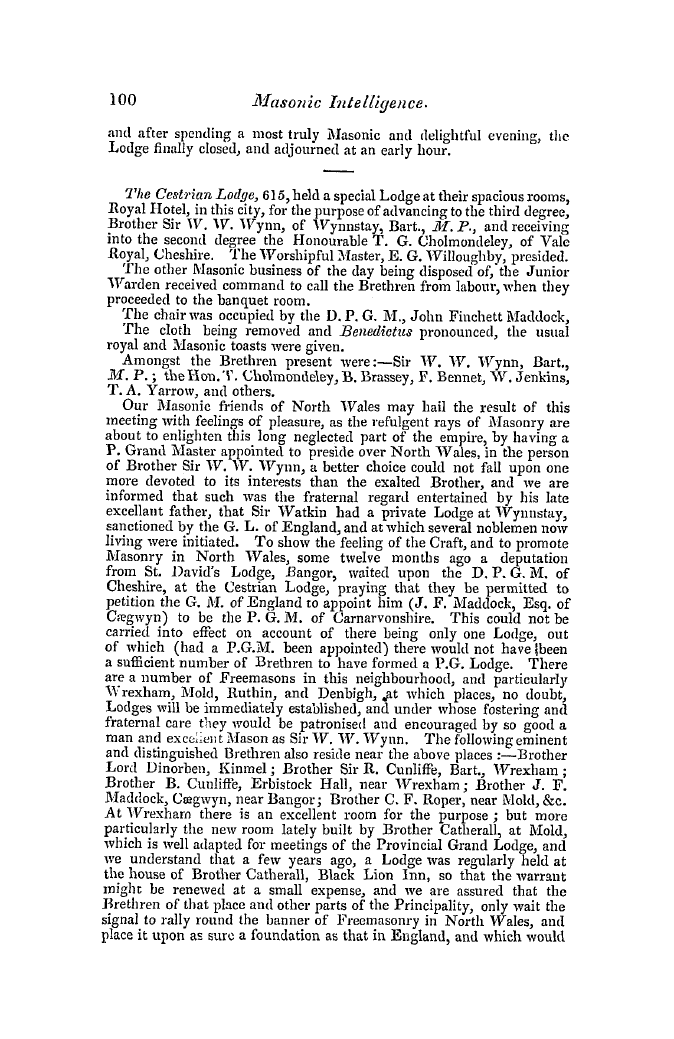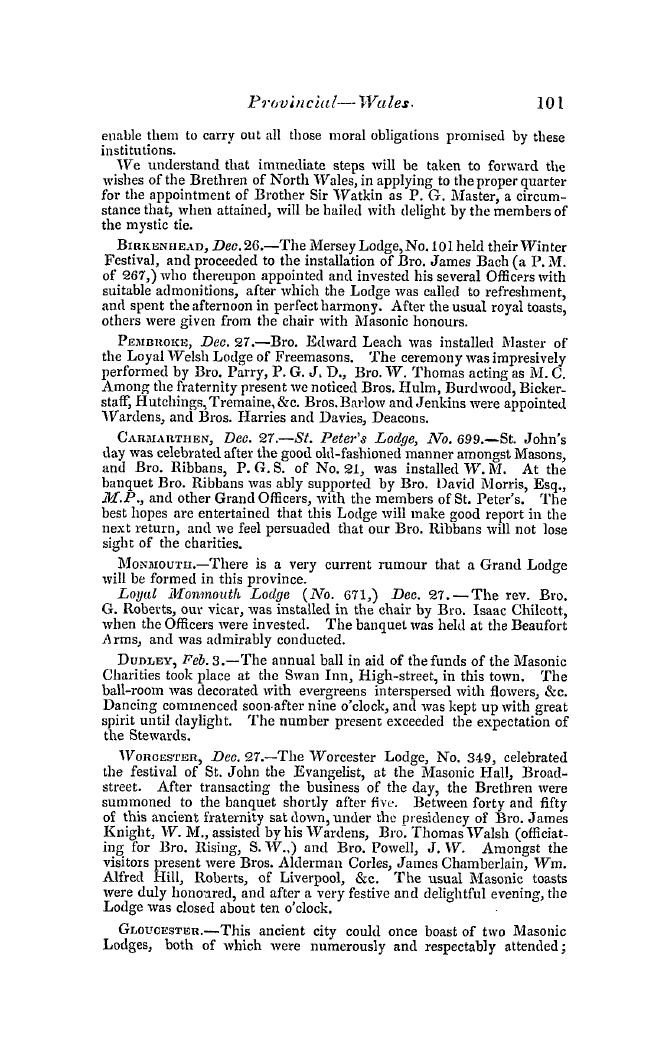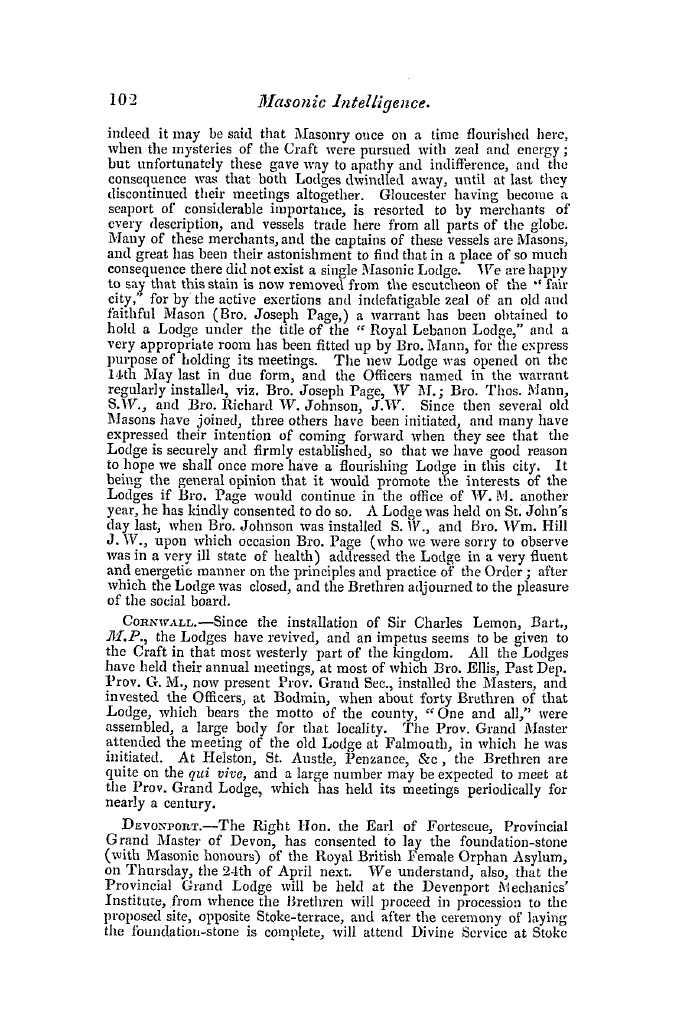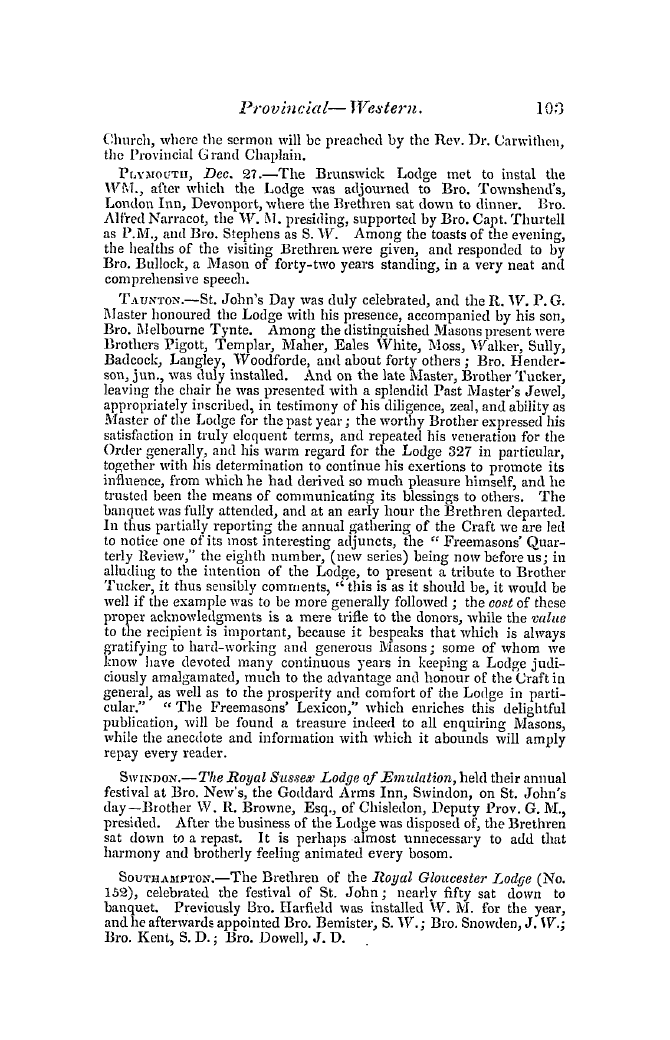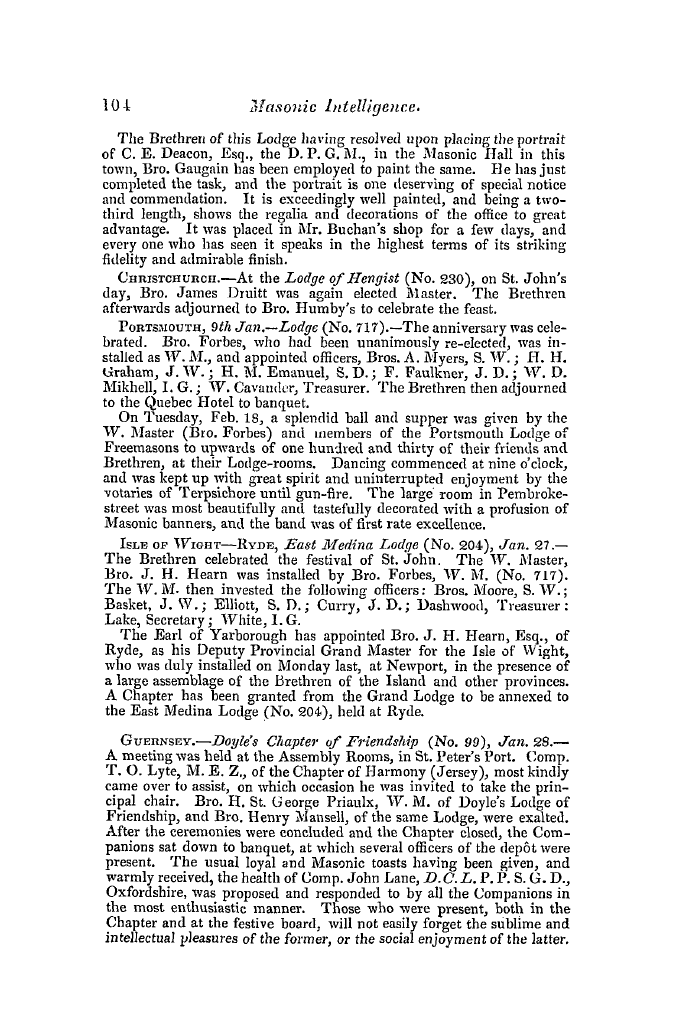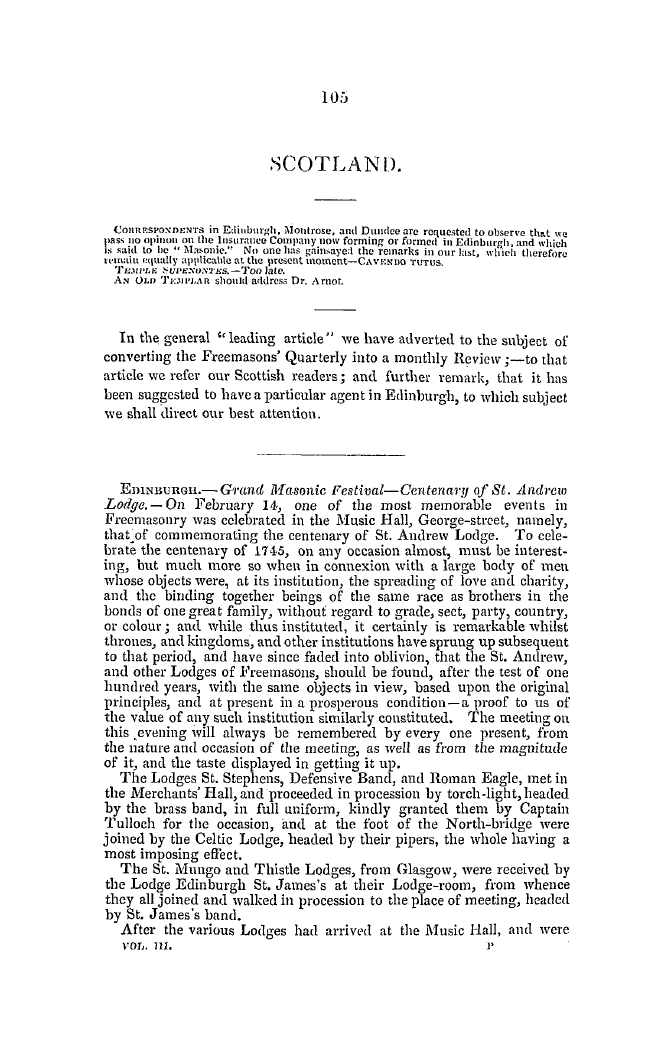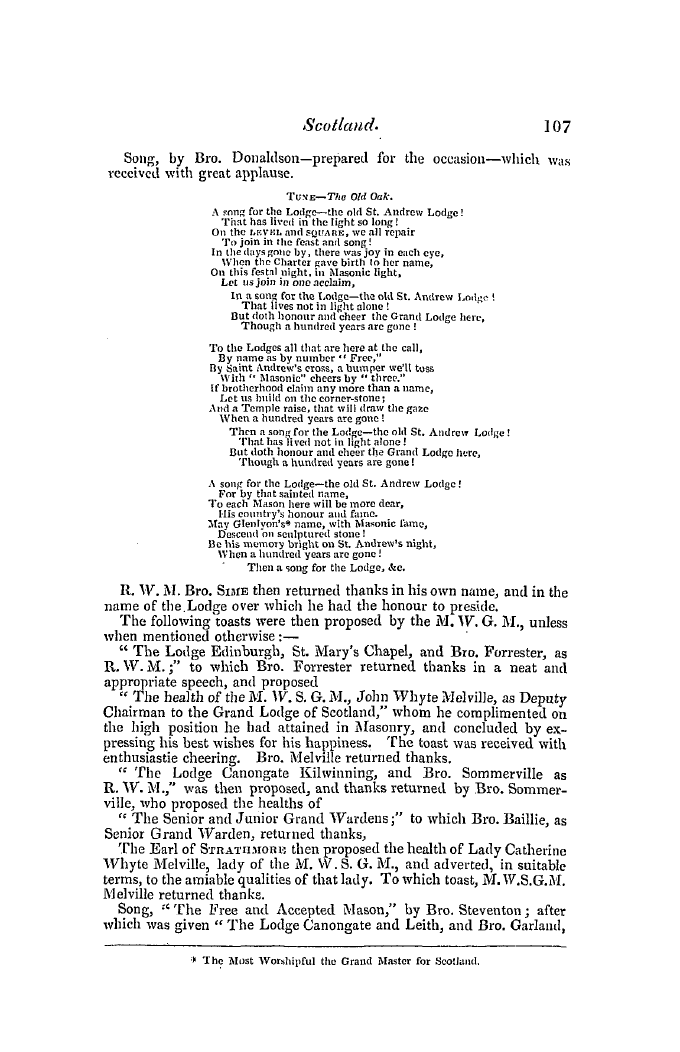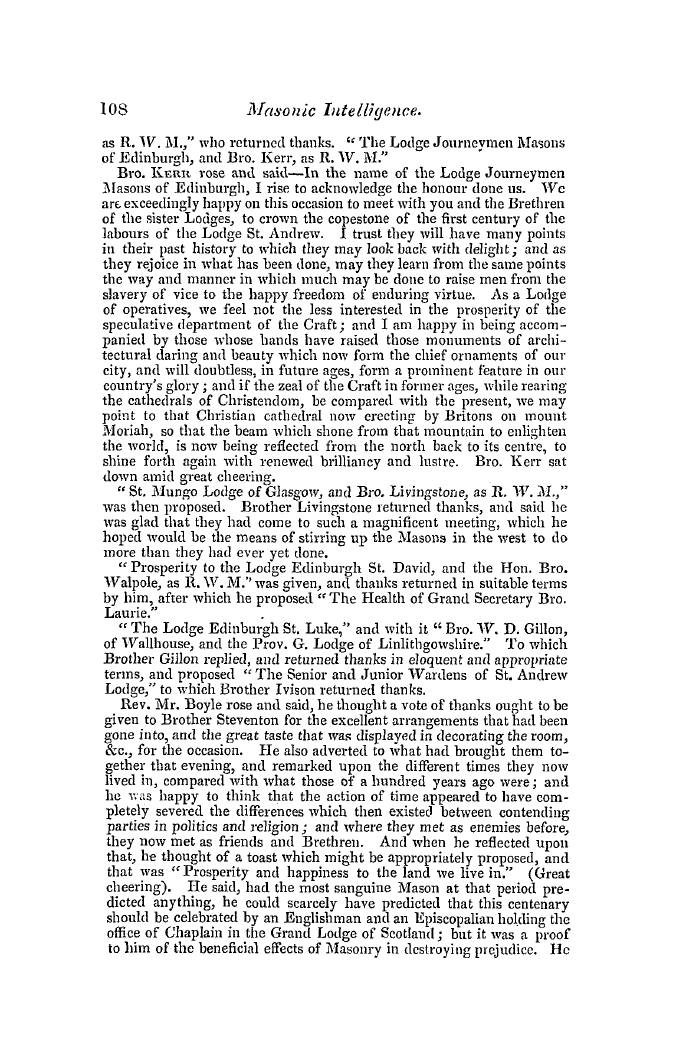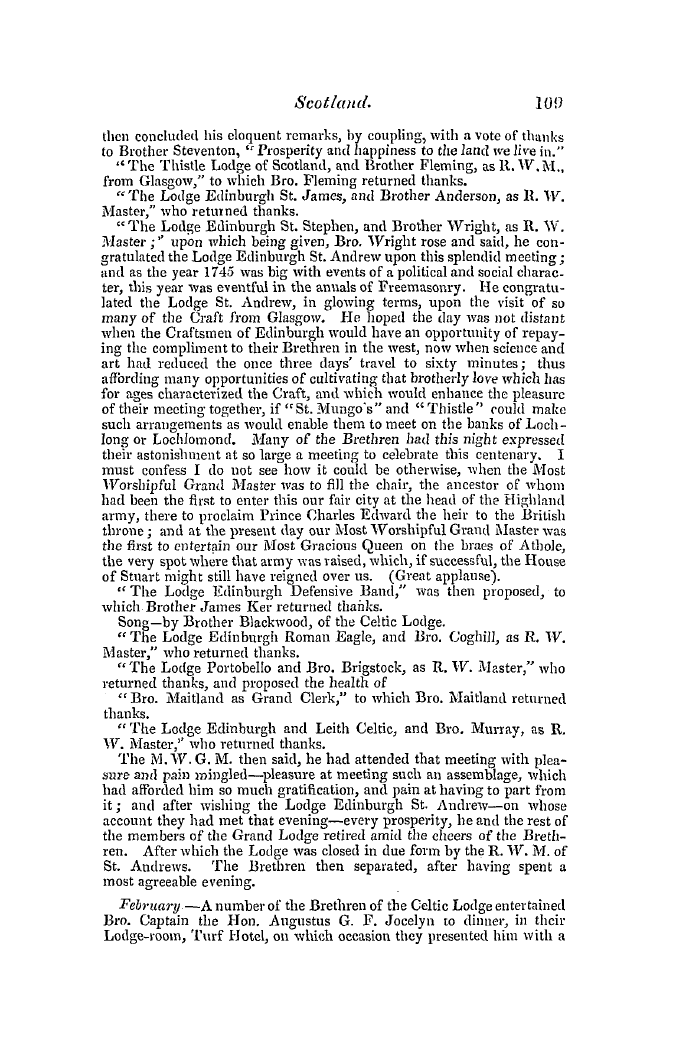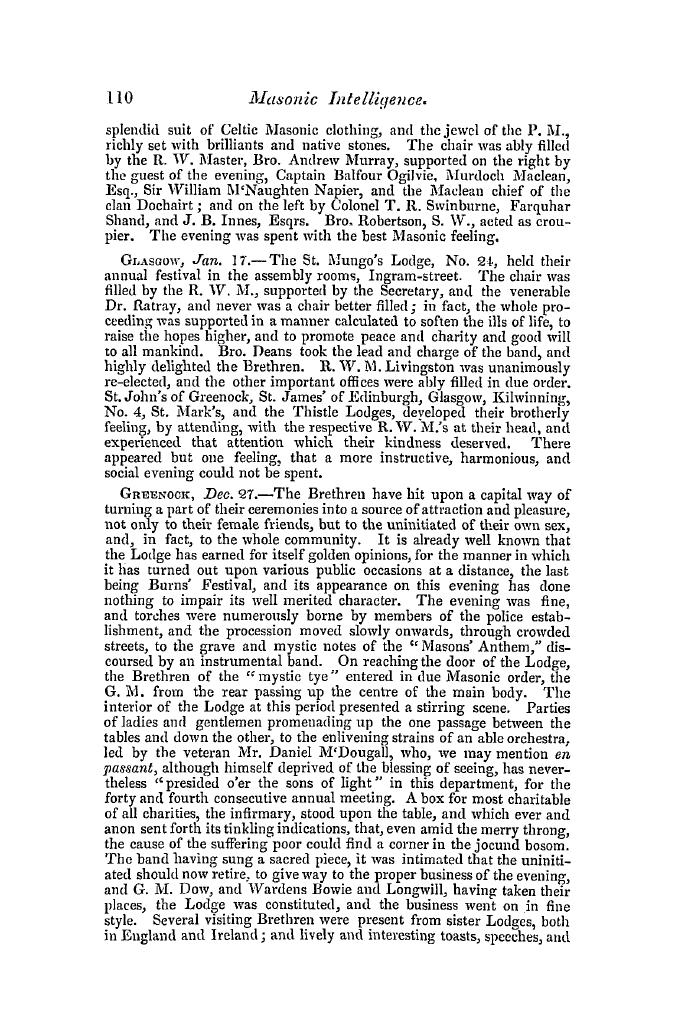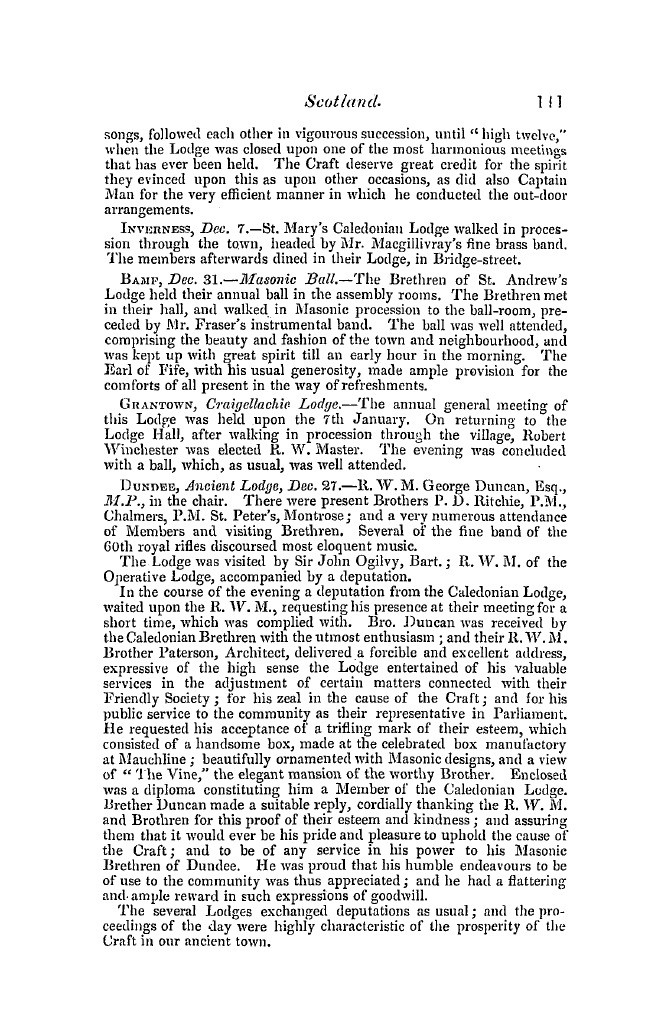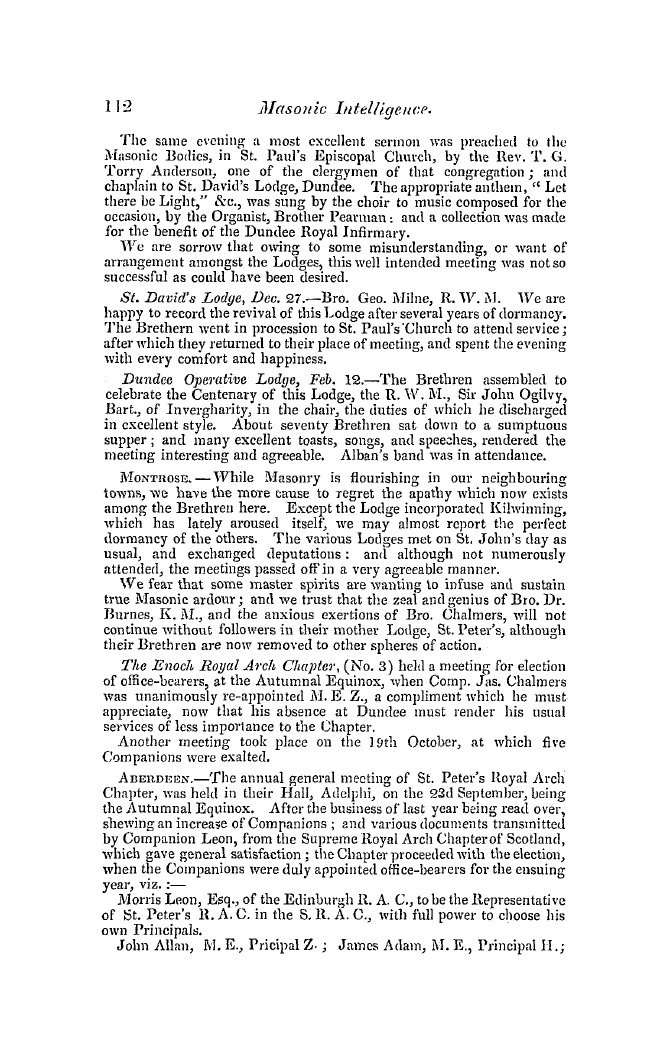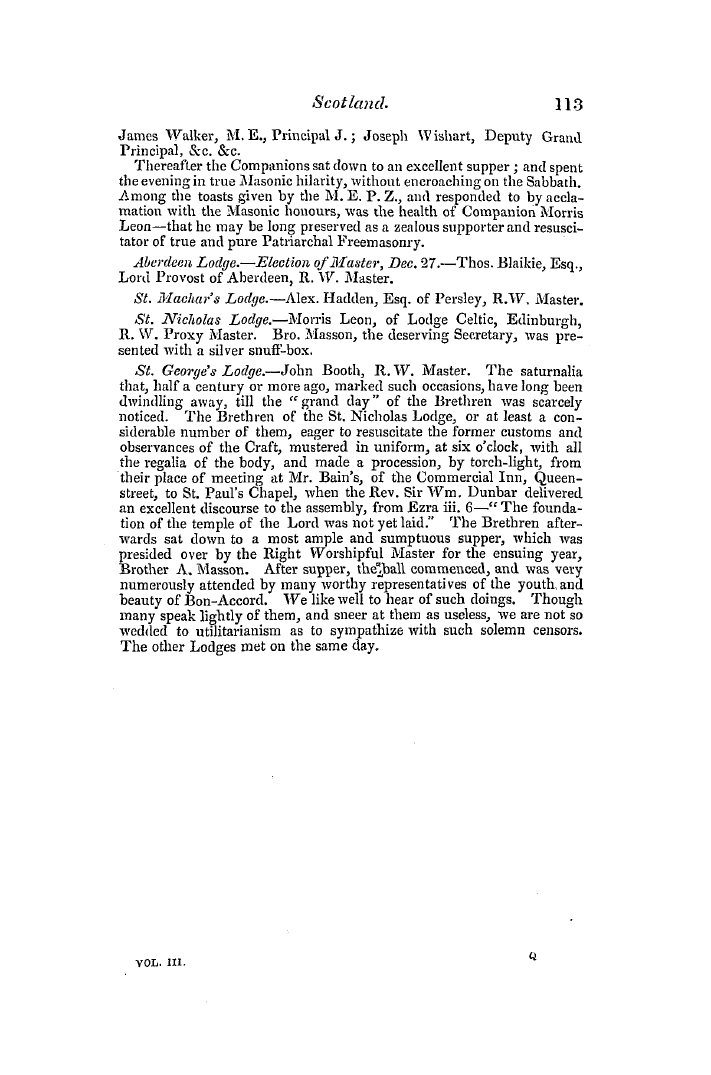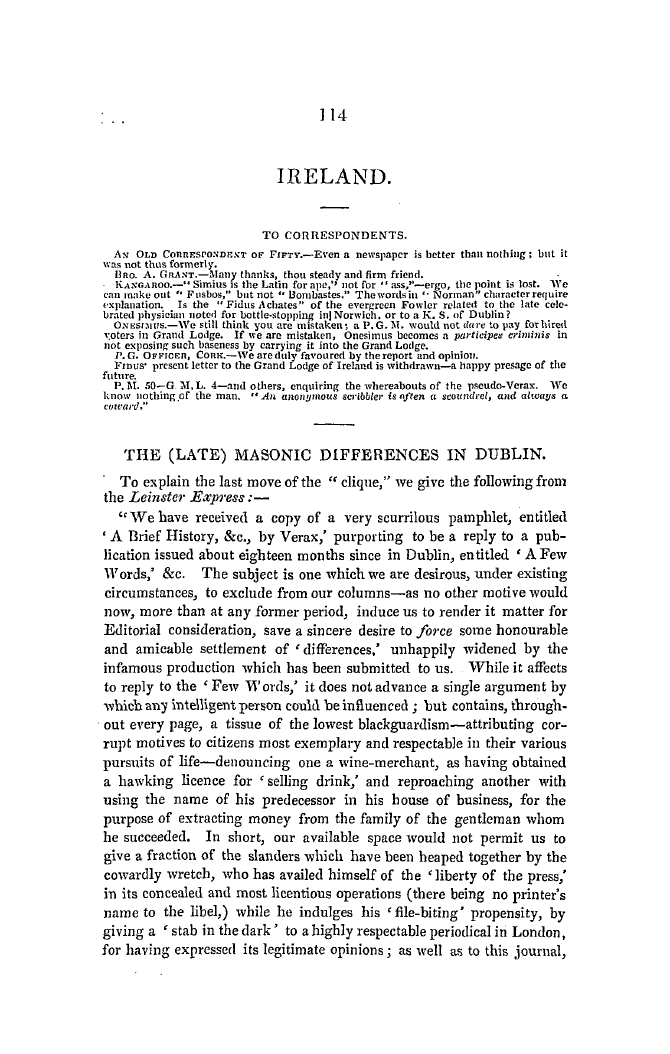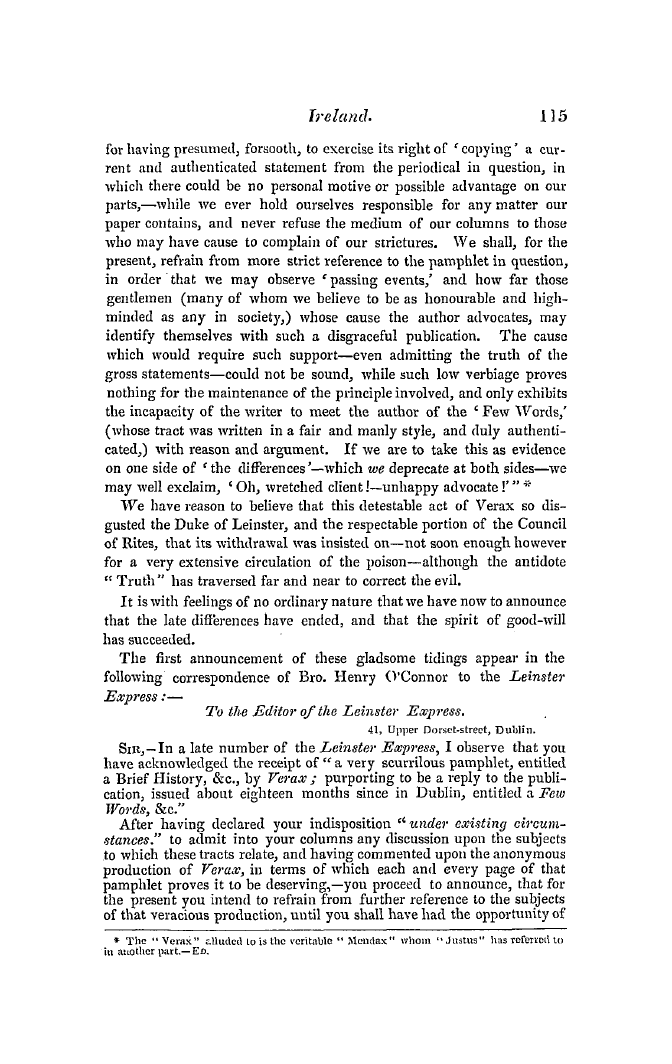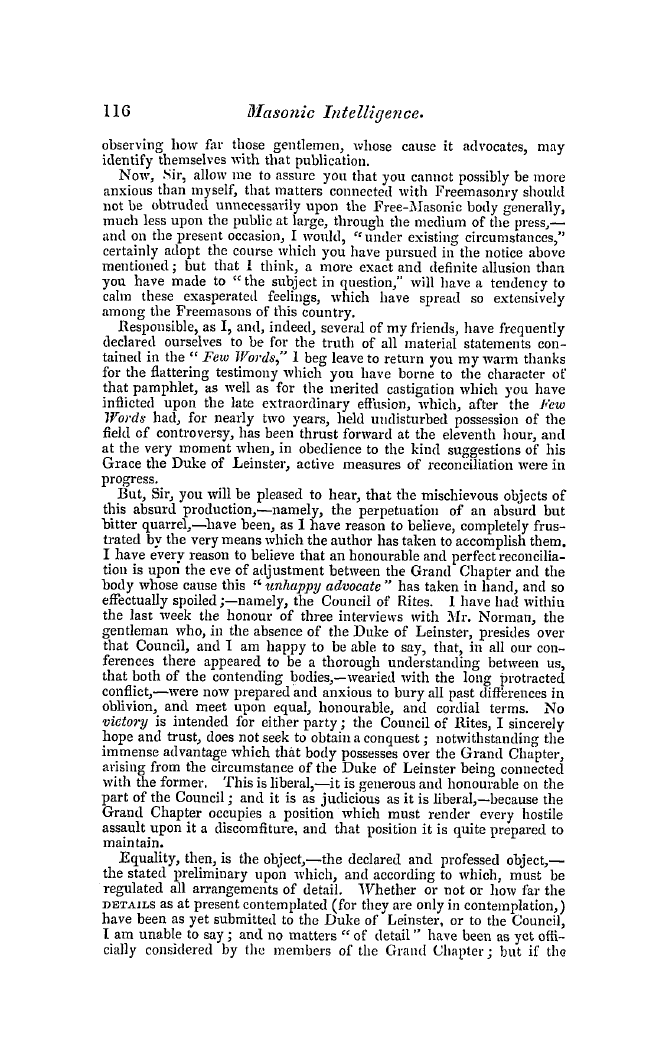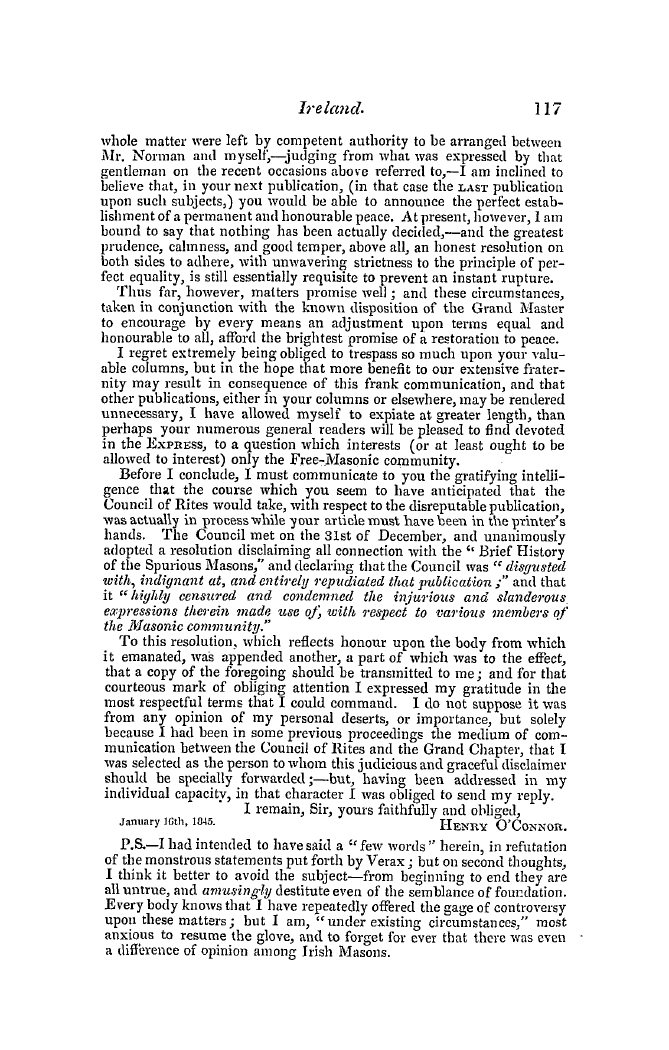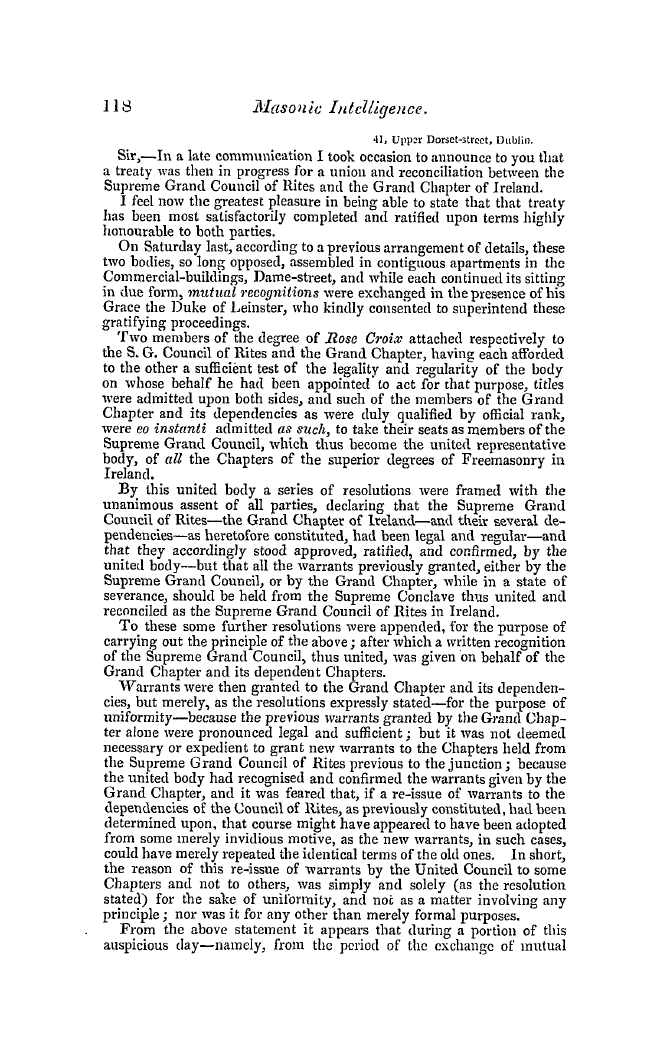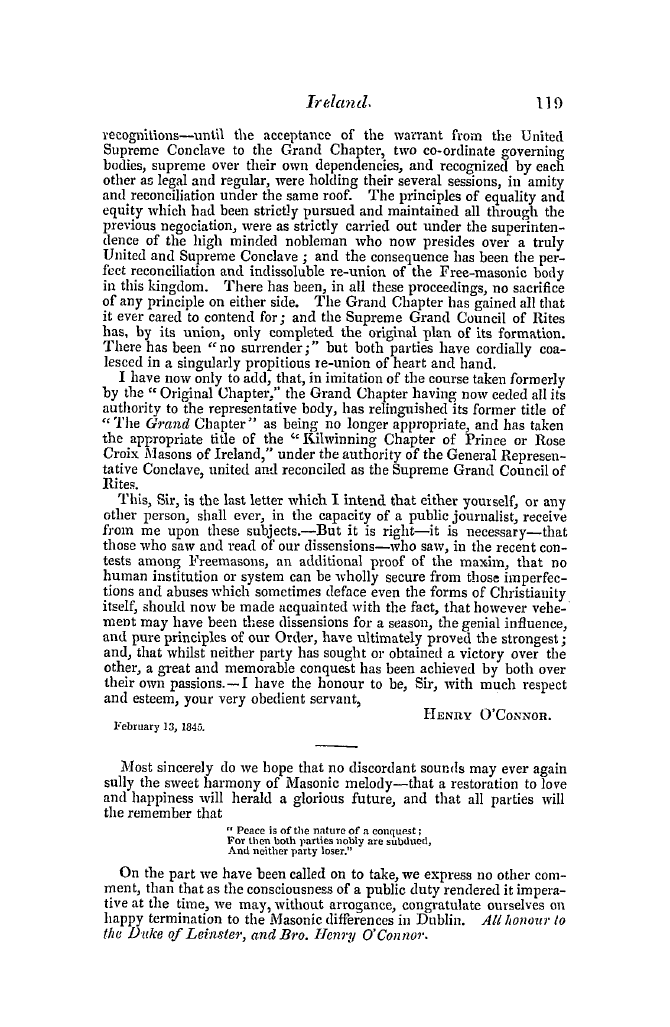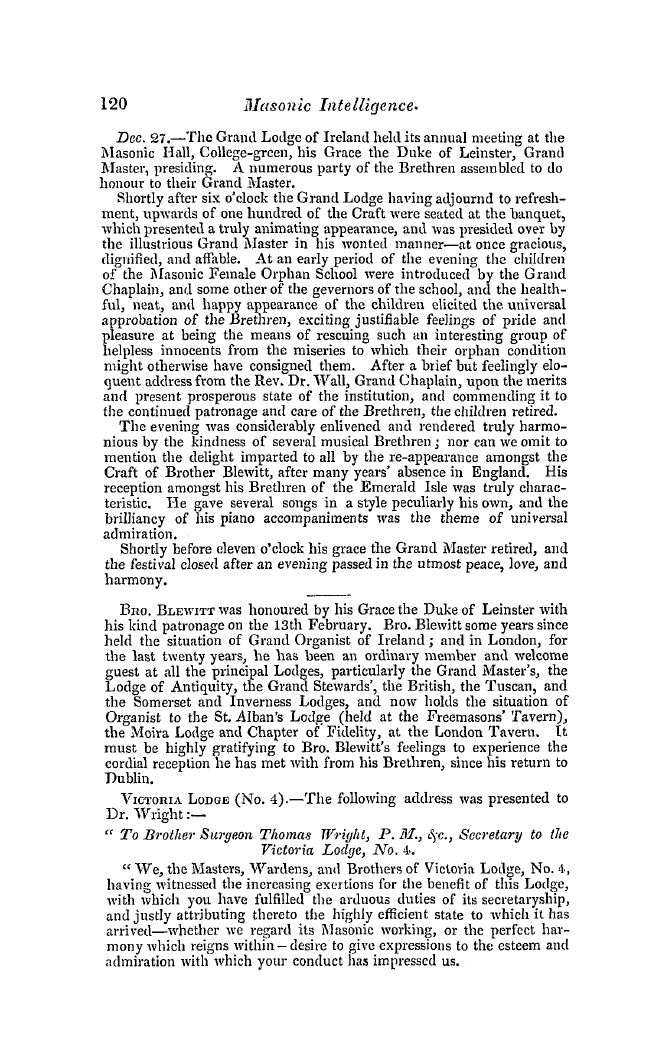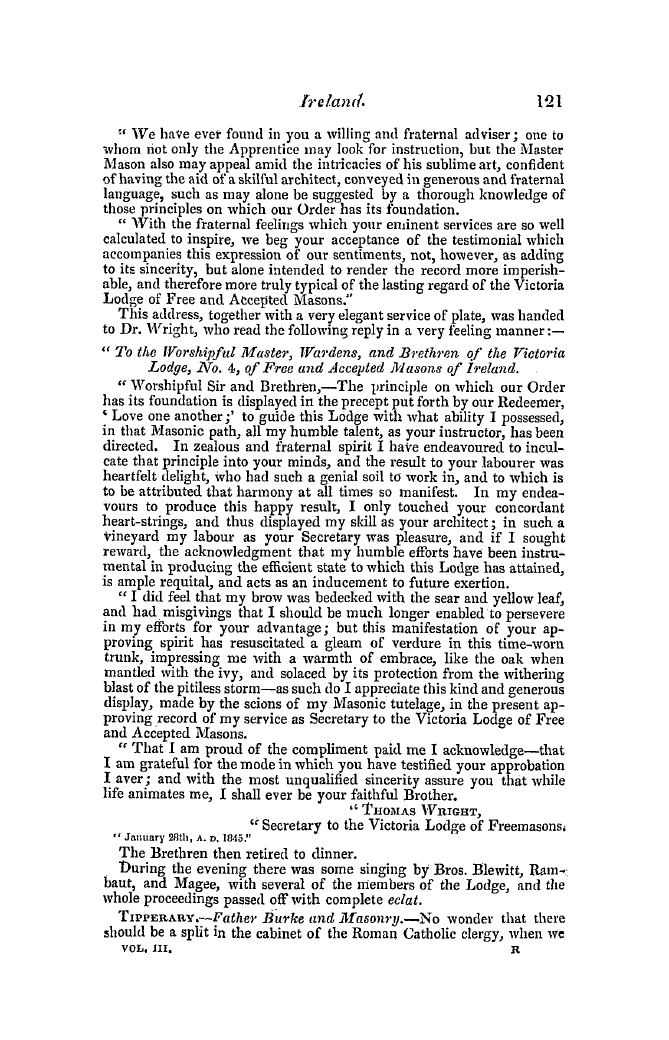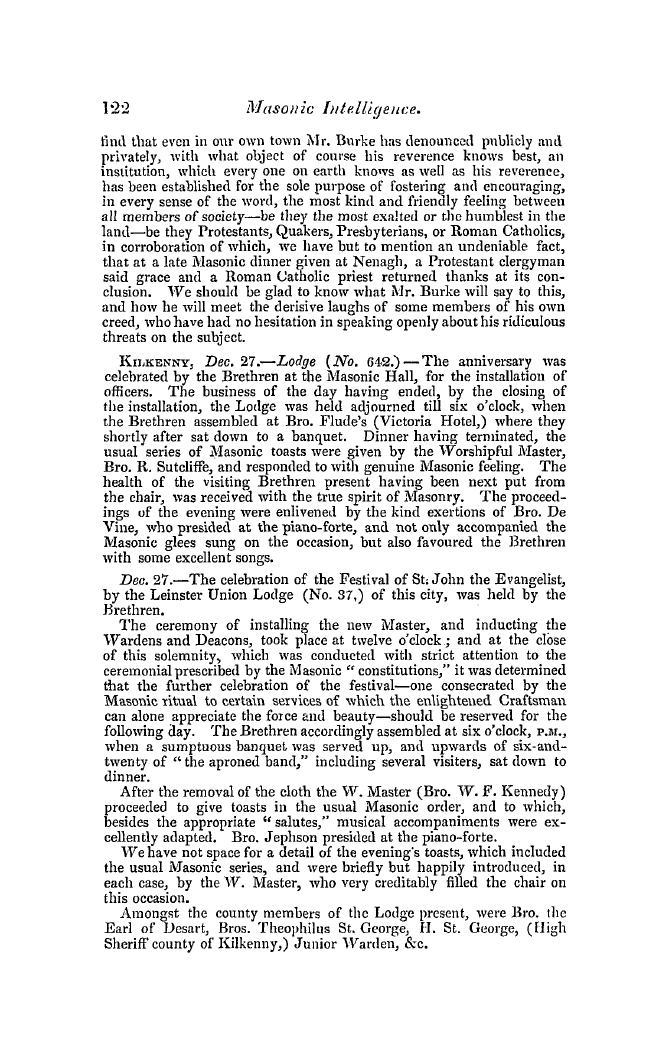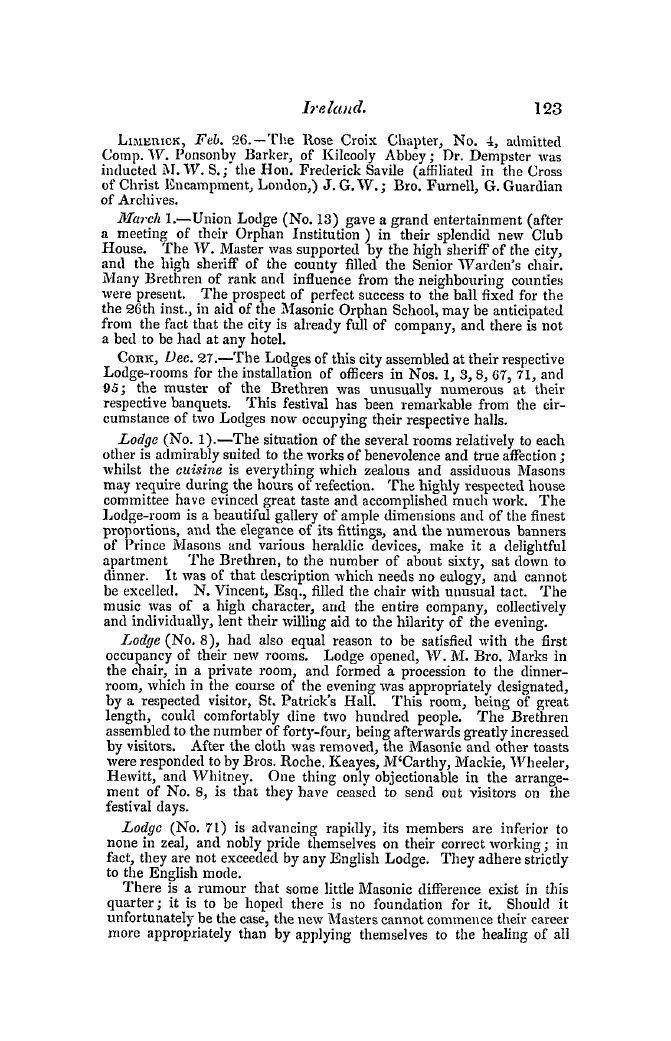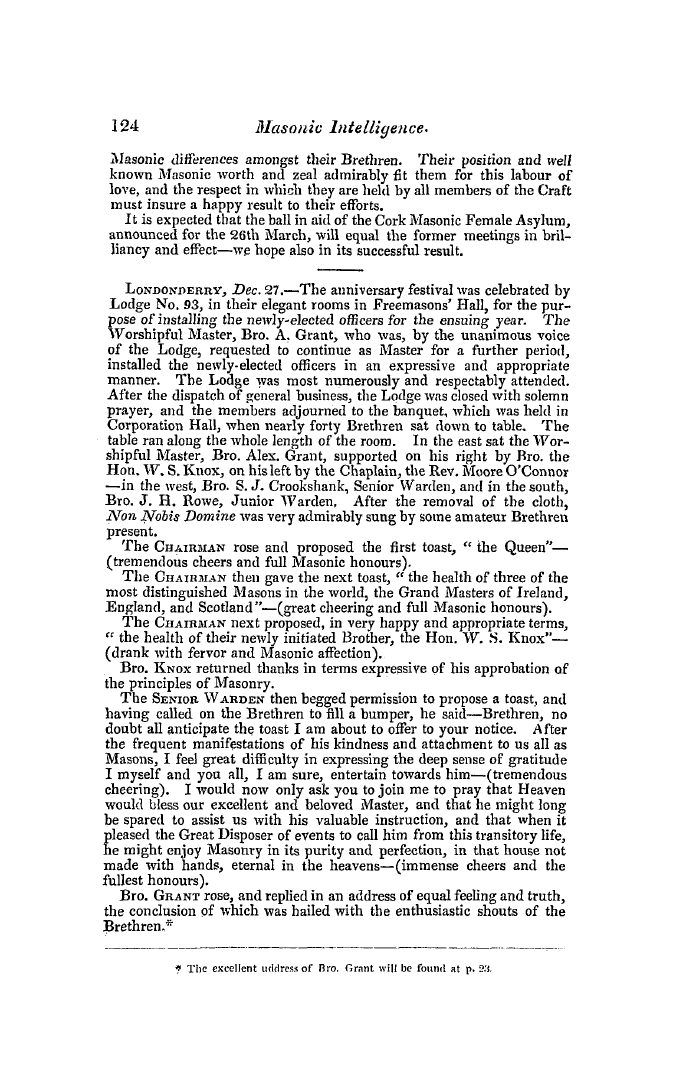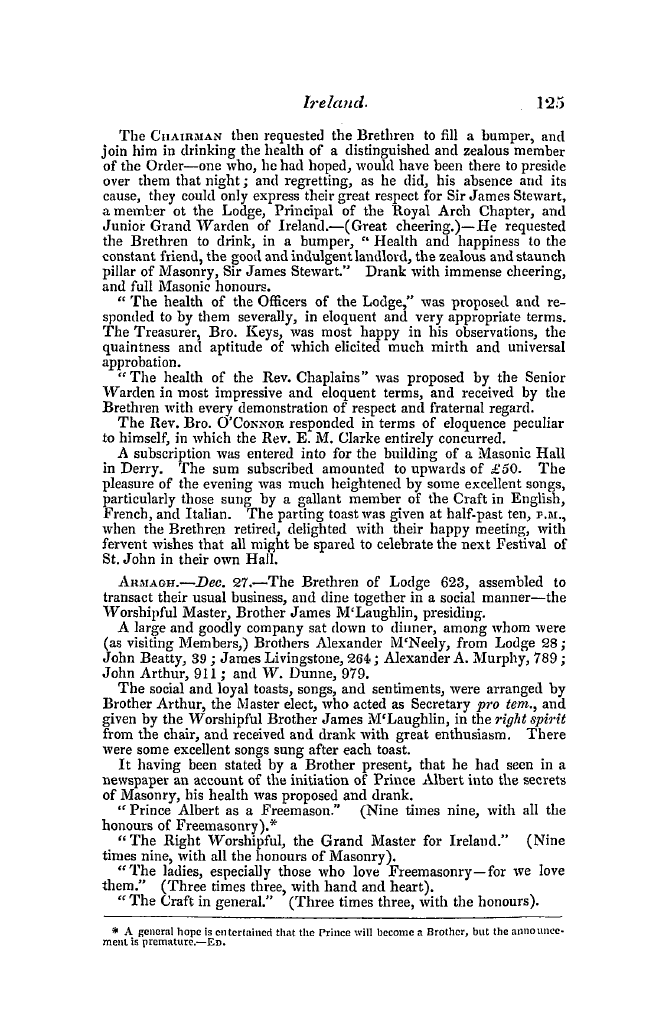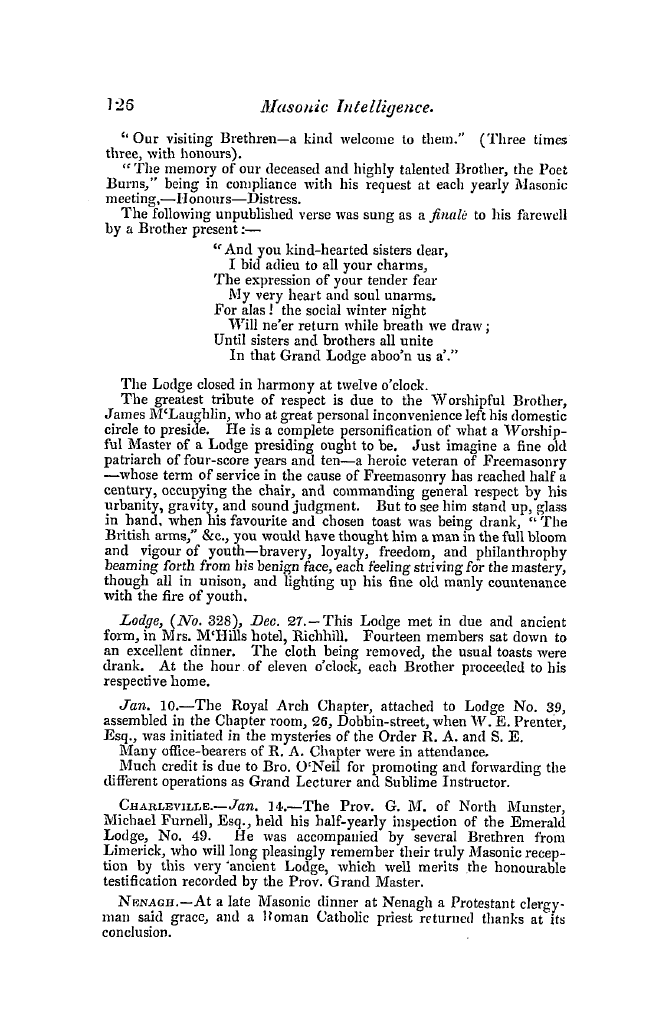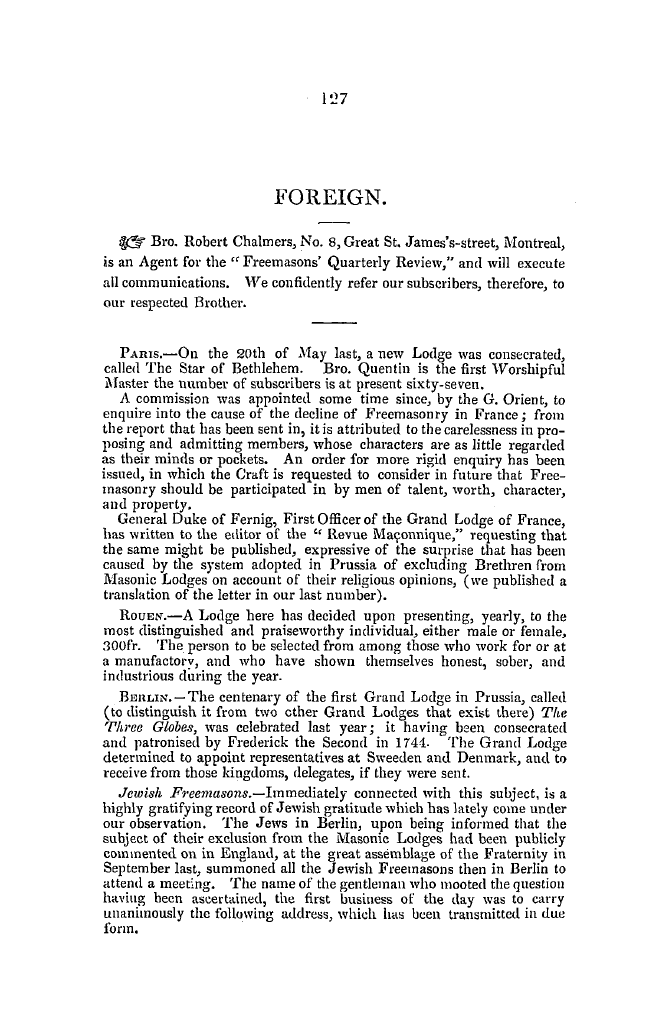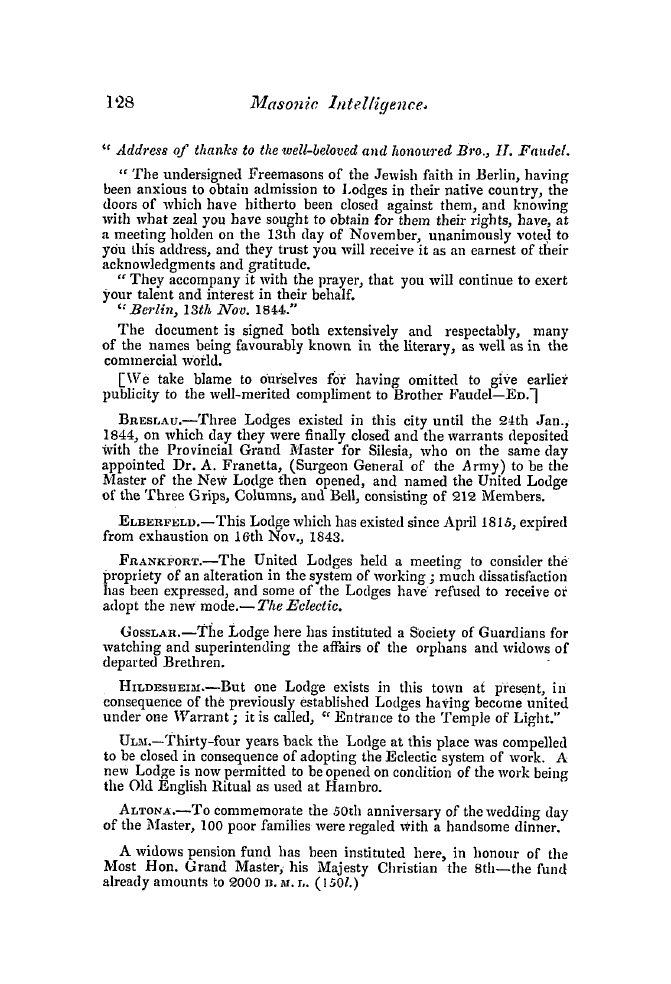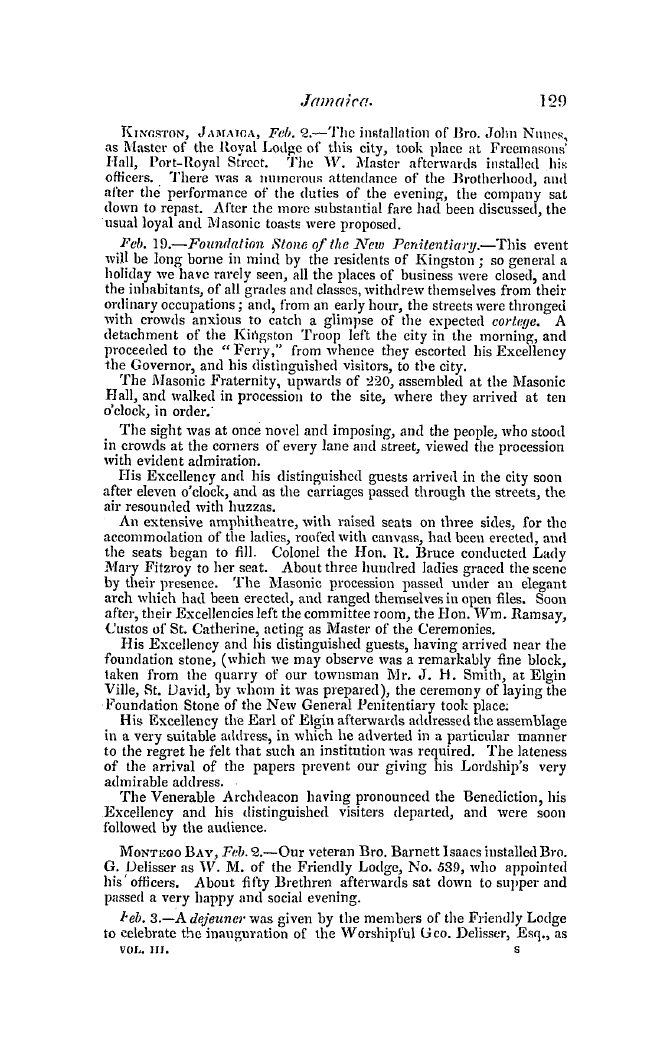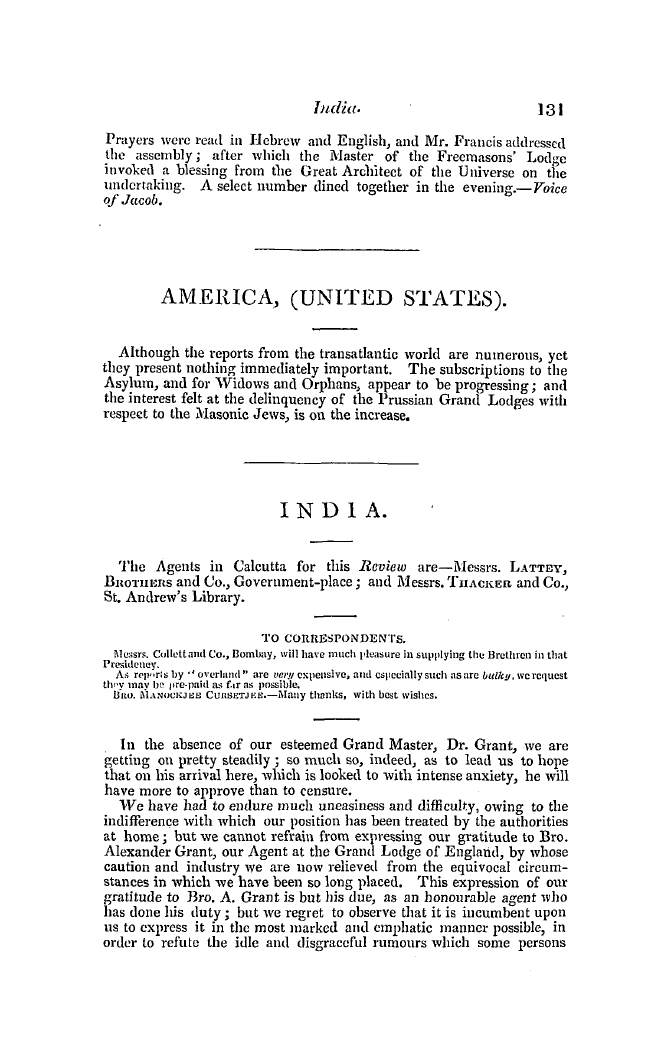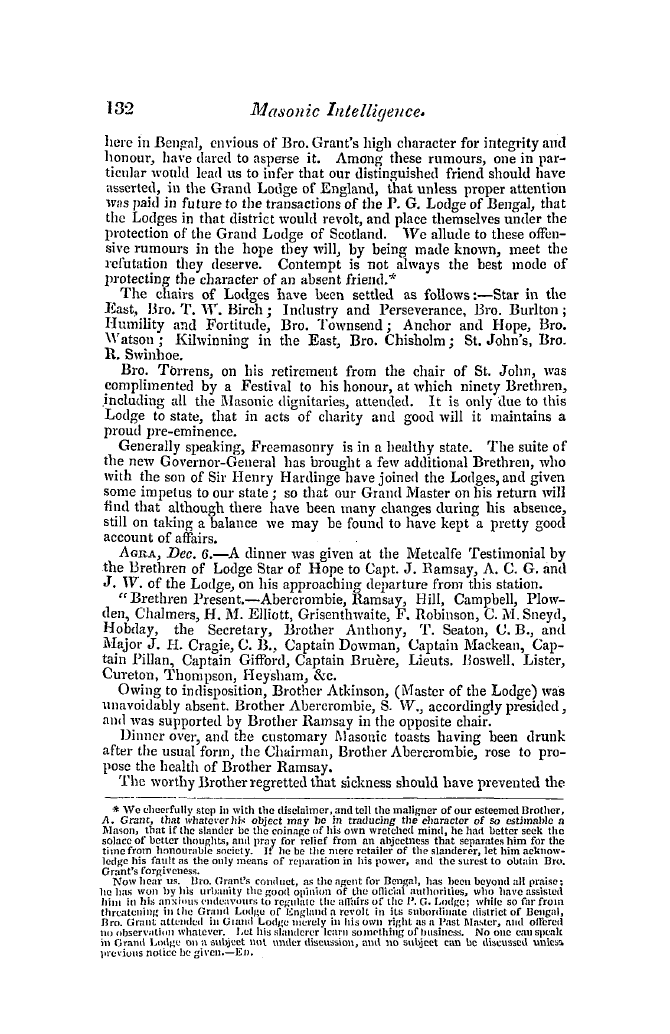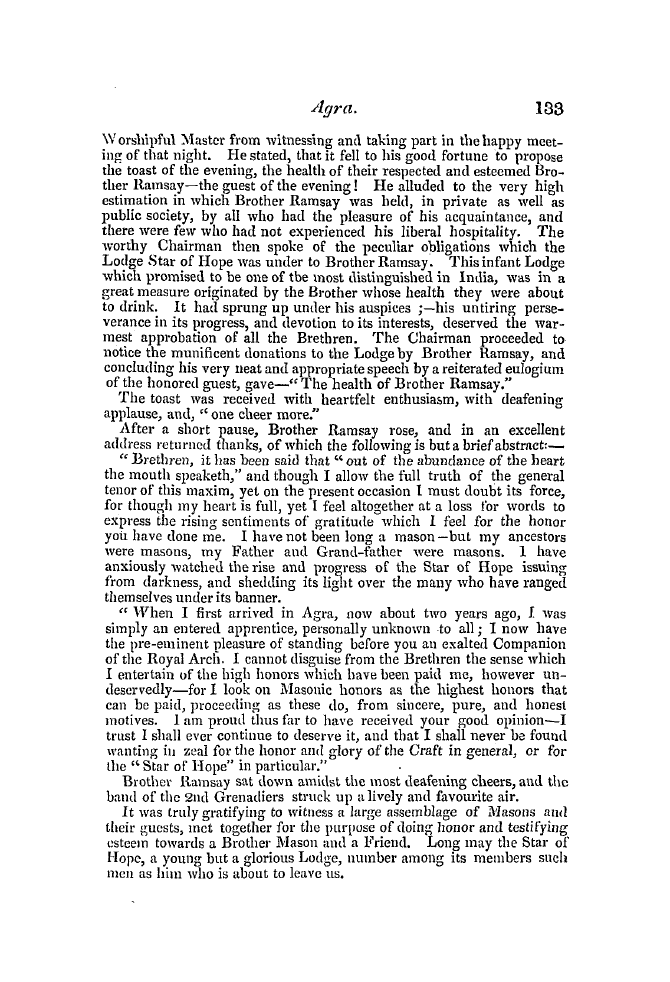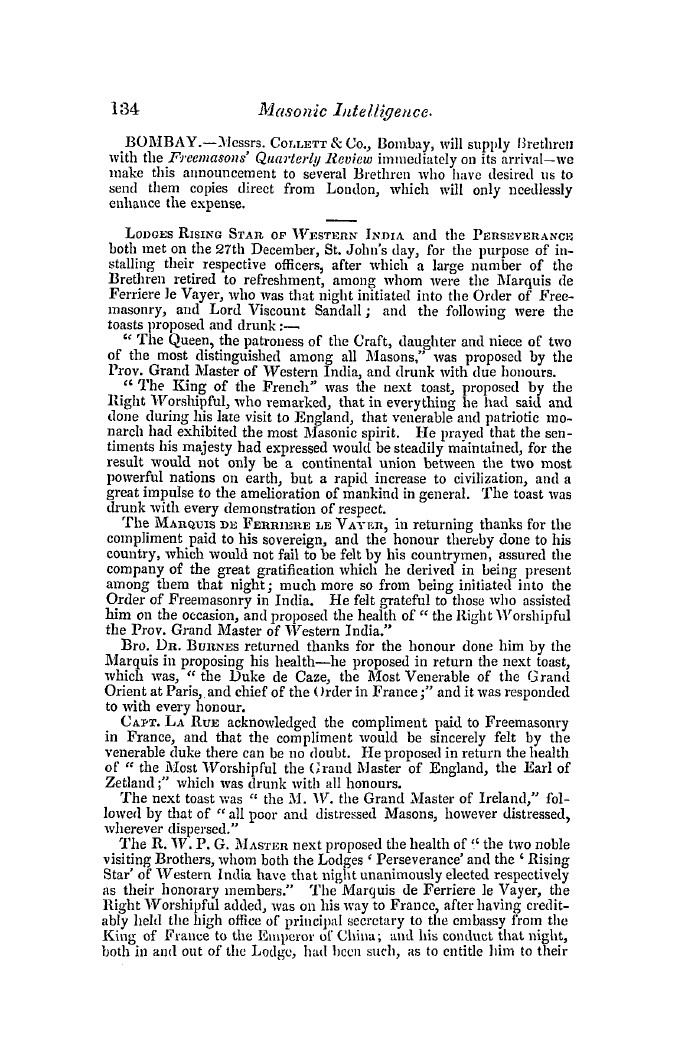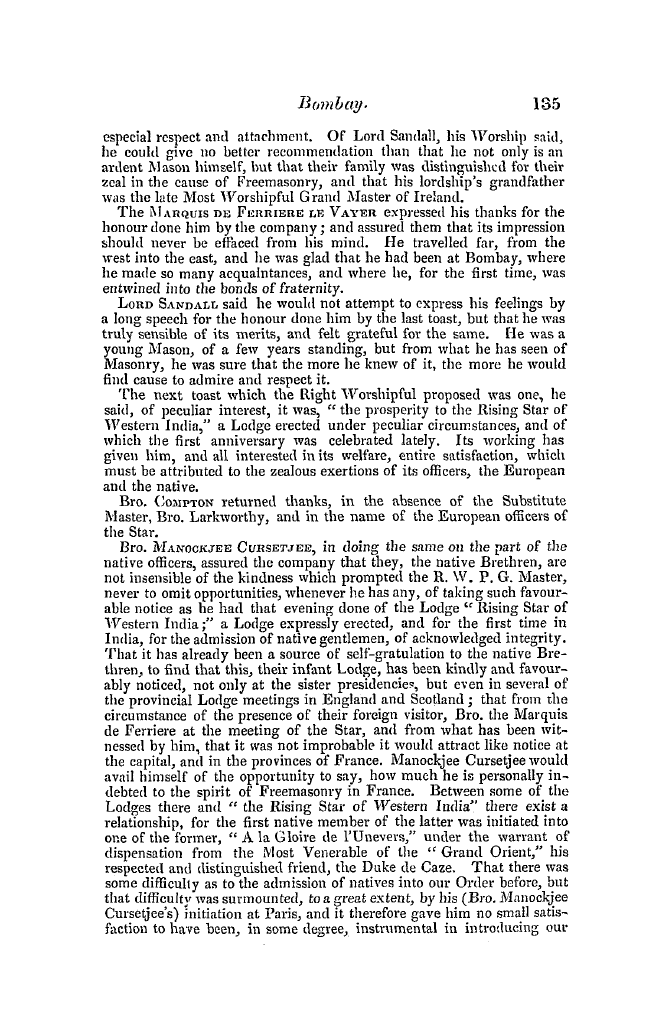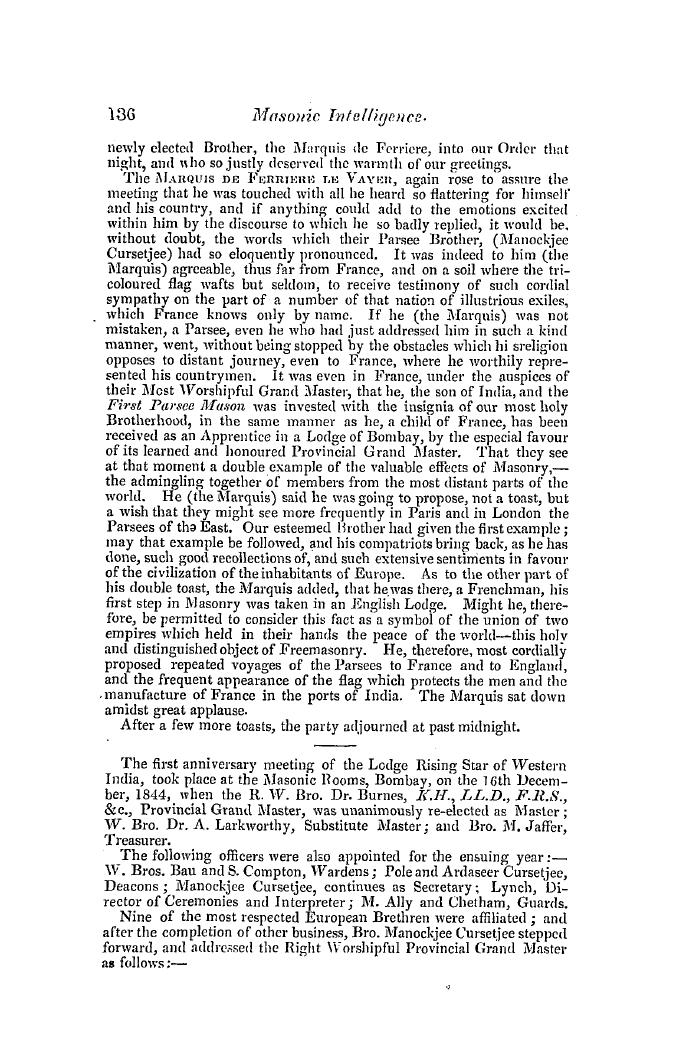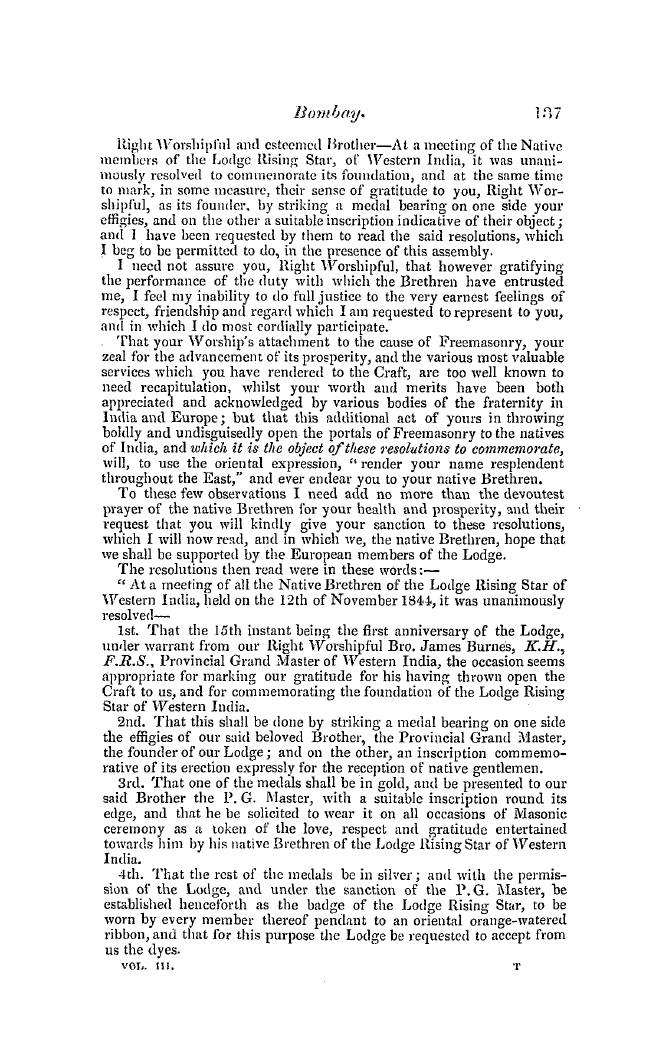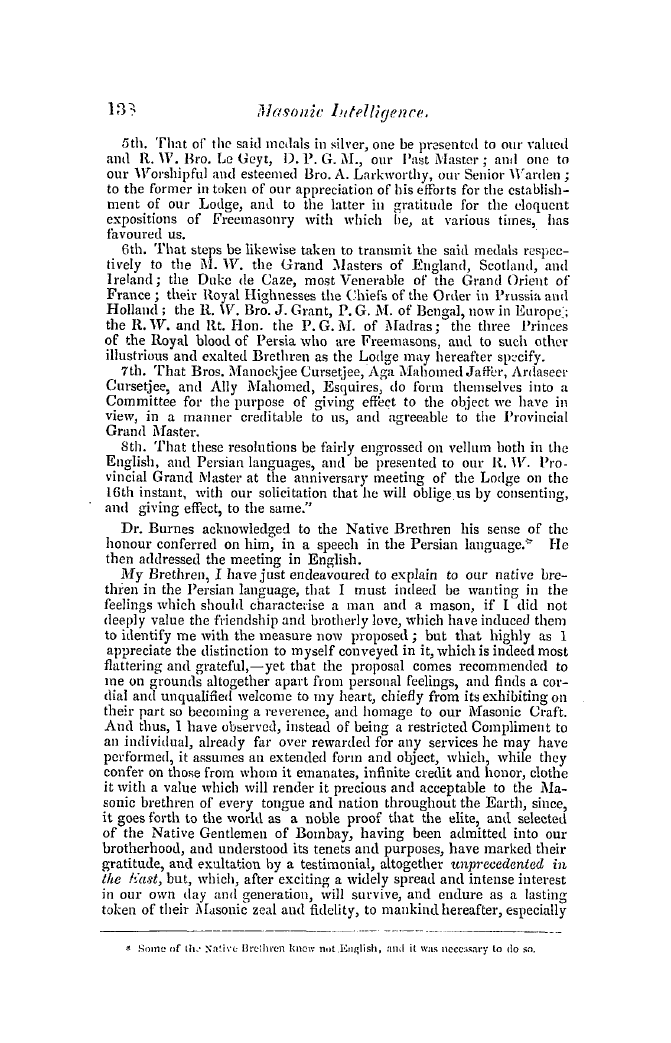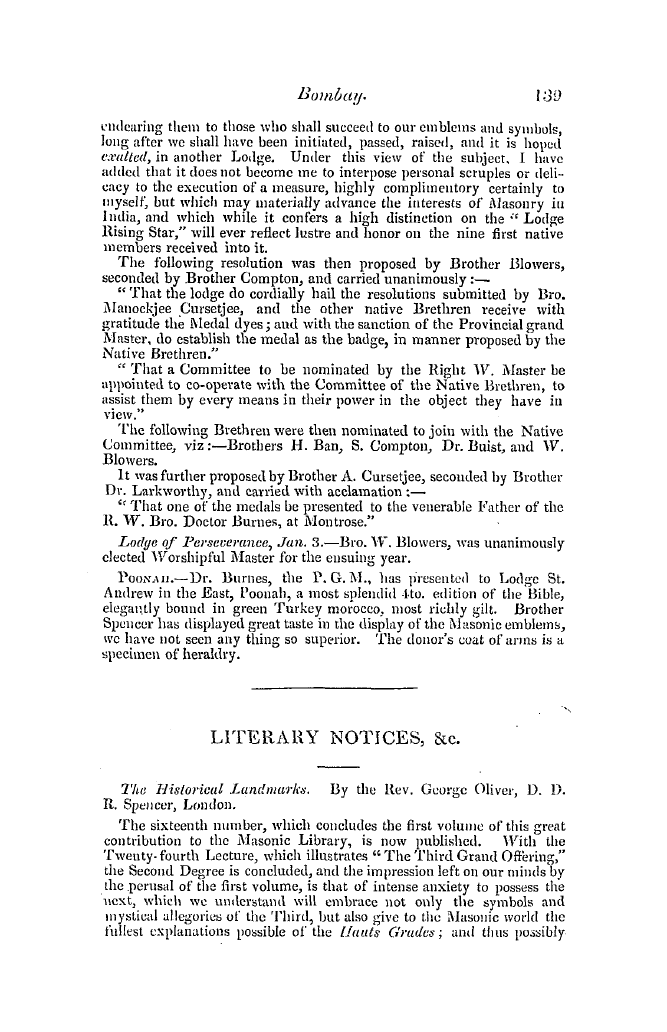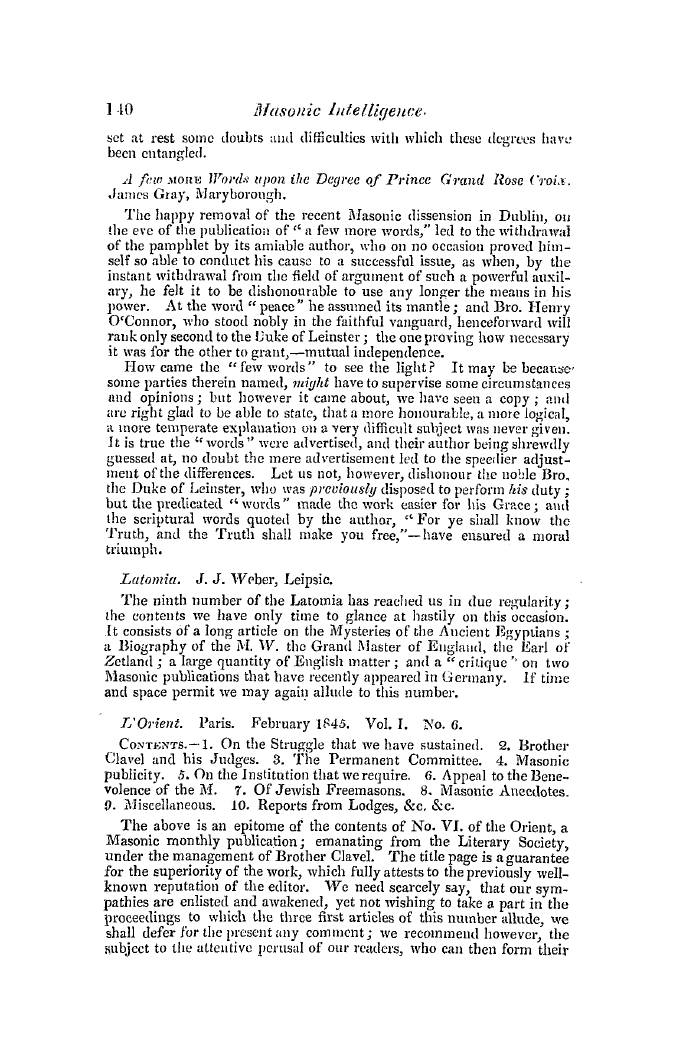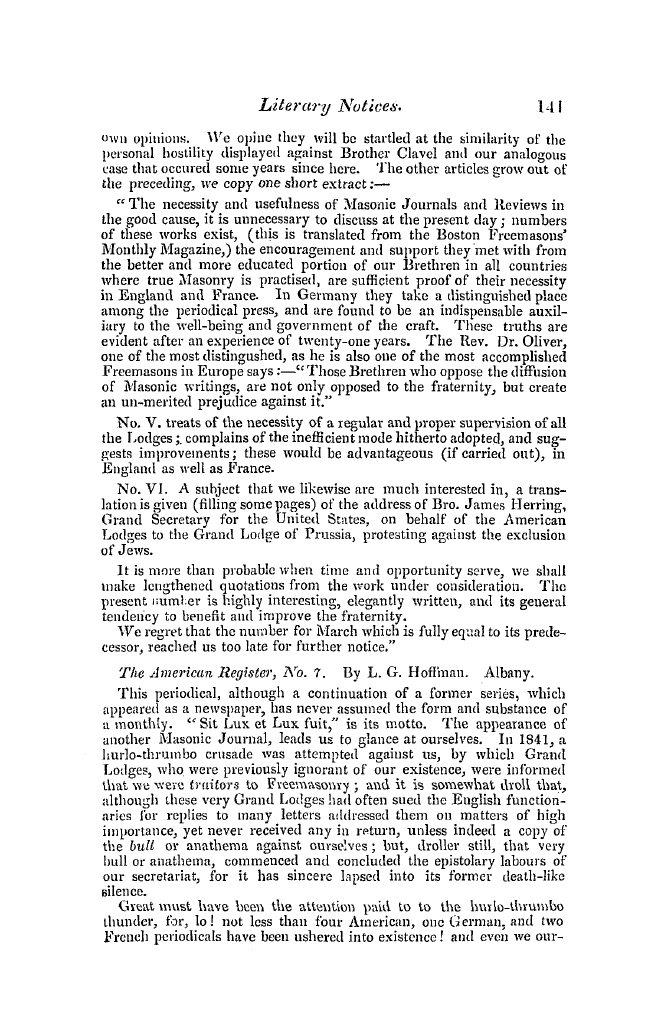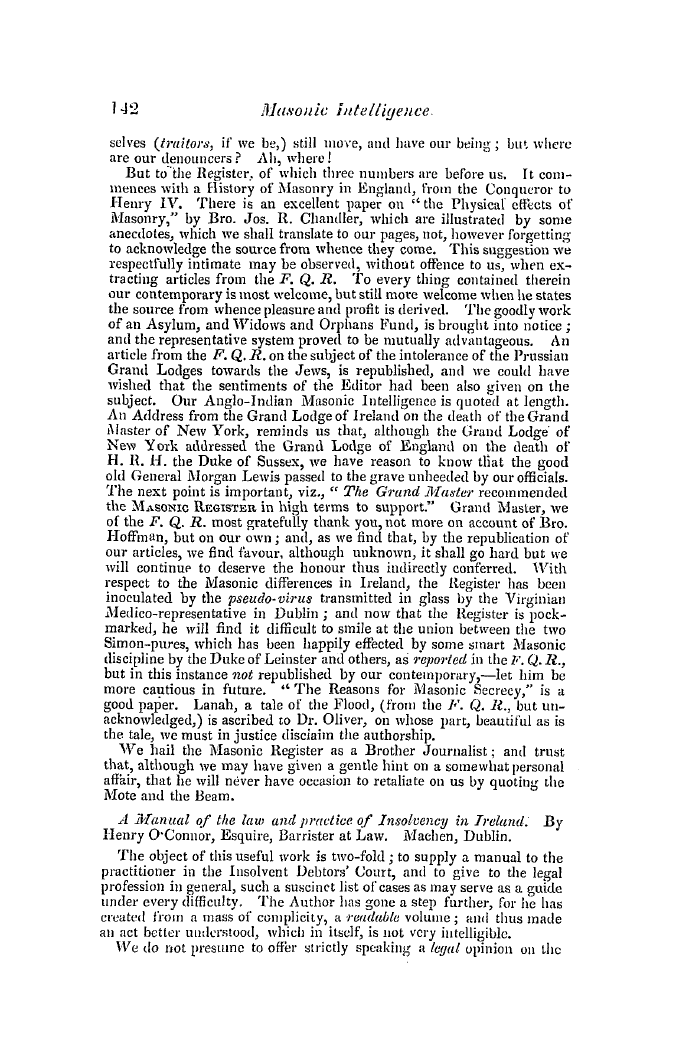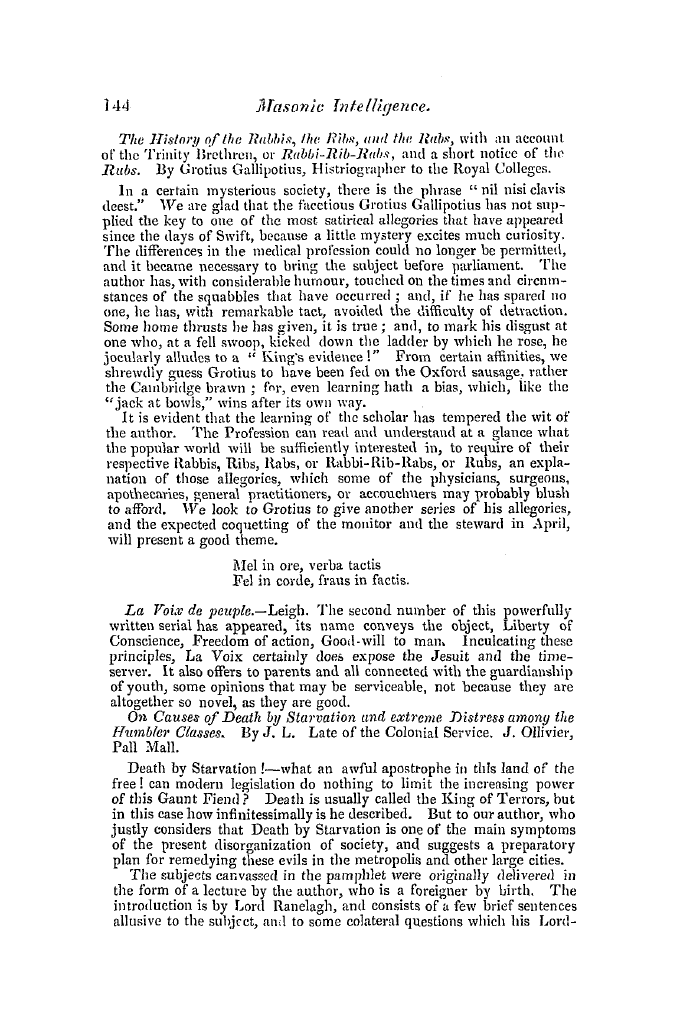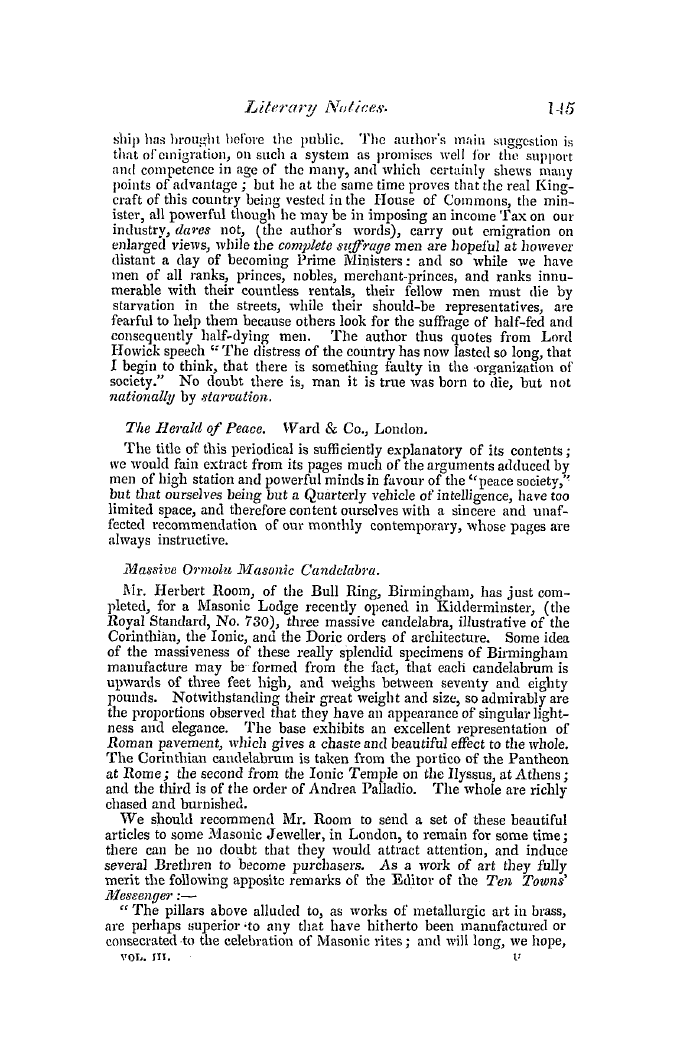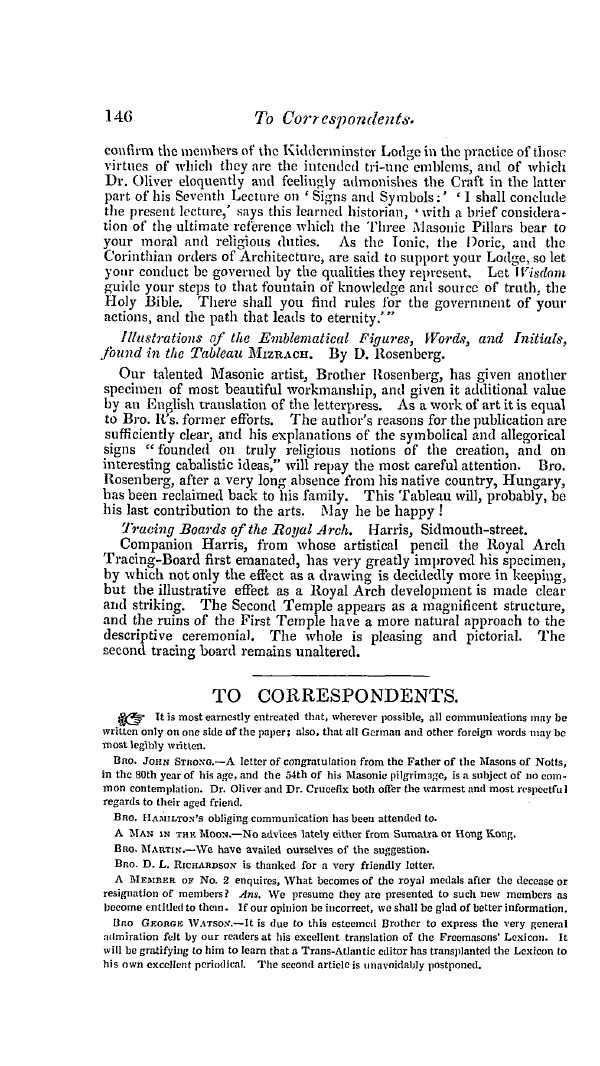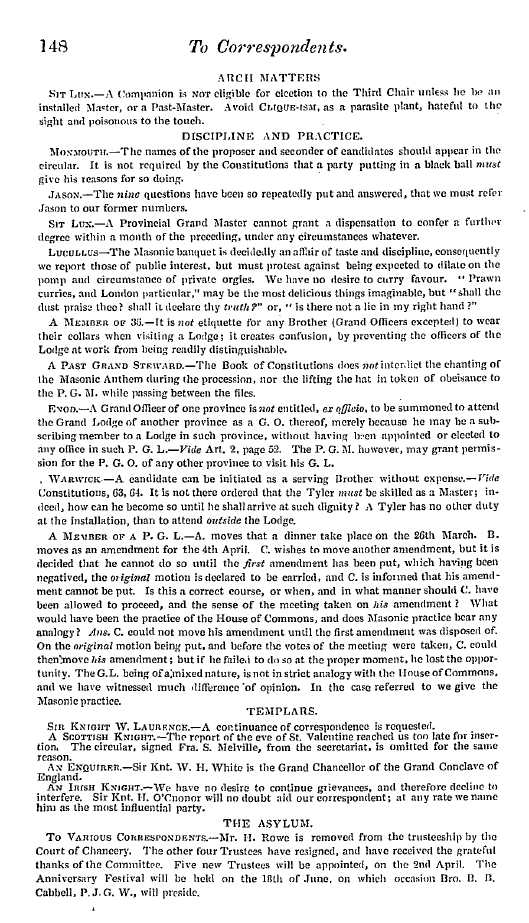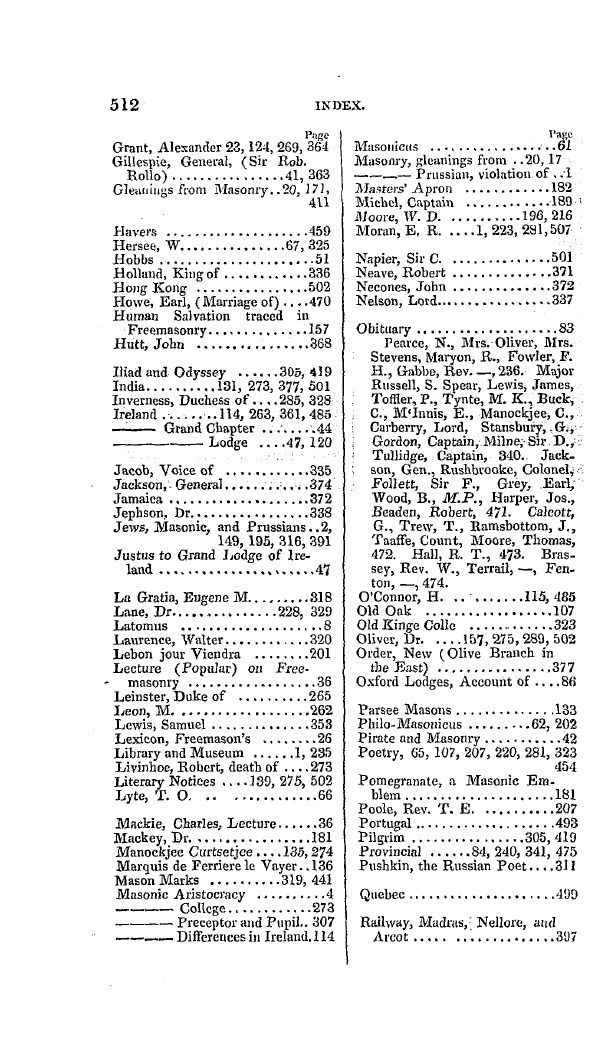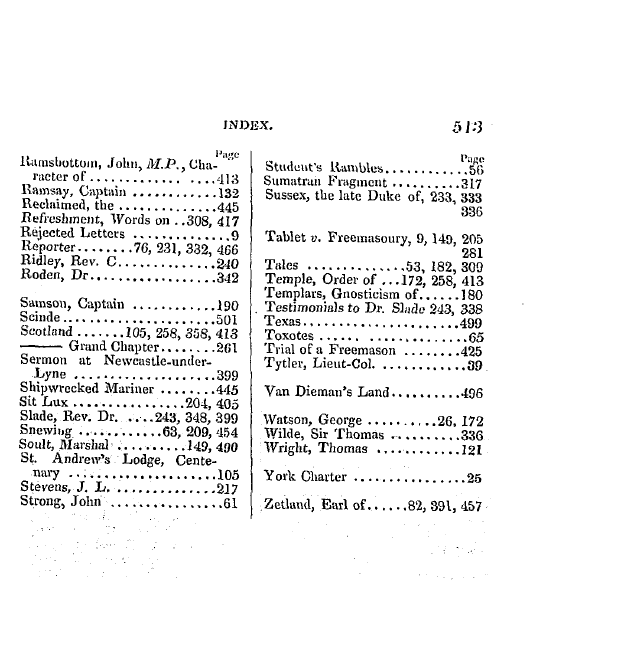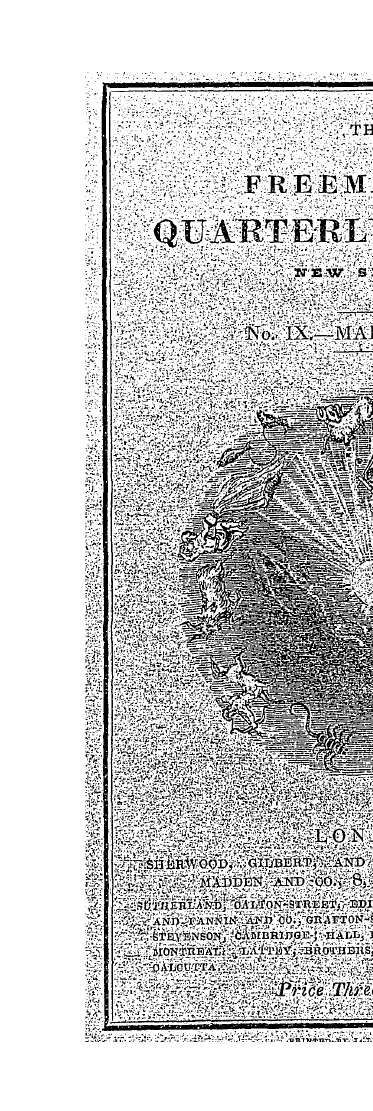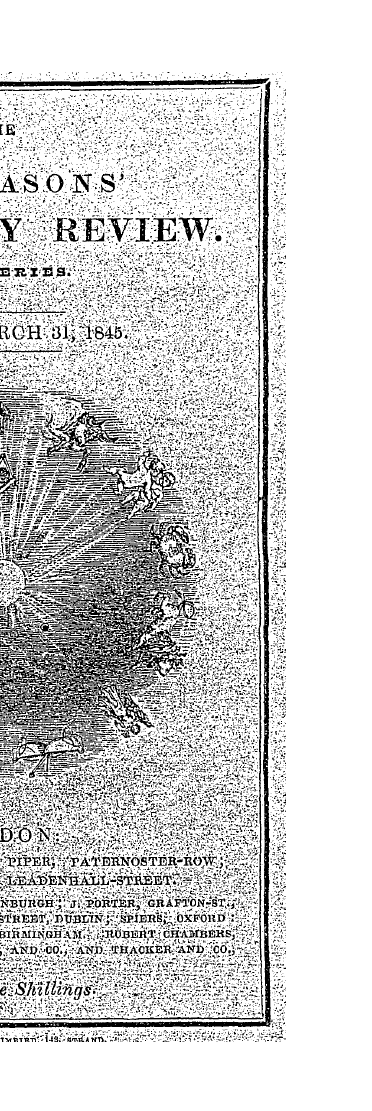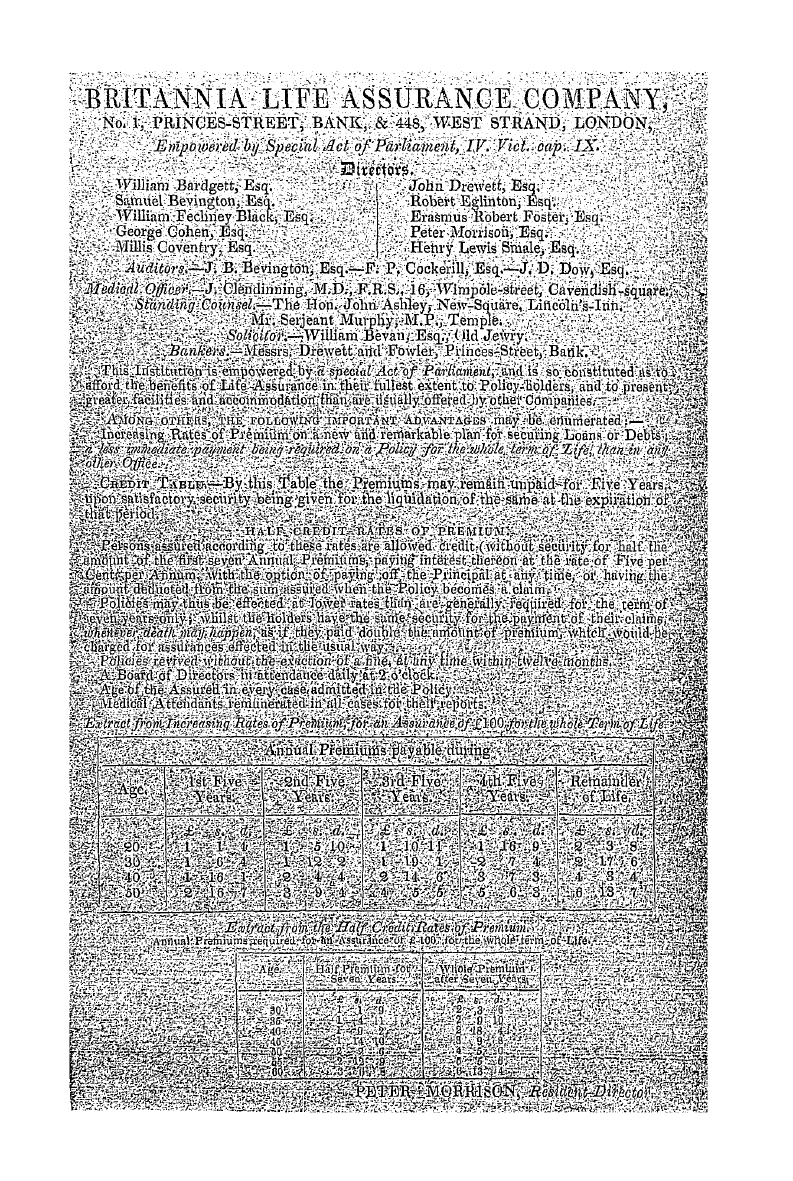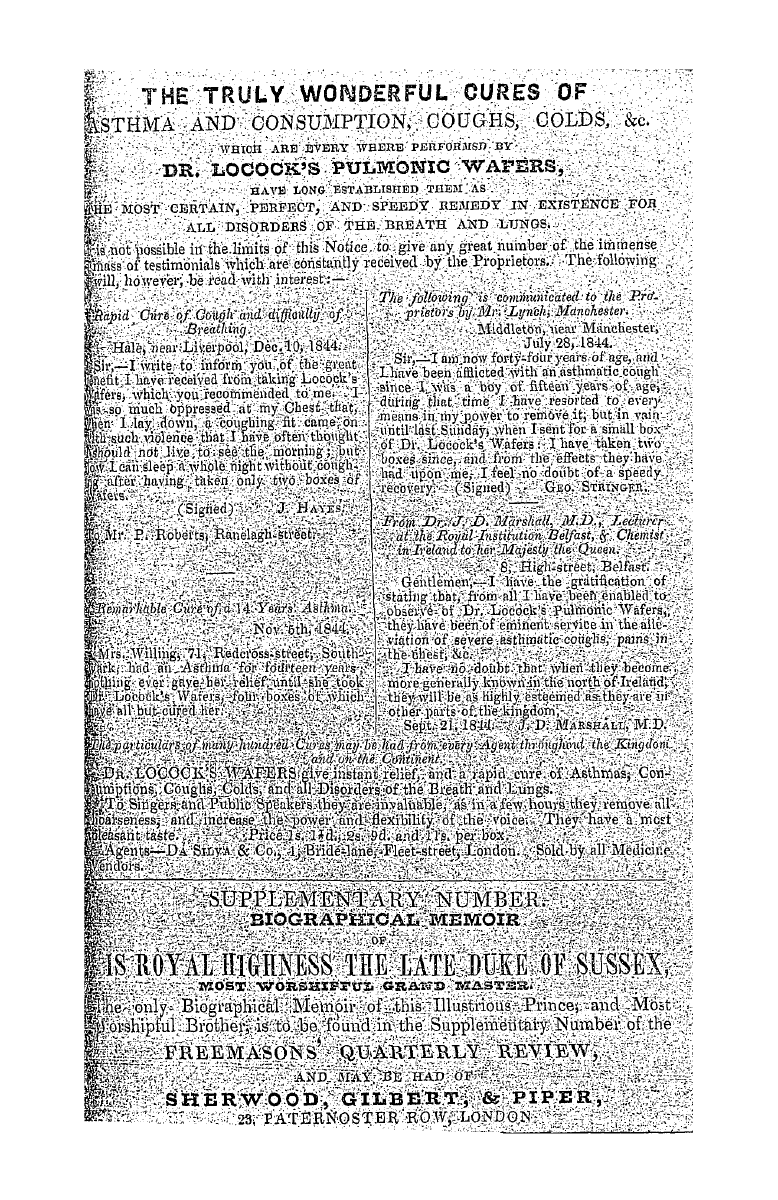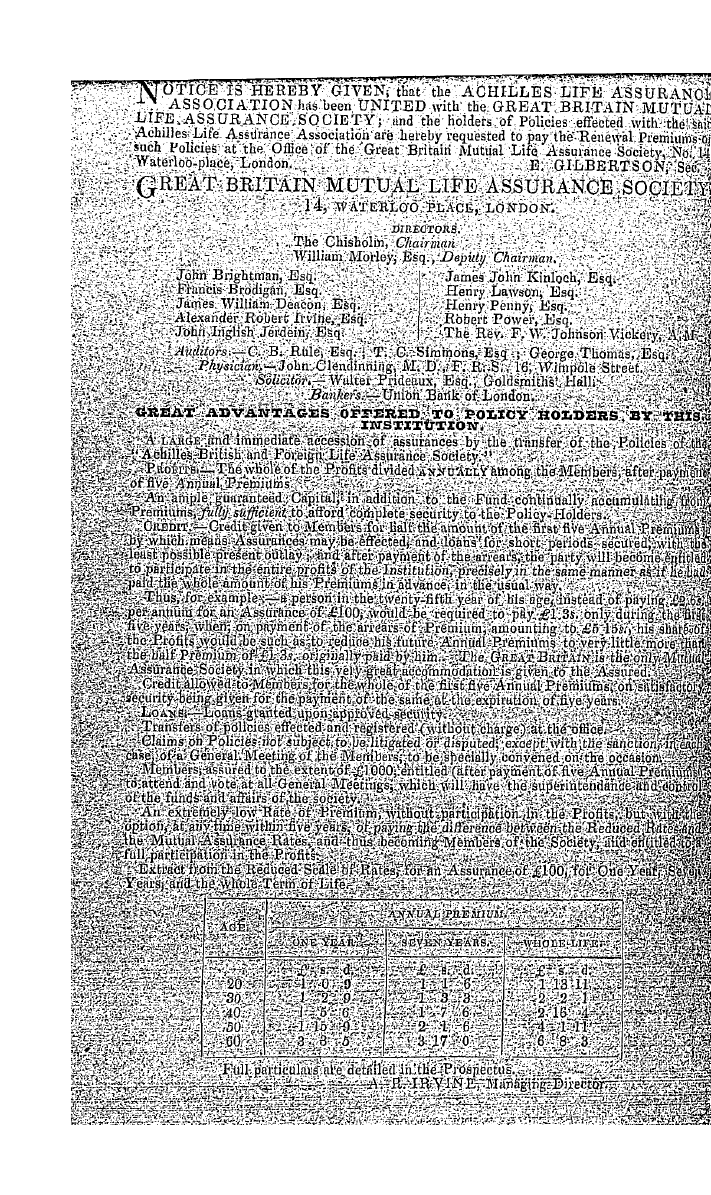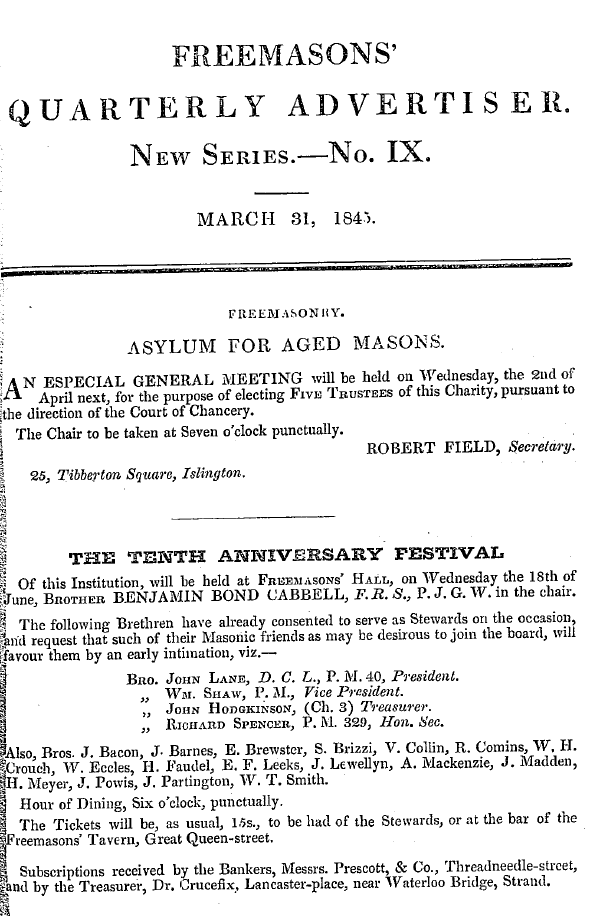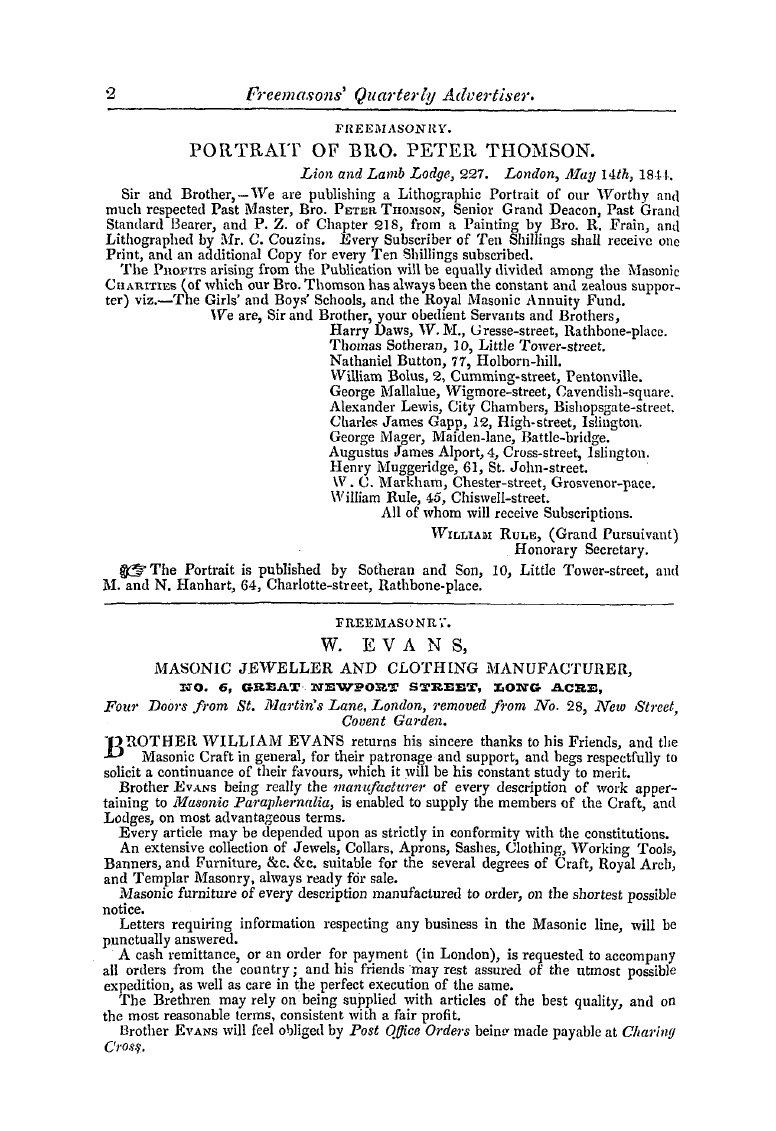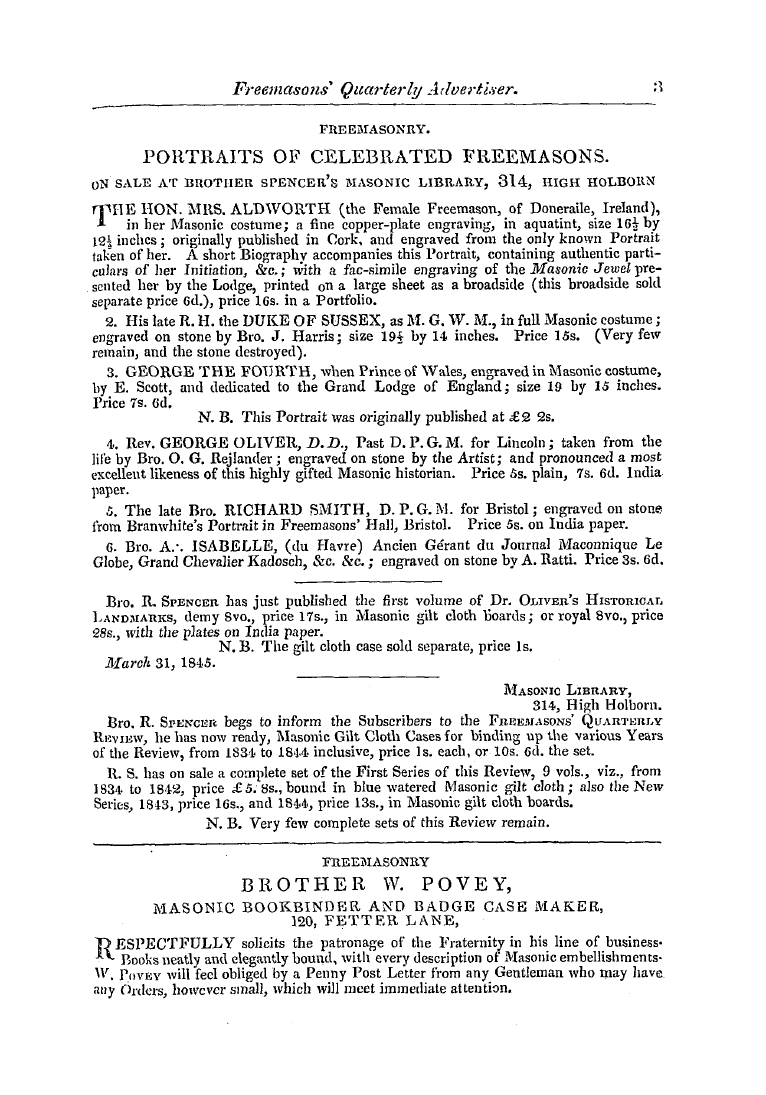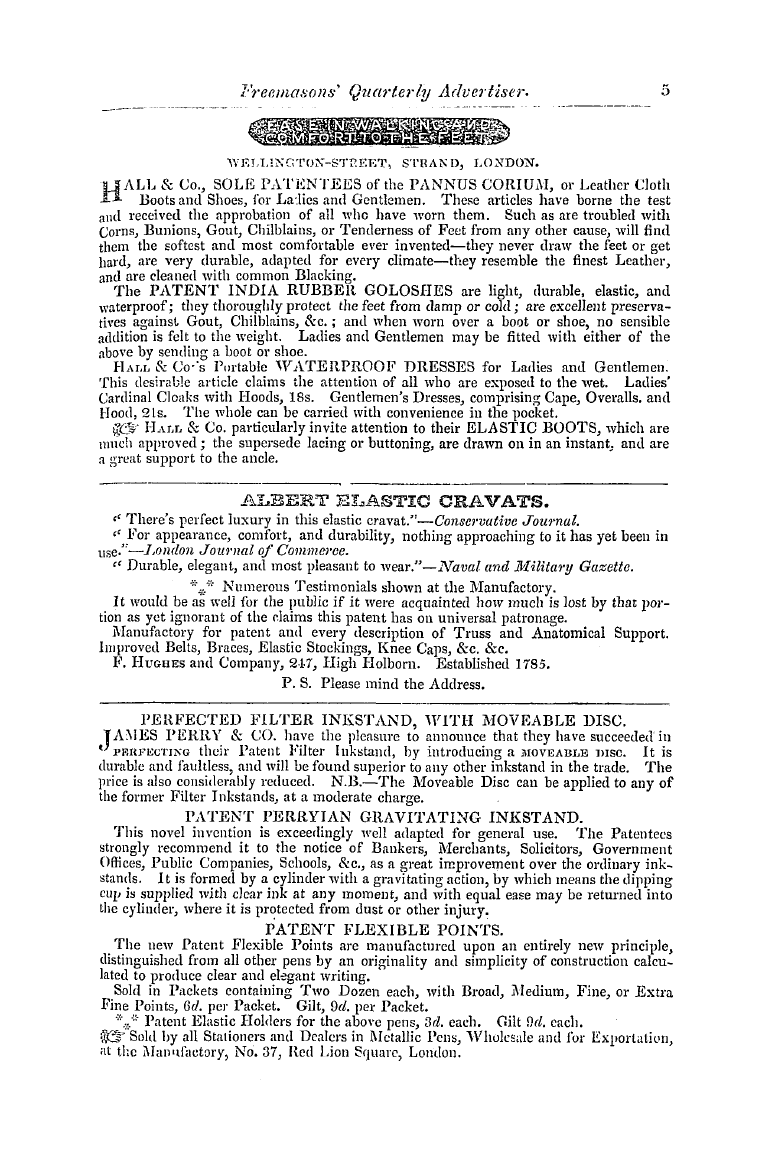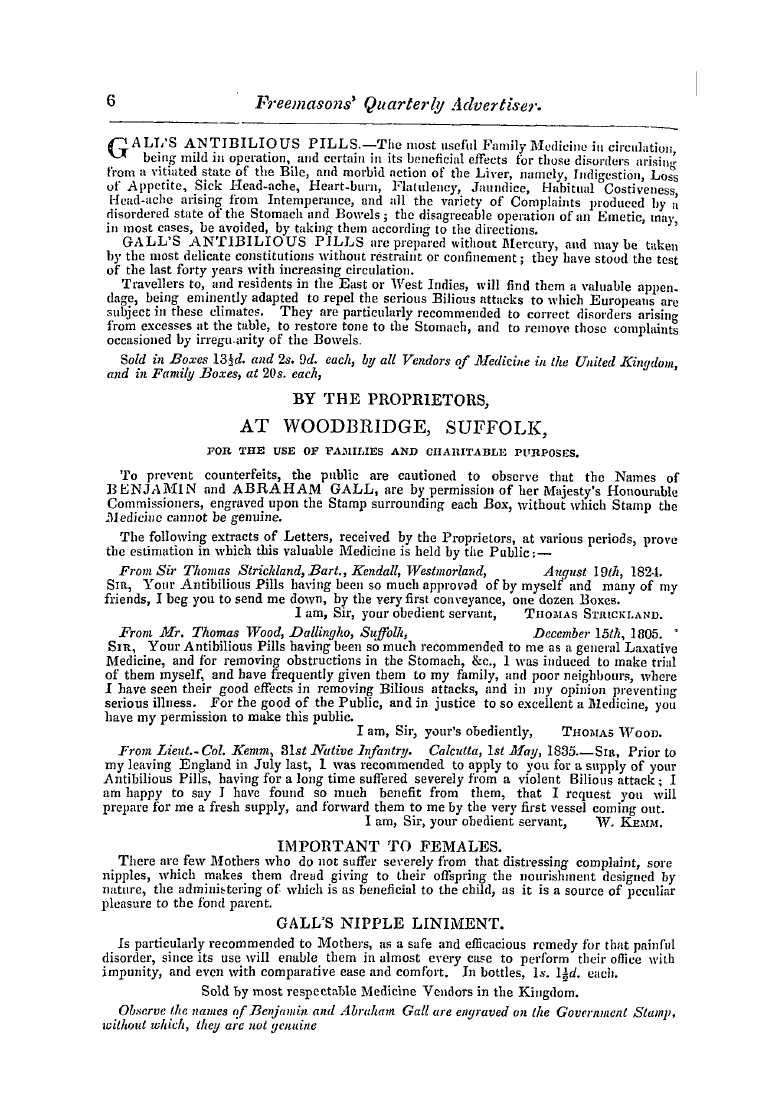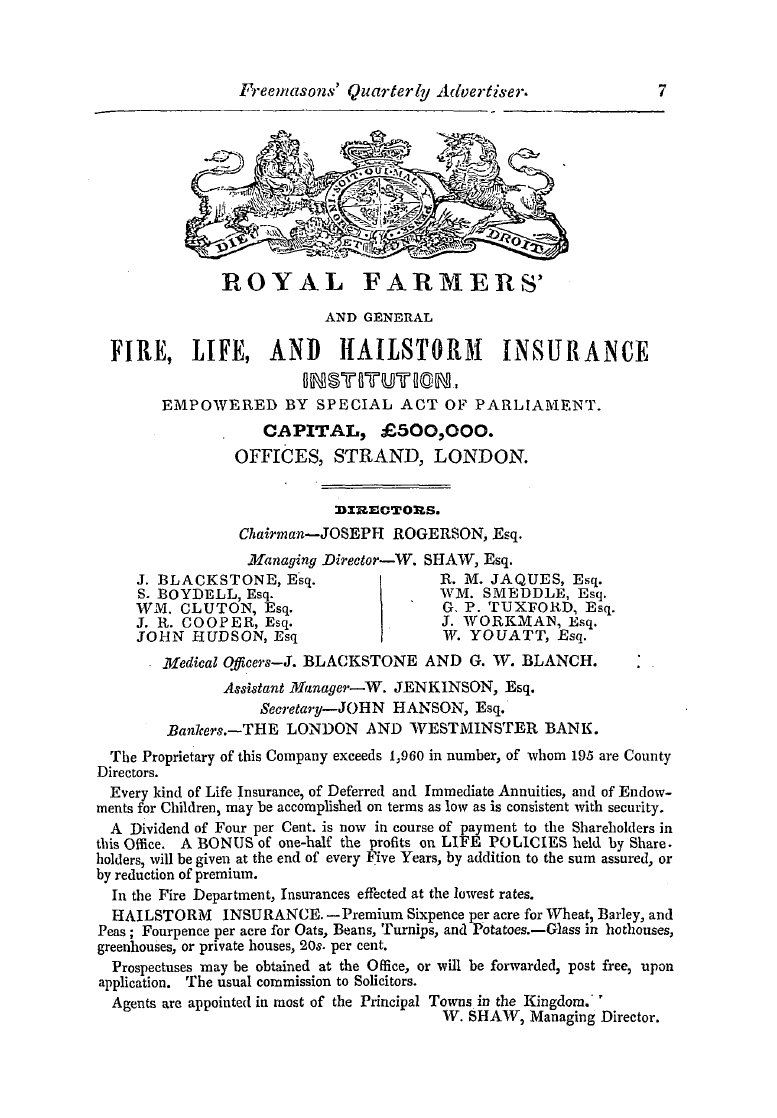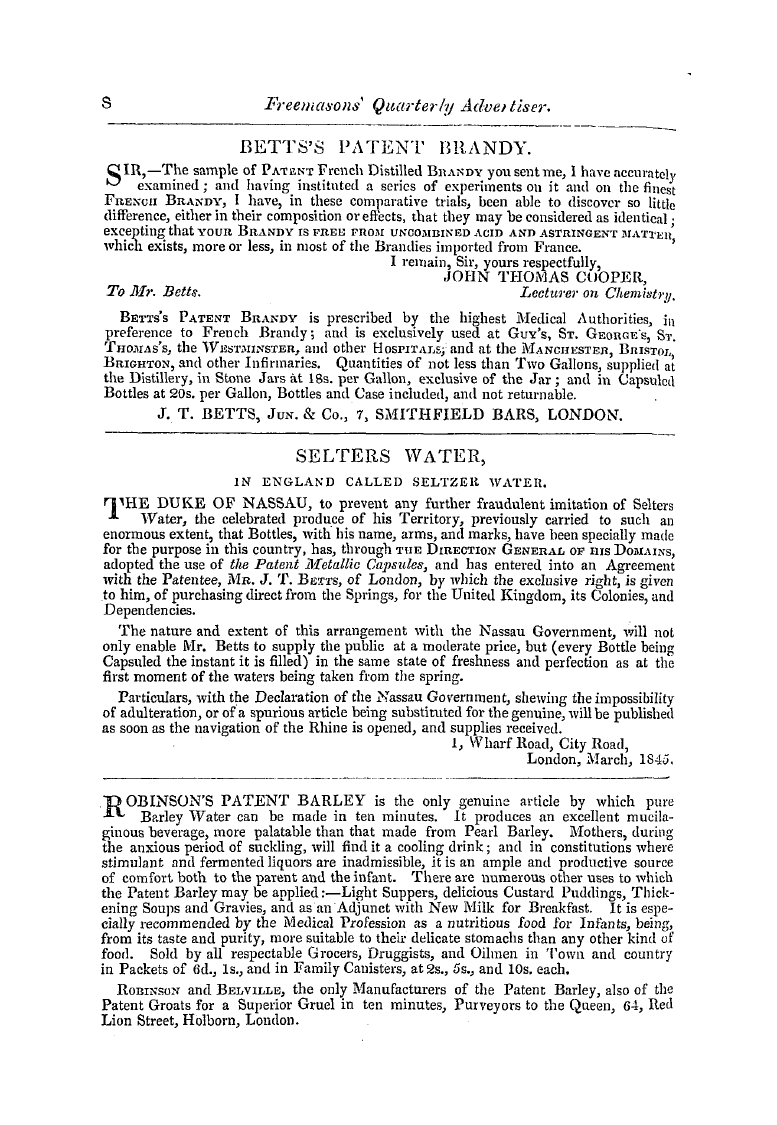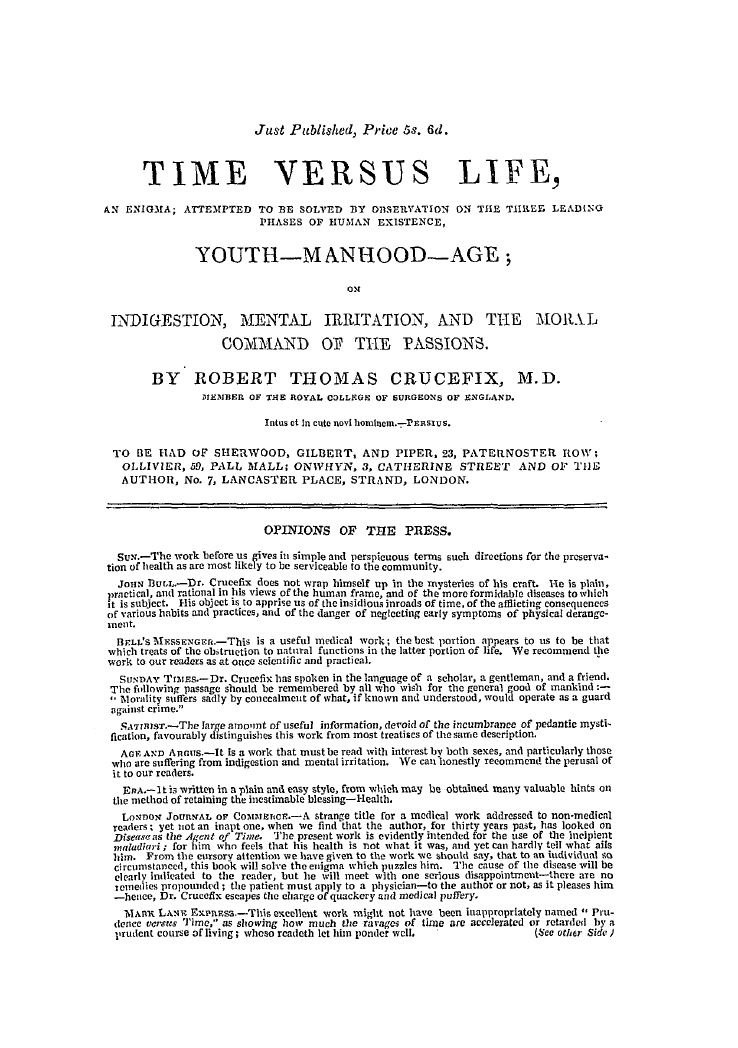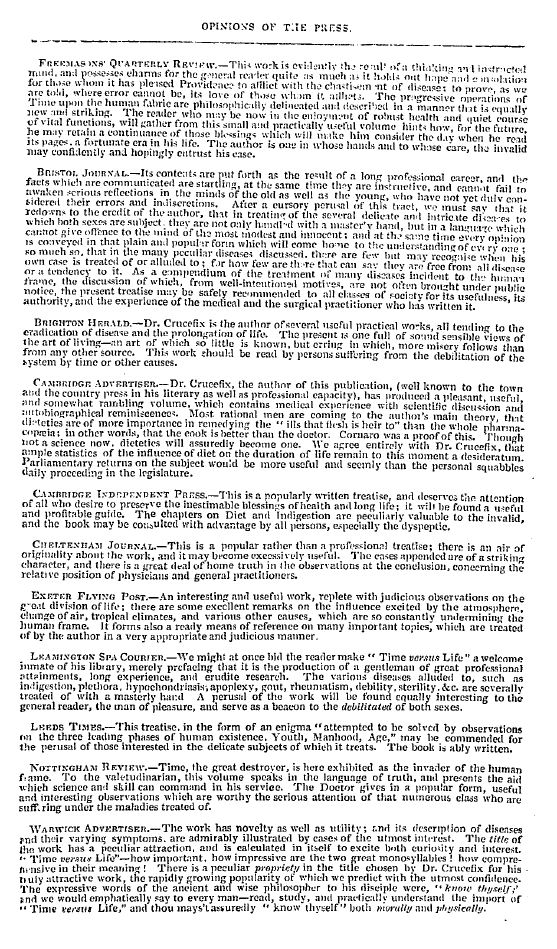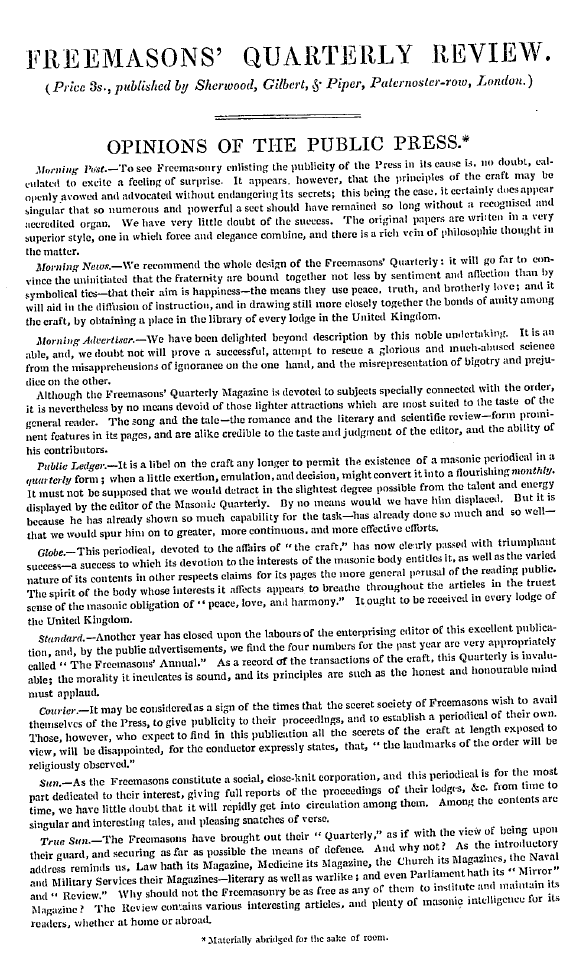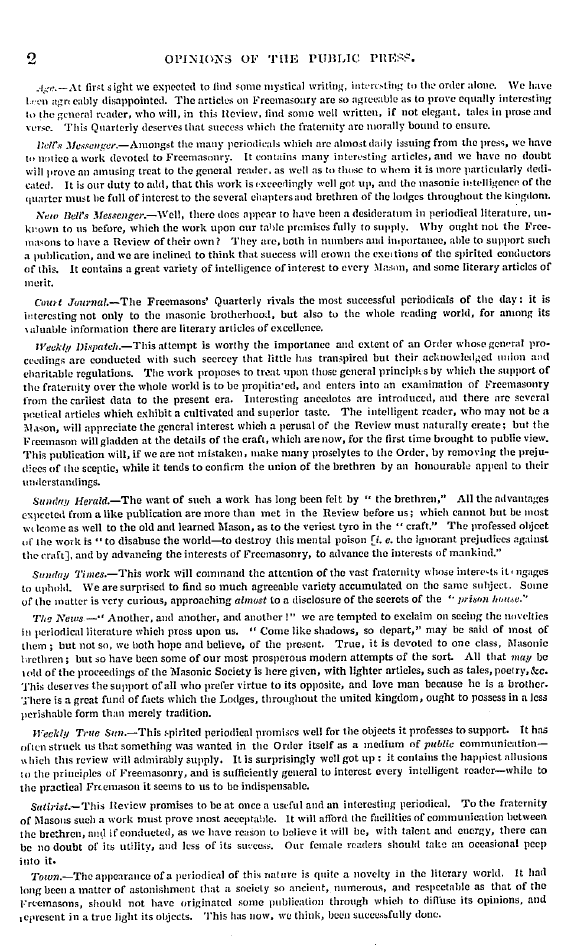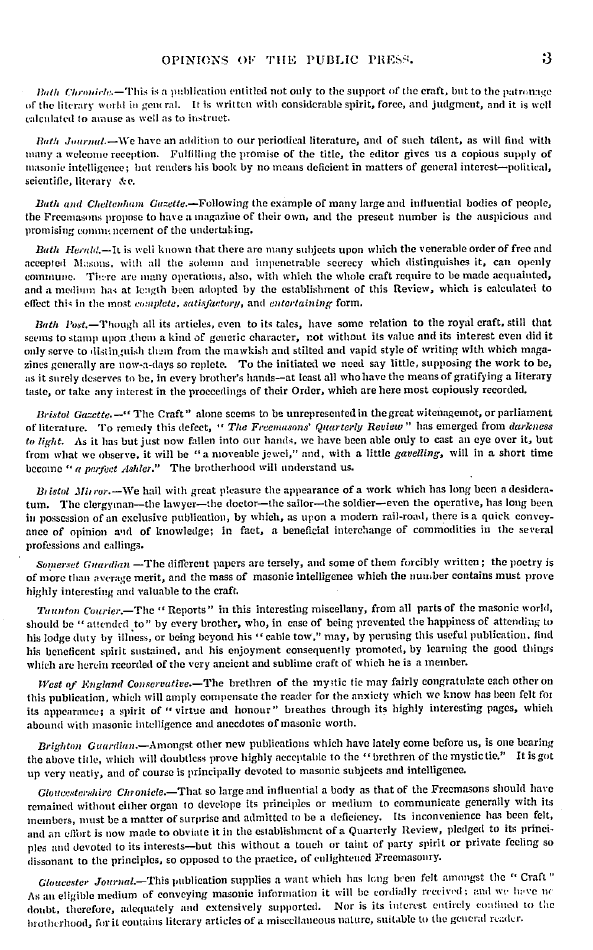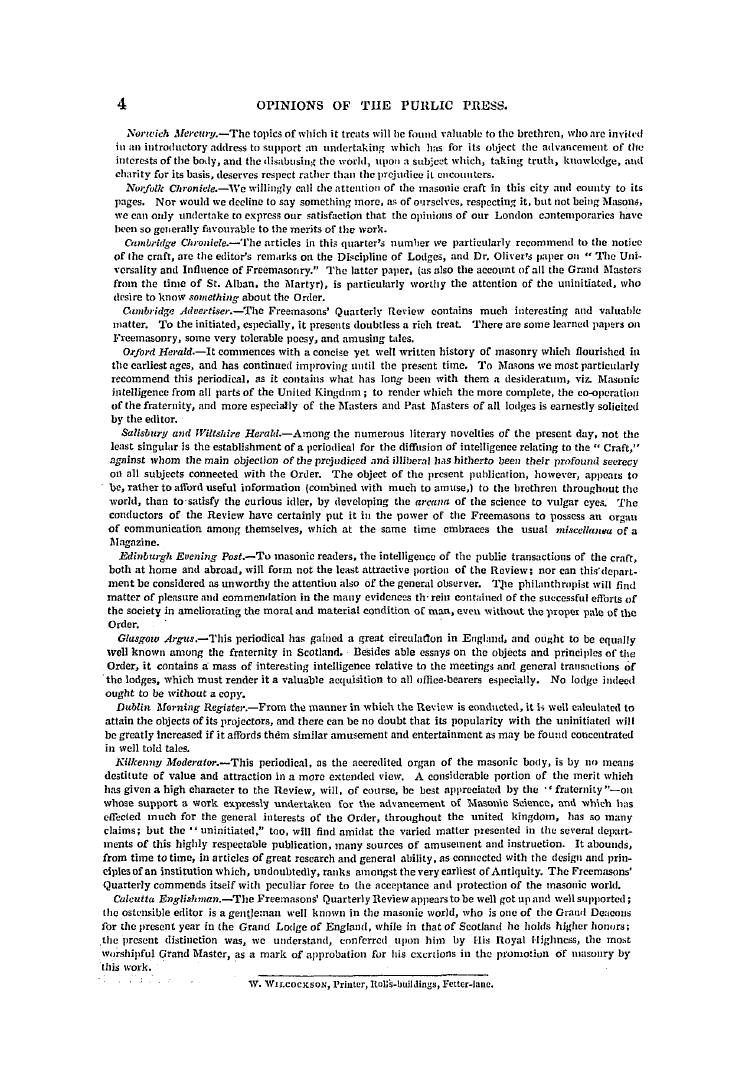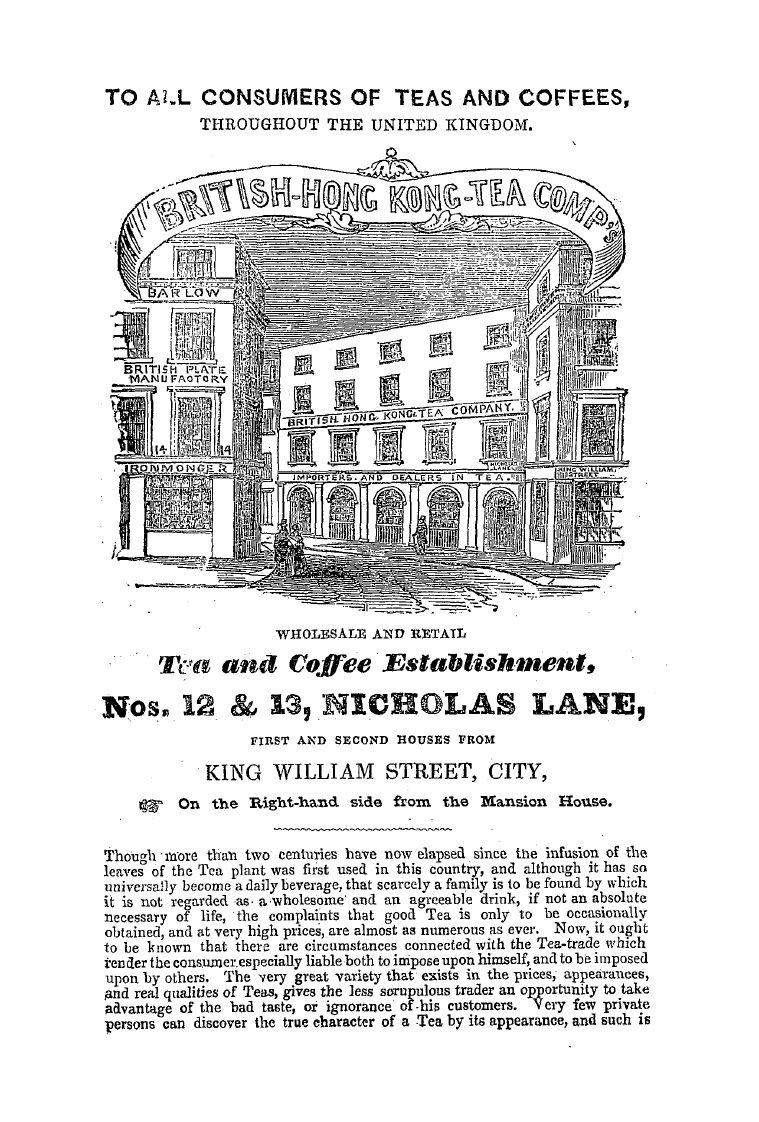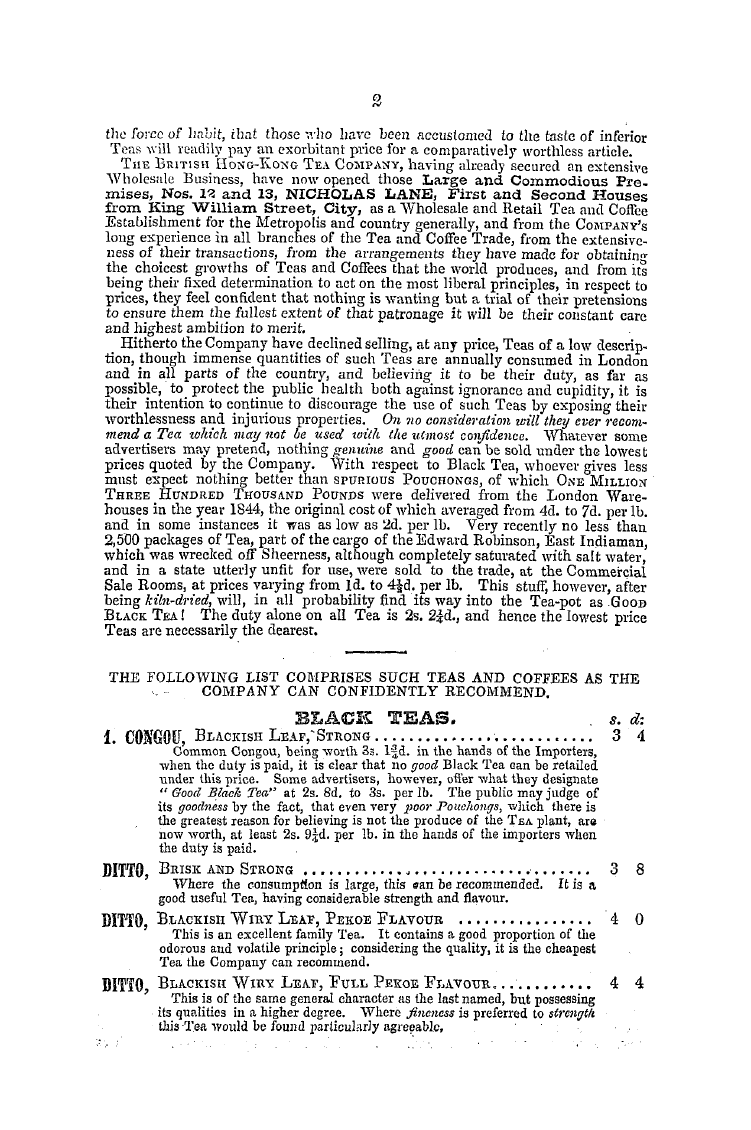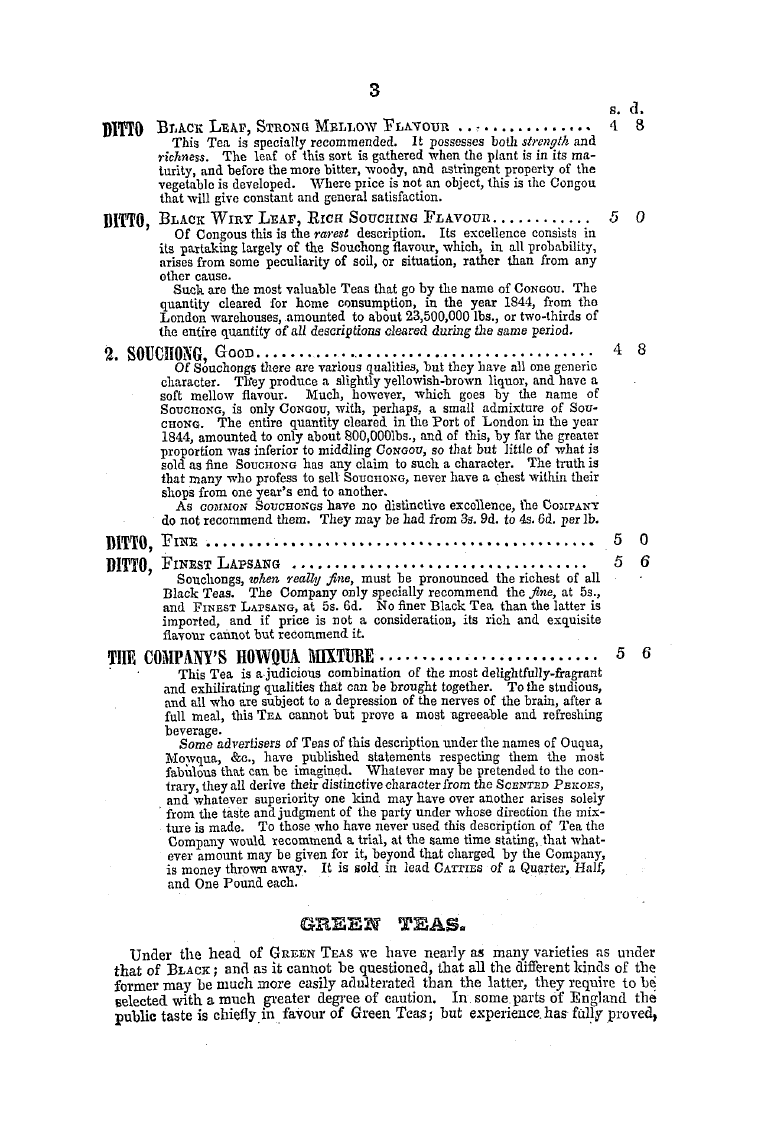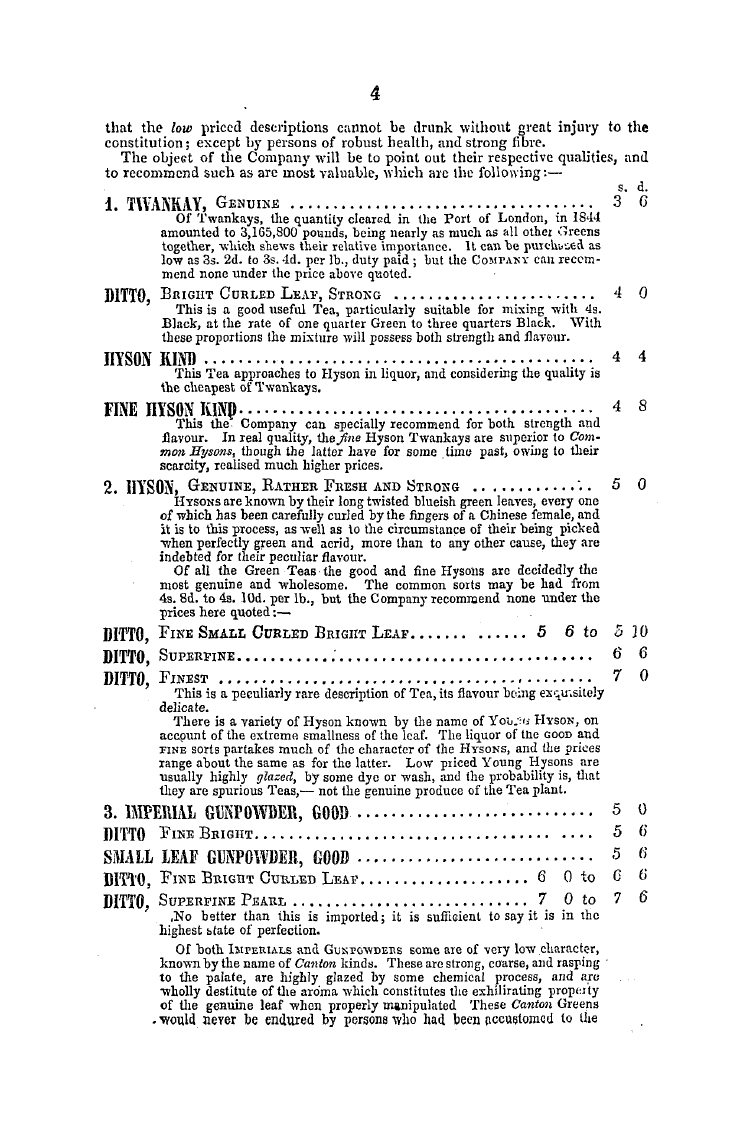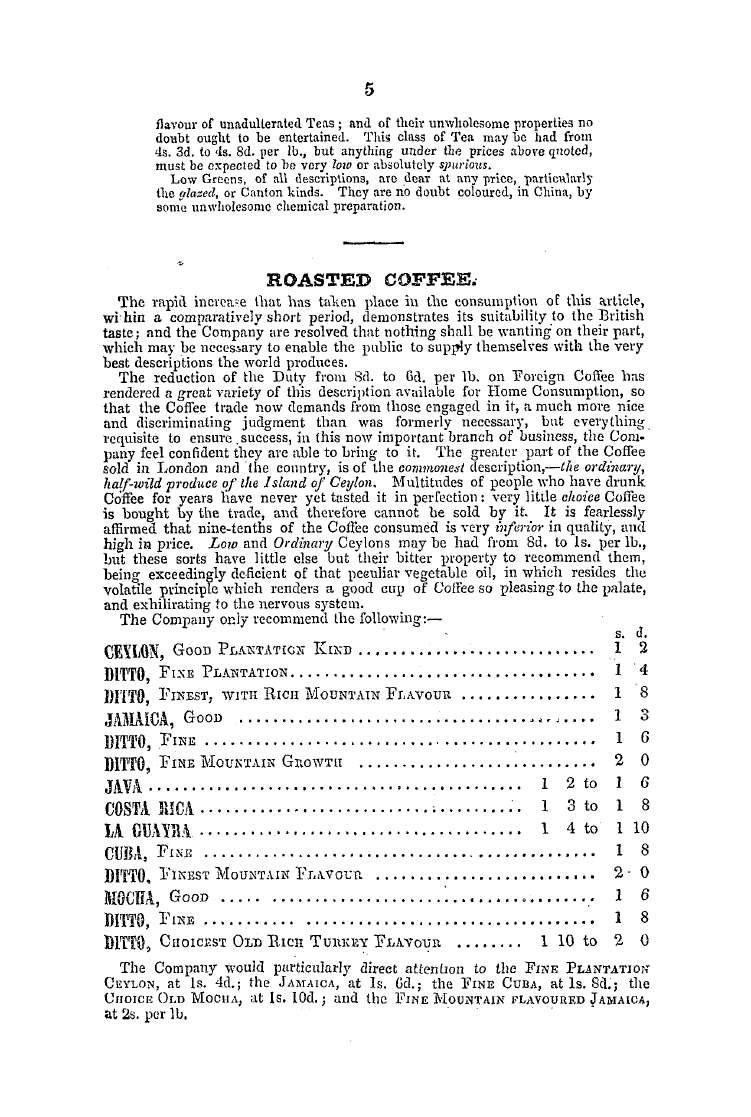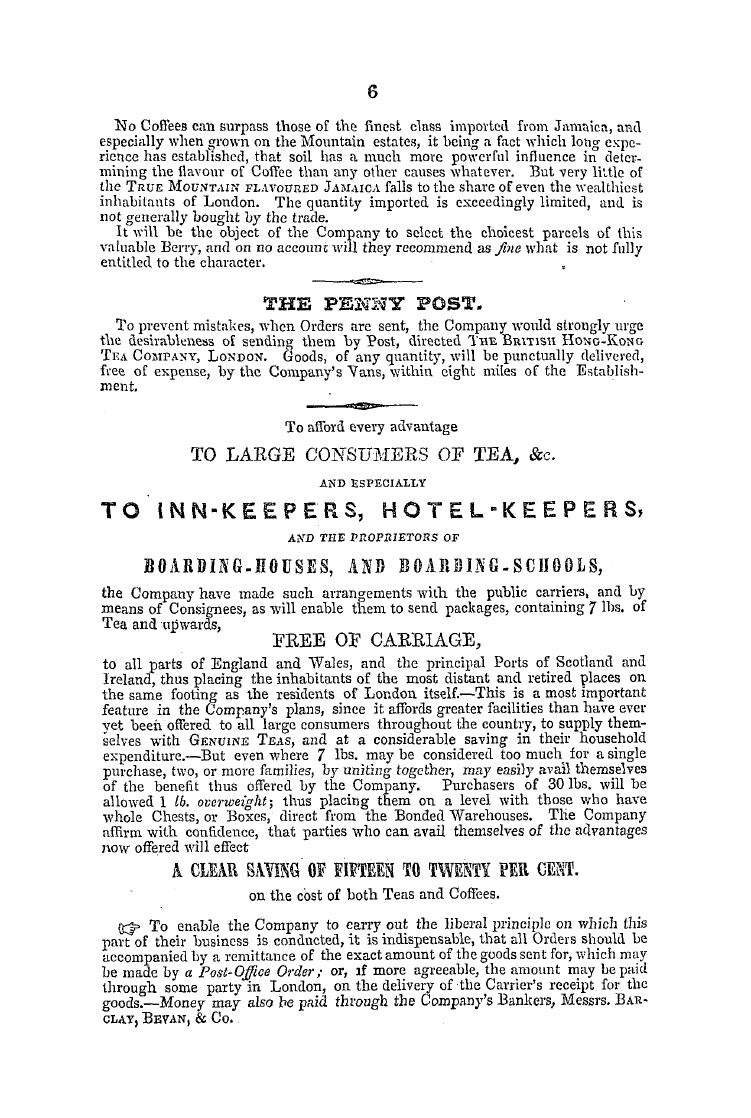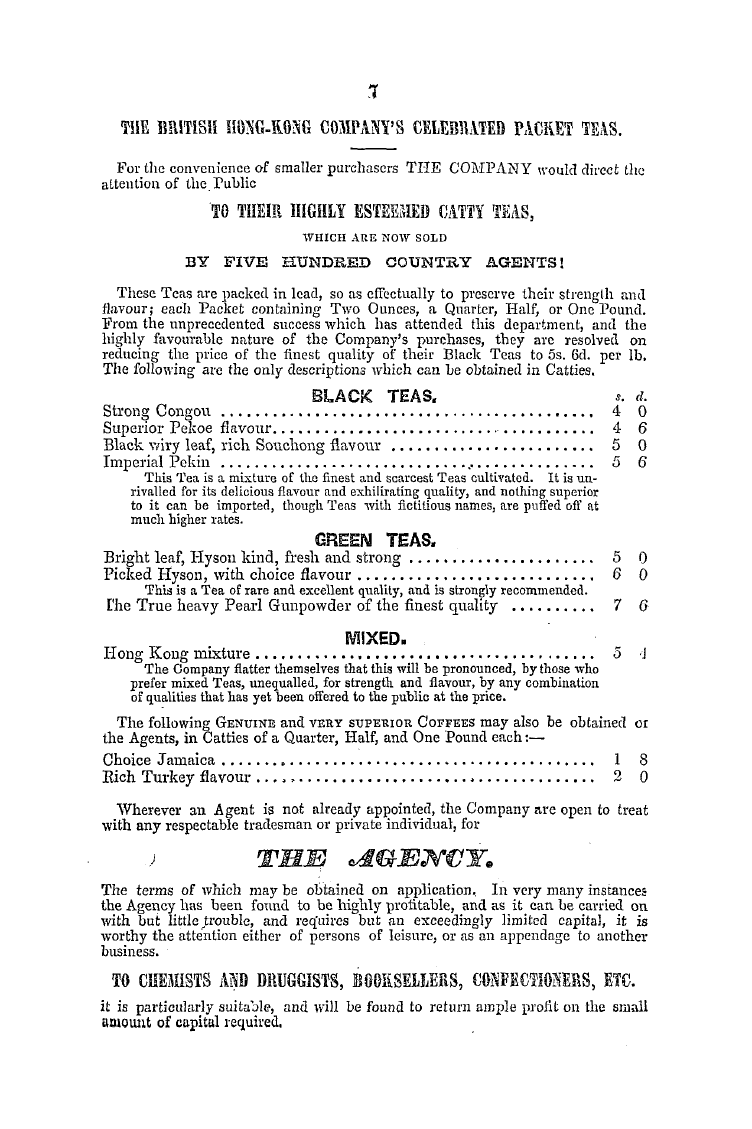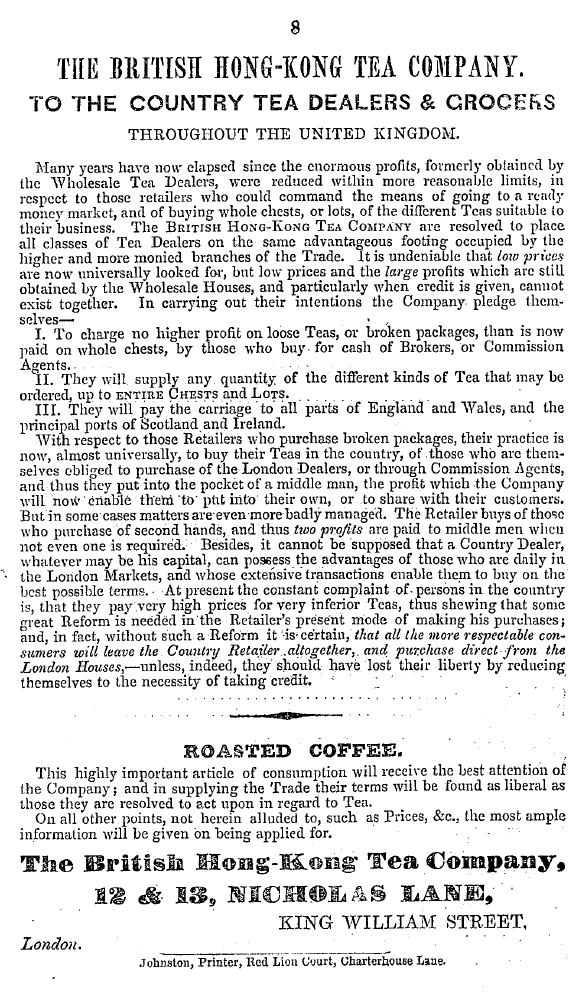-
Articles/Ads
Article POPULAR LECTURE ON FREEMASONRY. ← Page 2 of 4 →
Note: This text has been automatically extracted via Optical Character Recognition (OCR) software.
Popular Lecture On Freemasonry.
Art was natural to man ; and the skill which his race hacl acquired after ages of practical experience , was only the improvement of the talents possessed by the father of humanity . Destined to cultivate his own nature , and to amend his situation , man , from the beginning of the world , had had before his eyes a never failing subject of attention , — ingenuity and labour . The lecturer proceeded to take a general view of the efforts of man to provide himself with shelter , as the first antl natural
, because most necessary , application of his mind to the study of art . Vitruvius found the rudiments of architecture in a Scythian cottage ; ancl in like manner , the armourer might , in the sling of the youthful David , find those of the implements of warfare . All our knowledge justified the hypothesis that the arts ancl sciences hacl been copied from nature , and improved by philosophy and experience . Pope perceived this when he saicl " Gofrom the creatures thinstruction take . " In
, y his remarks on the early discovery of iron , and its application to the uses ancl wants of man , he introduced the song ( Tubal Cain ) of his namesake Mr . Charles Mackay , which he saicl was unrivalled for conception ancl poiver of imagination . After agreeably tracing the first branch of his subject from the earliest periods of the history of man , down to the wondrous days in which we live , he came to the more interesting portion of his lecturethe History of Freemasonry . After the erection
, of the temple ancl the death of King Solomon , many of his masons began to travel ; ancl carried with them the high taste of architecture with the secrets ofthe fraternity , into the several states of Asia ancl Africa , ancl also into Europe . For the tradition was , that they travelled to the pillars of Hercules , in the west , and to China , in the east ; and old records
affirm that Ninus , who hacl been at the building of King Solomon ' s temple , brought the knowledge of the art into Germany and Gaul ; ancl the masons being held in high estimation for morality ancl harmony , obtained in those times especial privileges ; and because they taught their liberal art to the f ? -ee-born only , they continued to be called Freemasons . They constituted Lodges in the places ivhere they were employed ; ancl were encouraged by the great ancl noble of the land , who requested they might be accepted as members of their Lodgesand Brothers of the
, Craft . Freemasonry thus became what it is , and what it will probably remain until the end of time . Kings , princes , and potentates became Grand Masters .. AVith regard to the history of Freemasonry as immediately connected with Great Britain , it appeared that Albanus , or St . Alban , was the first Master Mason in England . He built the ancient palace of St . Albans , and subsequently suffered martyrdom , in a general persecution of the earl y Christians .
Masonry continued to flourish in England through good report and evil report , for many-centuries , down to the time of Inigo Jones and Sir Christopher Wren , both of whom were distinguished " members of the Craft . Many of the kings of England have been warm friends to the Brothers of the mystic tie . Queen Elizabeth , however , conceived the project of suppressing the Grand Loclge of Freemasons at York , and the adroit management of the Grand Master in sending her
lenipotenp tiaries back all Masons , is not a little amusing . It is mentioned by the historian , that her Majestv sent an armed force to break up the Grand Lodge , assembled at York , on St . John ' s clay , 27 th December , 1561 ; but Sir Thomas Sackville , the Grand Master , took care to make the chief of the emissaries Masons , leaving them , after initiation , to justify
Note: This text has been automatically extracted via Optical Character Recognition (OCR) software.
Popular Lecture On Freemasonry.
Art was natural to man ; and the skill which his race hacl acquired after ages of practical experience , was only the improvement of the talents possessed by the father of humanity . Destined to cultivate his own nature , and to amend his situation , man , from the beginning of the world , had had before his eyes a never failing subject of attention , — ingenuity and labour . The lecturer proceeded to take a general view of the efforts of man to provide himself with shelter , as the first antl natural
, because most necessary , application of his mind to the study of art . Vitruvius found the rudiments of architecture in a Scythian cottage ; ancl in like manner , the armourer might , in the sling of the youthful David , find those of the implements of warfare . All our knowledge justified the hypothesis that the arts ancl sciences hacl been copied from nature , and improved by philosophy and experience . Pope perceived this when he saicl " Gofrom the creatures thinstruction take . " In
, y his remarks on the early discovery of iron , and its application to the uses ancl wants of man , he introduced the song ( Tubal Cain ) of his namesake Mr . Charles Mackay , which he saicl was unrivalled for conception ancl poiver of imagination . After agreeably tracing the first branch of his subject from the earliest periods of the history of man , down to the wondrous days in which we live , he came to the more interesting portion of his lecturethe History of Freemasonry . After the erection
, of the temple ancl the death of King Solomon , many of his masons began to travel ; ancl carried with them the high taste of architecture with the secrets ofthe fraternity , into the several states of Asia ancl Africa , ancl also into Europe . For the tradition was , that they travelled to the pillars of Hercules , in the west , and to China , in the east ; and old records
affirm that Ninus , who hacl been at the building of King Solomon ' s temple , brought the knowledge of the art into Germany and Gaul ; ancl the masons being held in high estimation for morality ancl harmony , obtained in those times especial privileges ; and because they taught their liberal art to the f ? -ee-born only , they continued to be called Freemasons . They constituted Lodges in the places ivhere they were employed ; ancl were encouraged by the great ancl noble of the land , who requested they might be accepted as members of their Lodgesand Brothers of the
, Craft . Freemasonry thus became what it is , and what it will probably remain until the end of time . Kings , princes , and potentates became Grand Masters .. AVith regard to the history of Freemasonry as immediately connected with Great Britain , it appeared that Albanus , or St . Alban , was the first Master Mason in England . He built the ancient palace of St . Albans , and subsequently suffered martyrdom , in a general persecution of the earl y Christians .
Masonry continued to flourish in England through good report and evil report , for many-centuries , down to the time of Inigo Jones and Sir Christopher Wren , both of whom were distinguished " members of the Craft . Many of the kings of England have been warm friends to the Brothers of the mystic tie . Queen Elizabeth , however , conceived the project of suppressing the Grand Loclge of Freemasons at York , and the adroit management of the Grand Master in sending her
lenipotenp tiaries back all Masons , is not a little amusing . It is mentioned by the historian , that her Majestv sent an armed force to break up the Grand Lodge , assembled at York , on St . John ' s clay , 27 th December , 1561 ; but Sir Thomas Sackville , the Grand Master , took care to make the chief of the emissaries Masons , leaving them , after initiation , to justify


























































